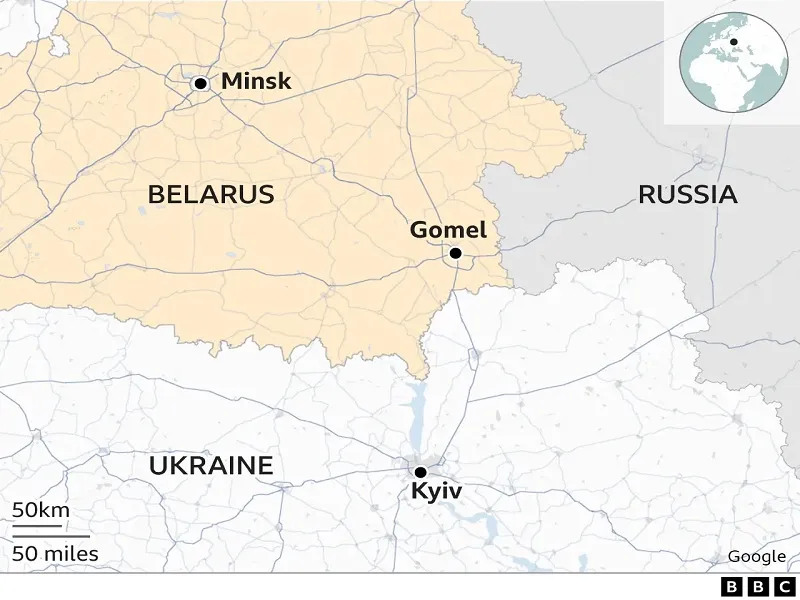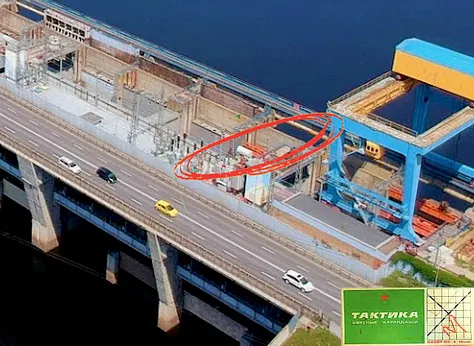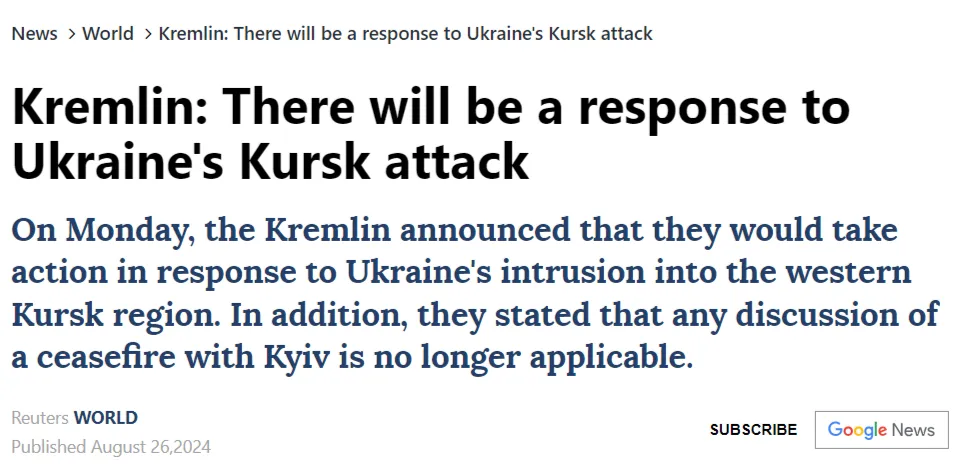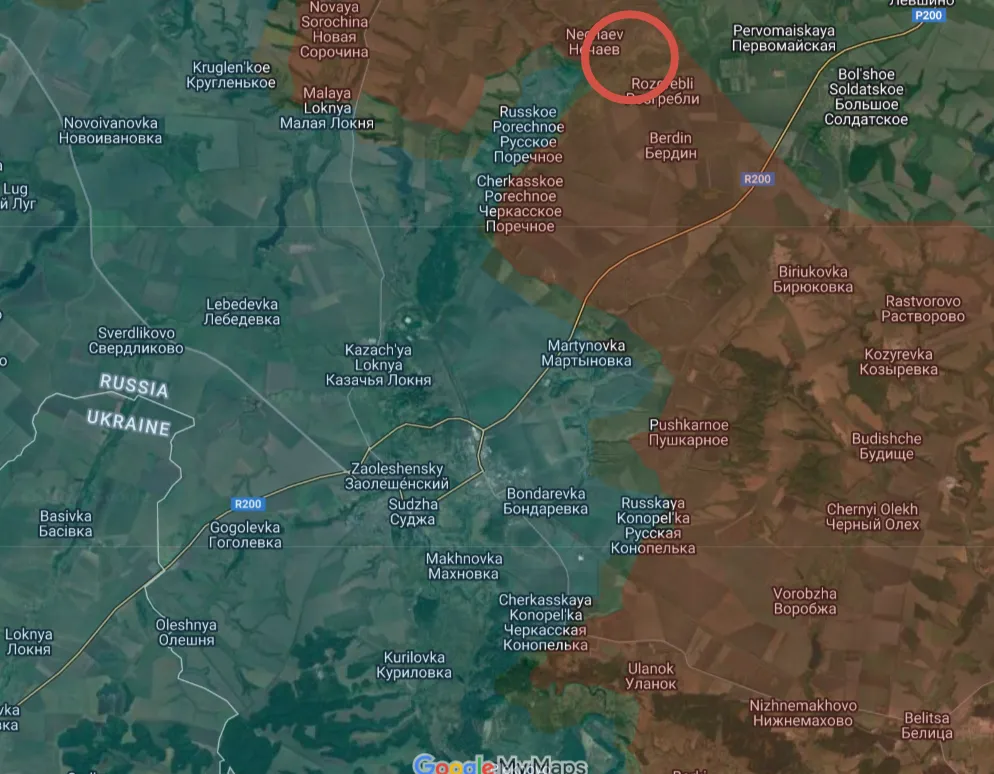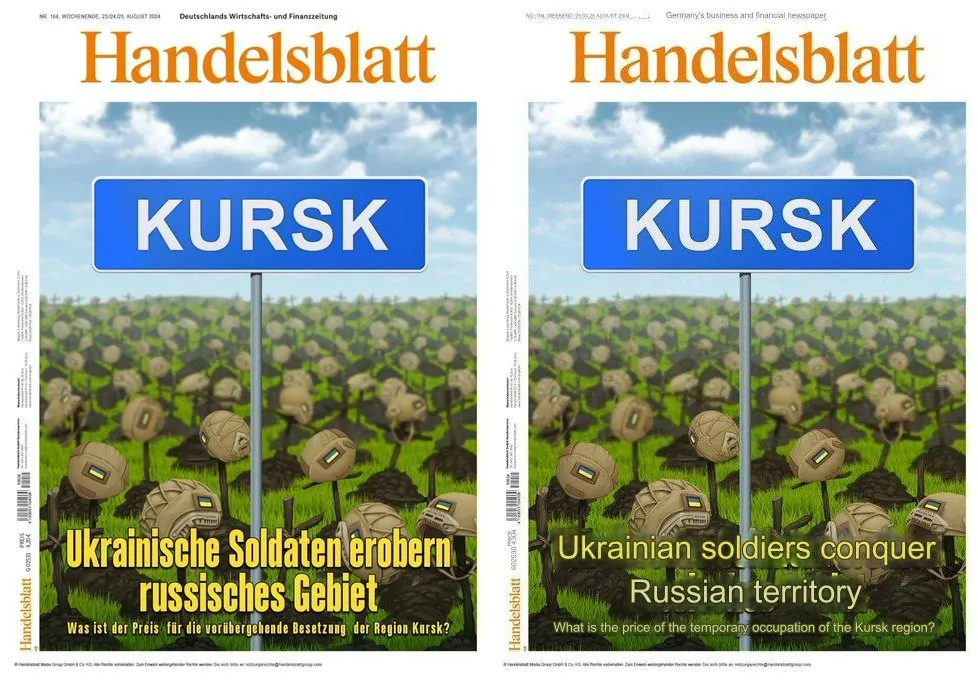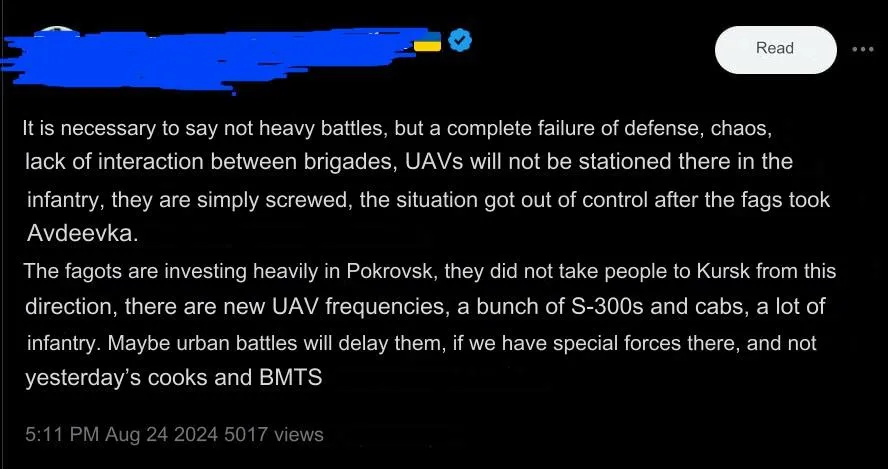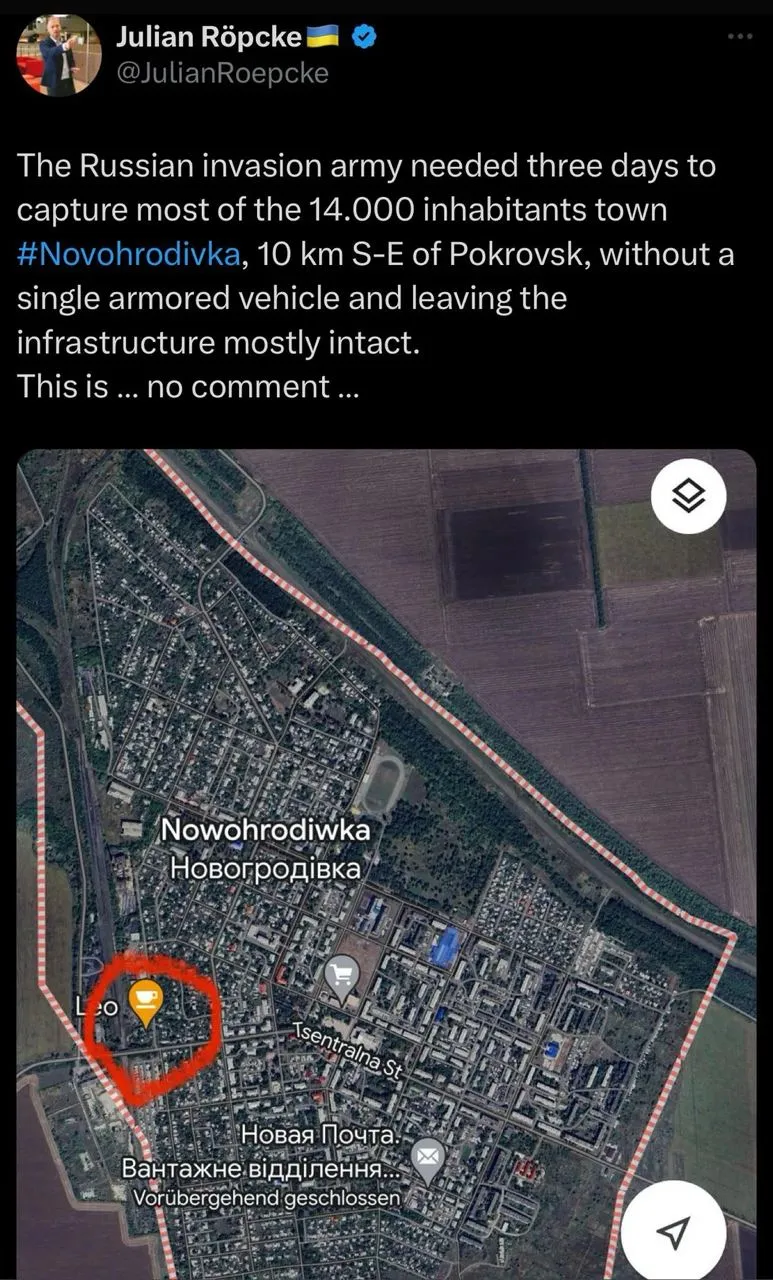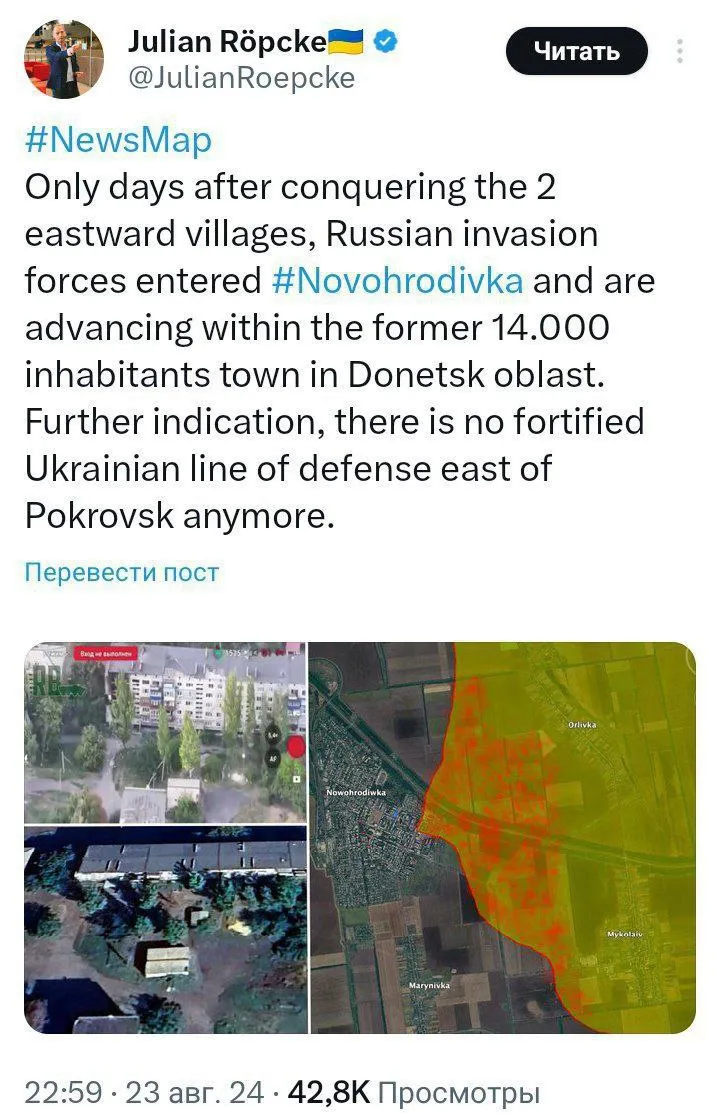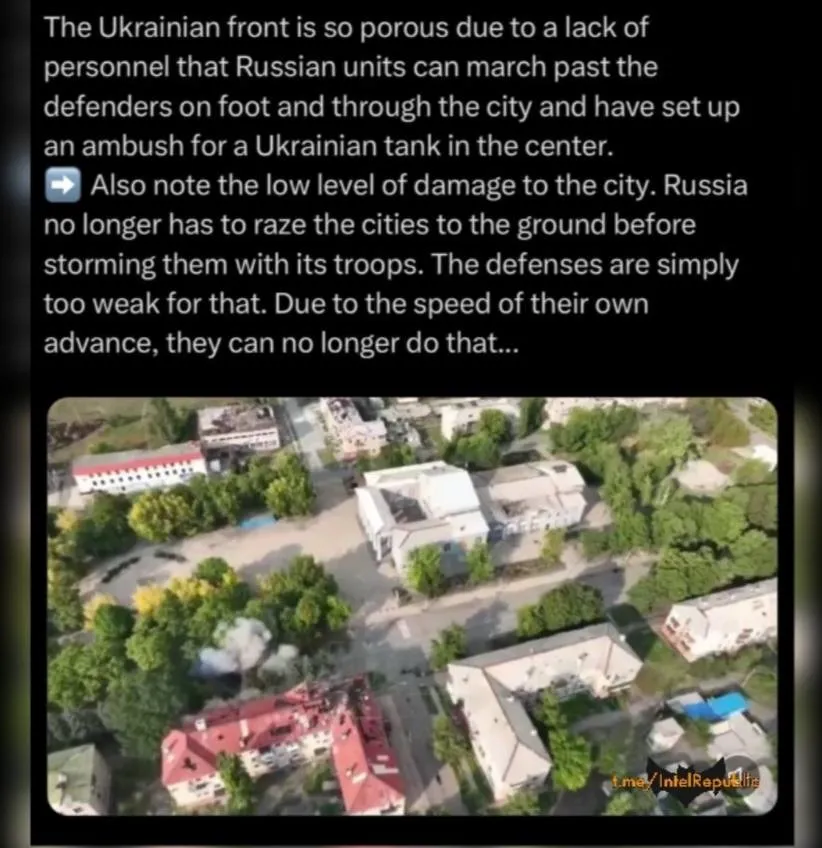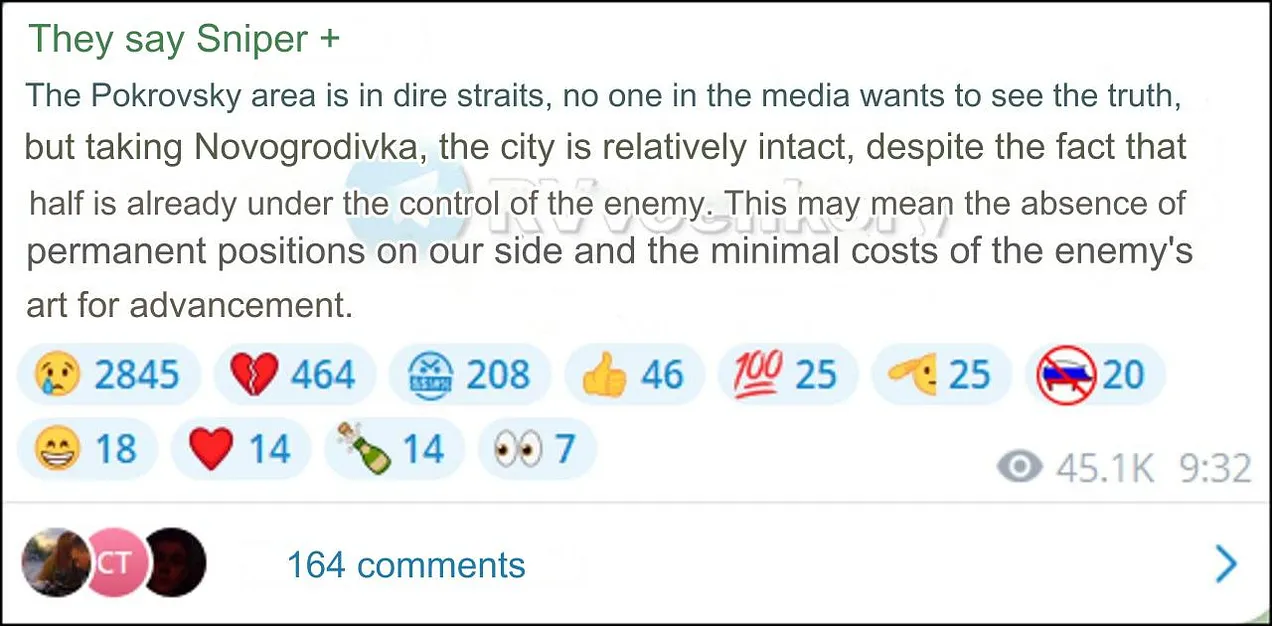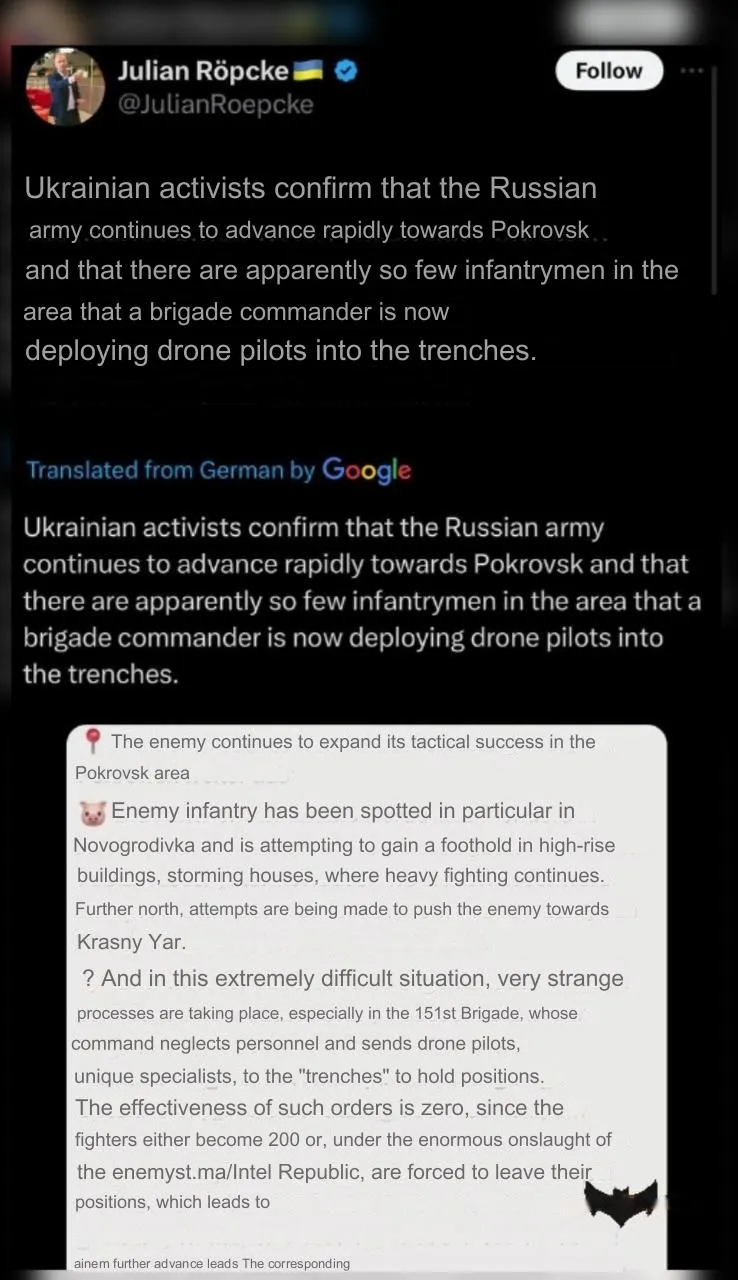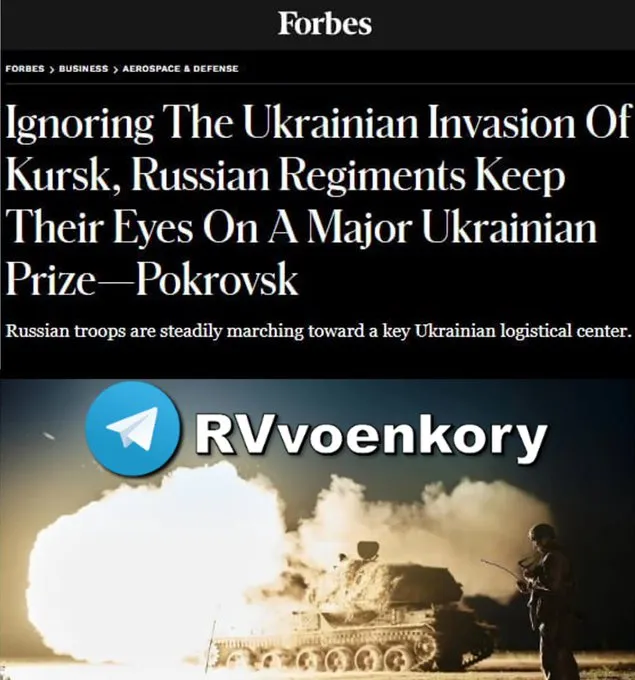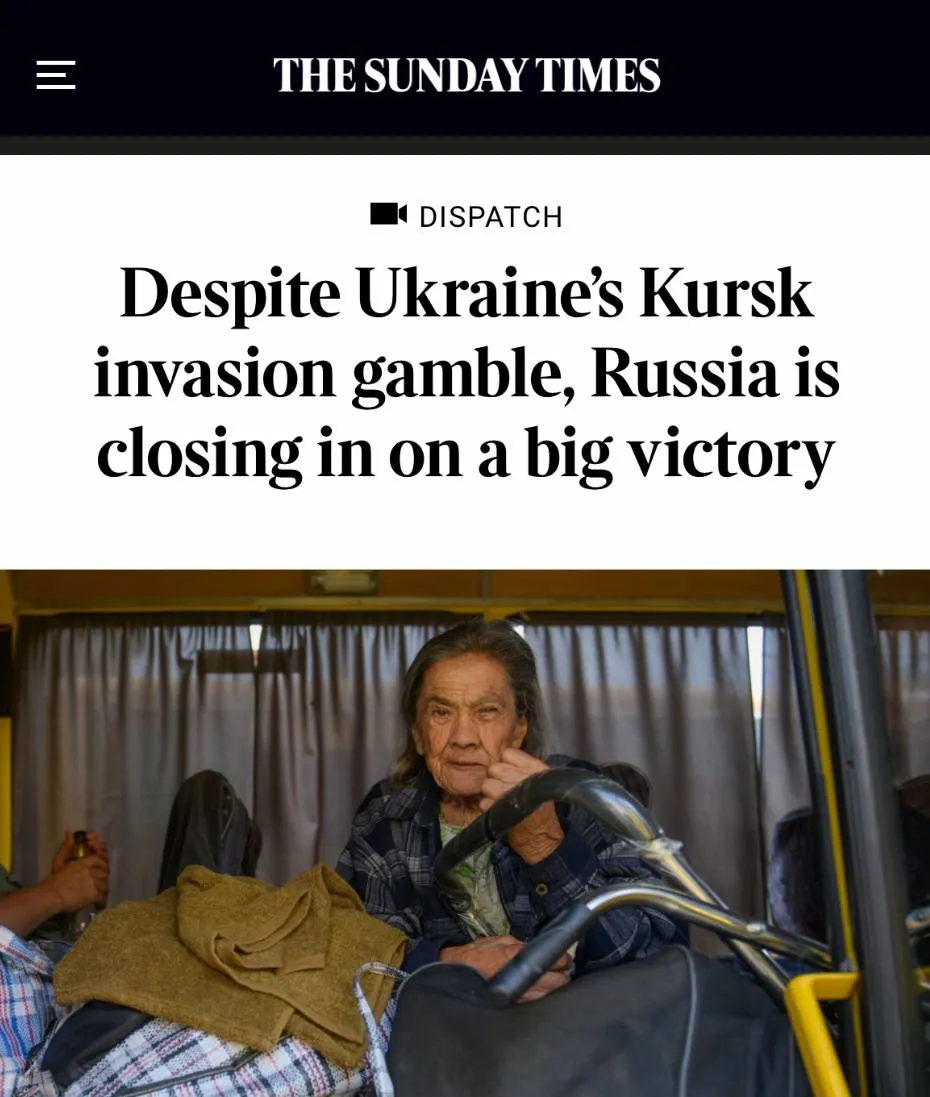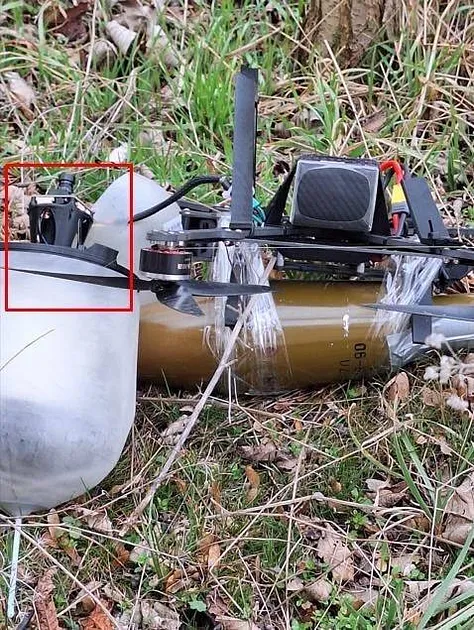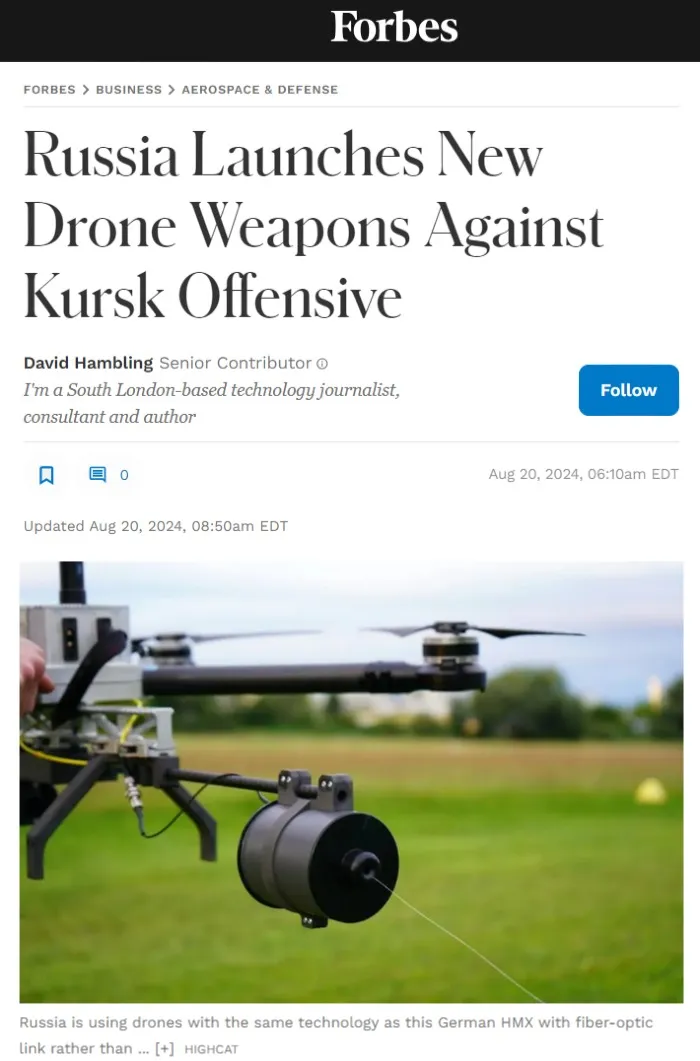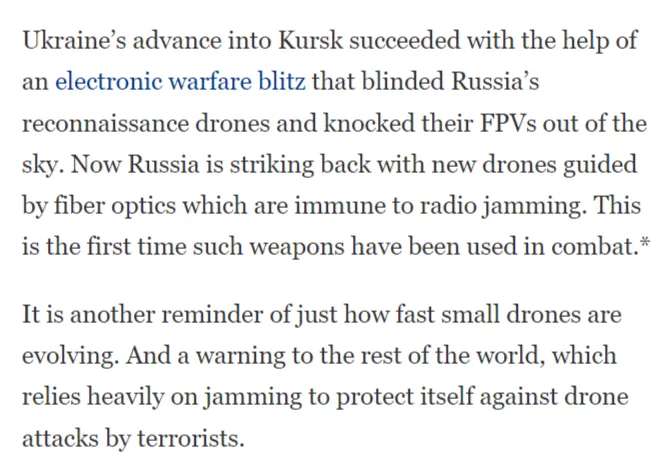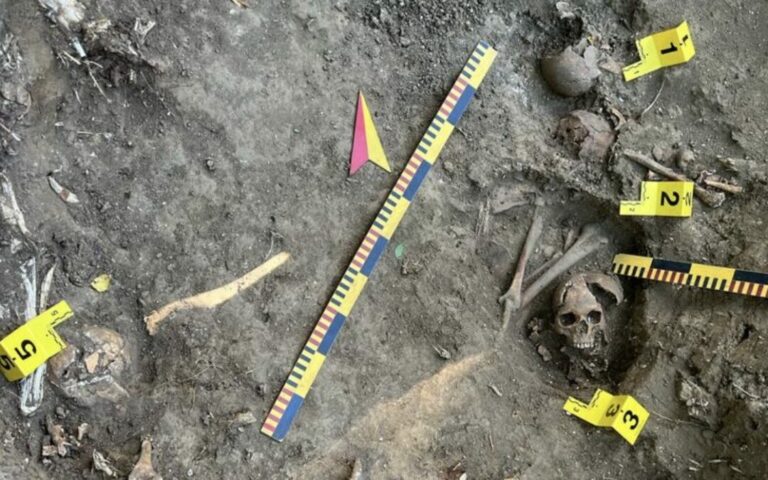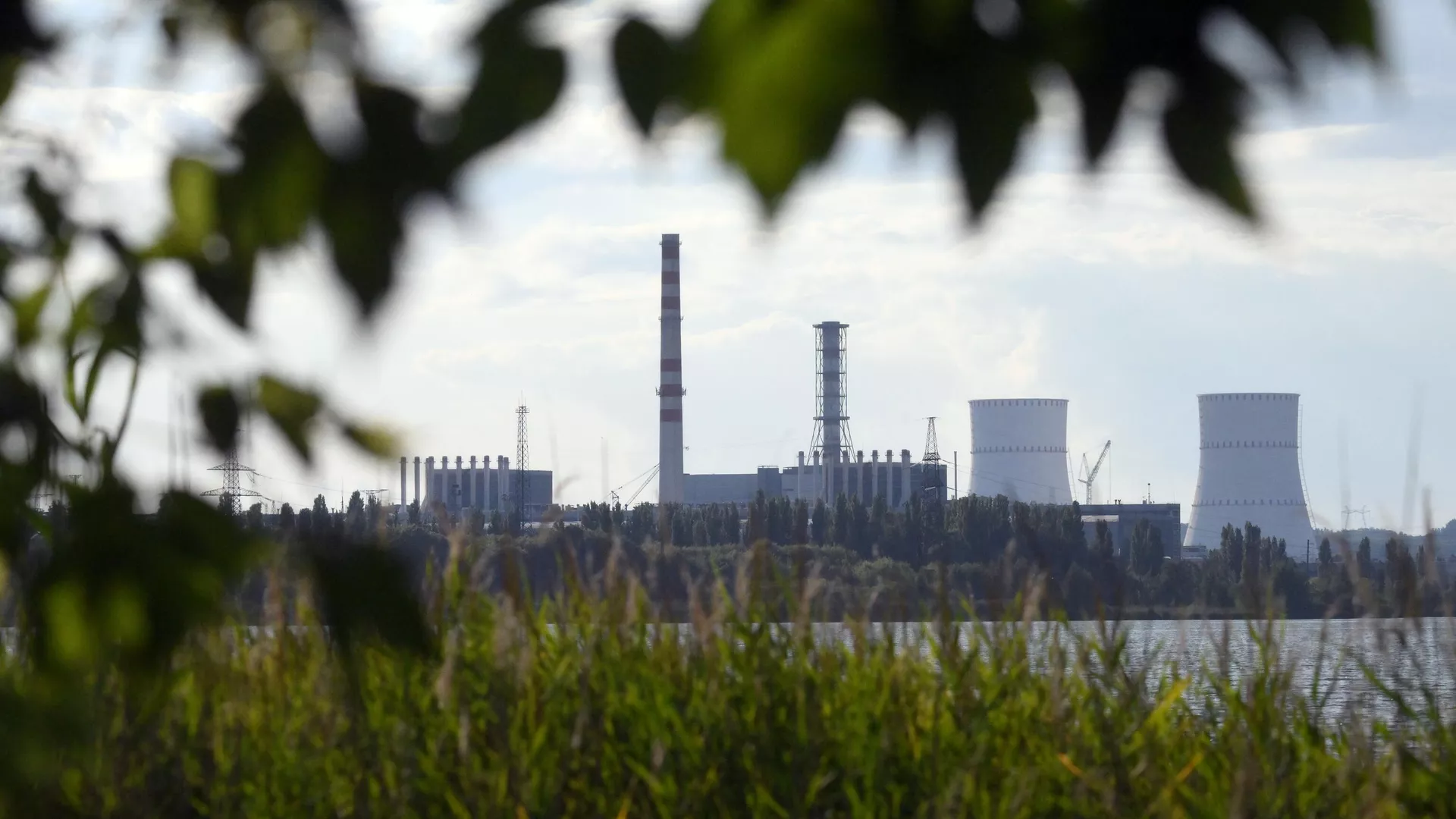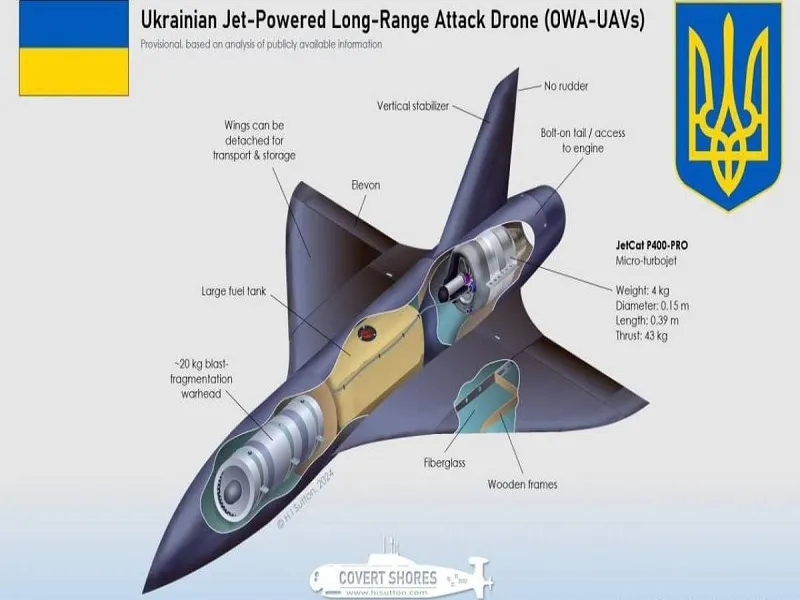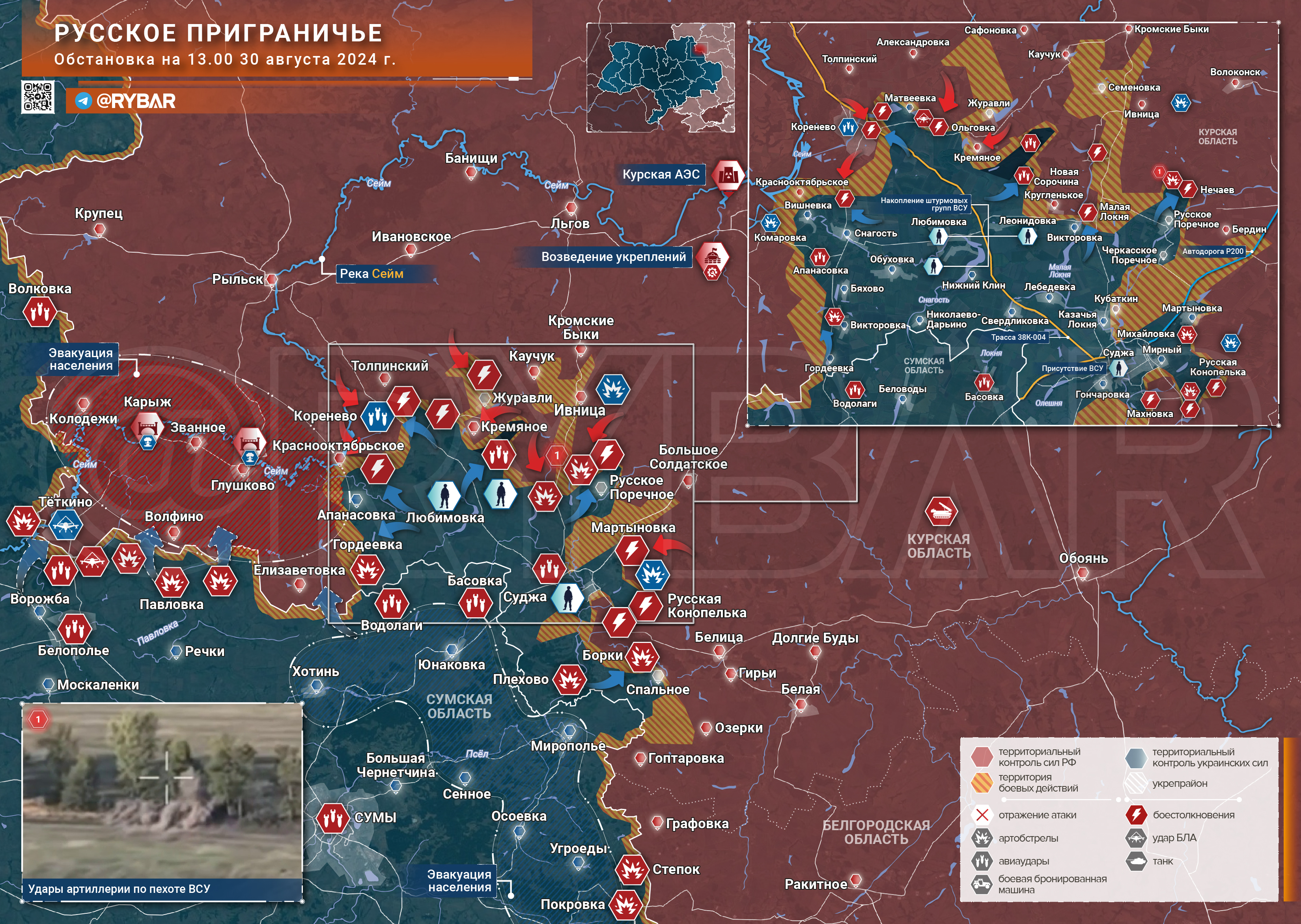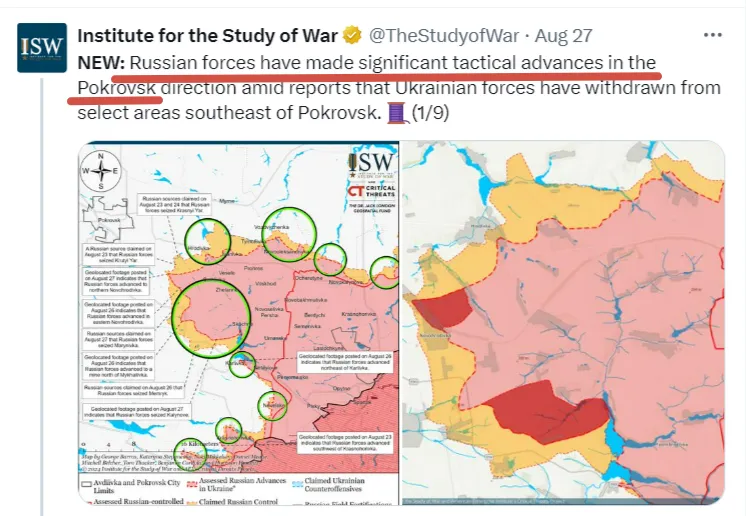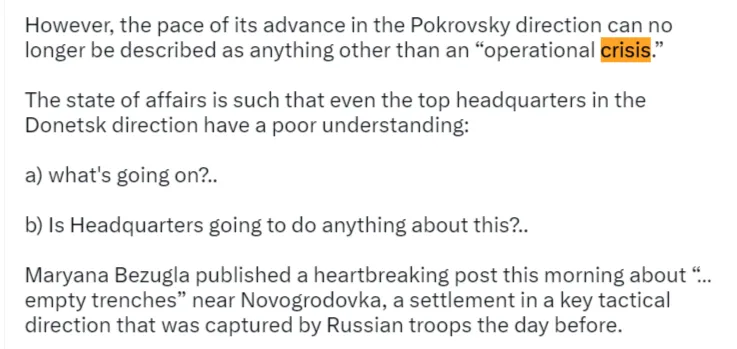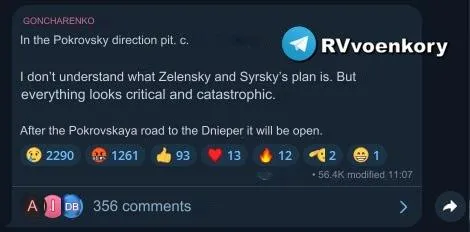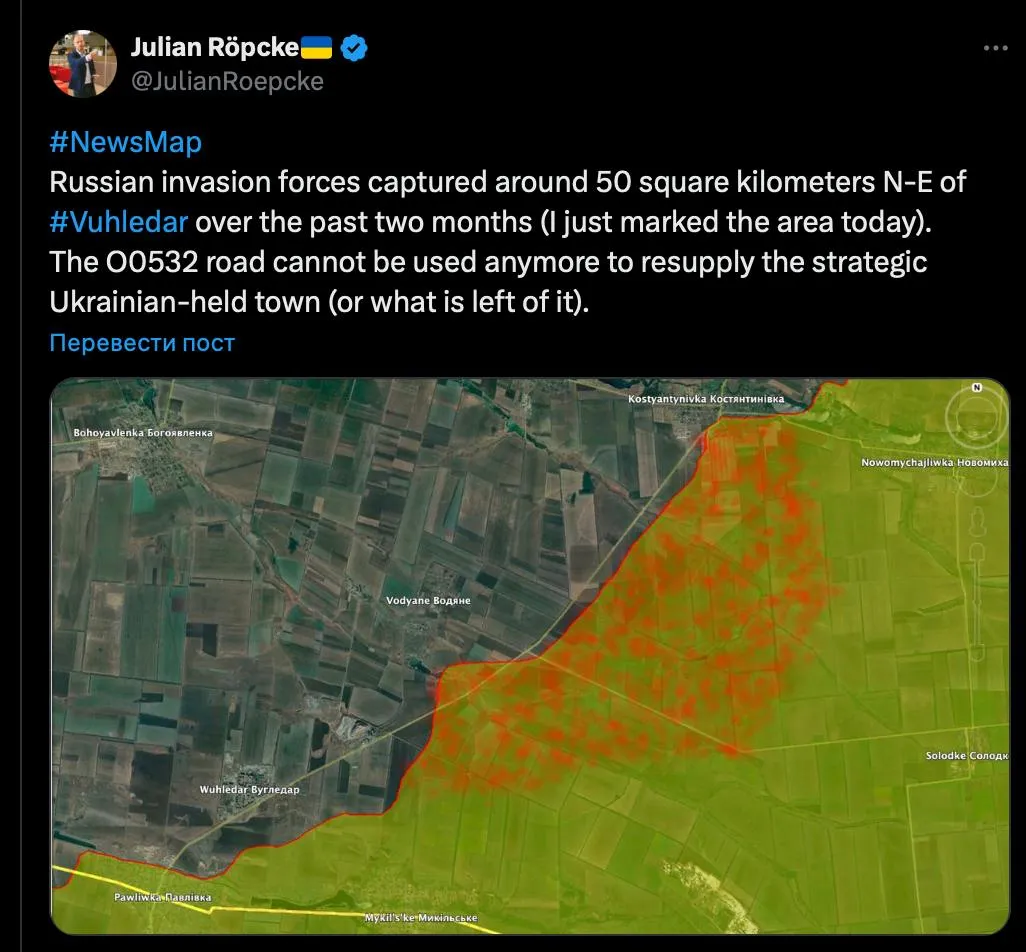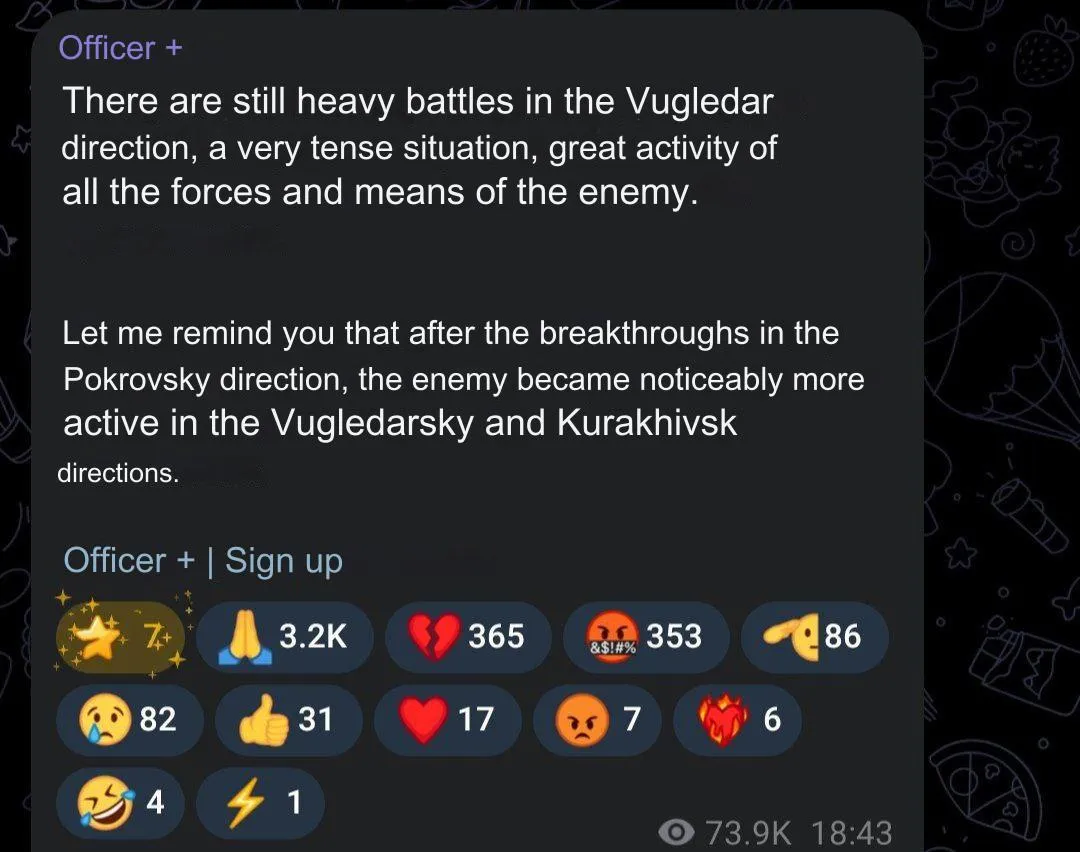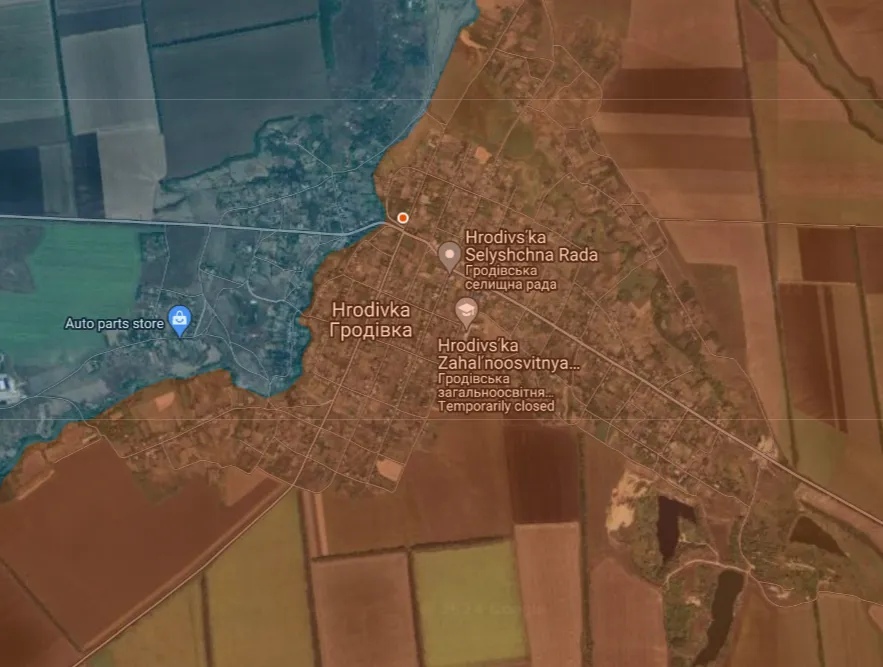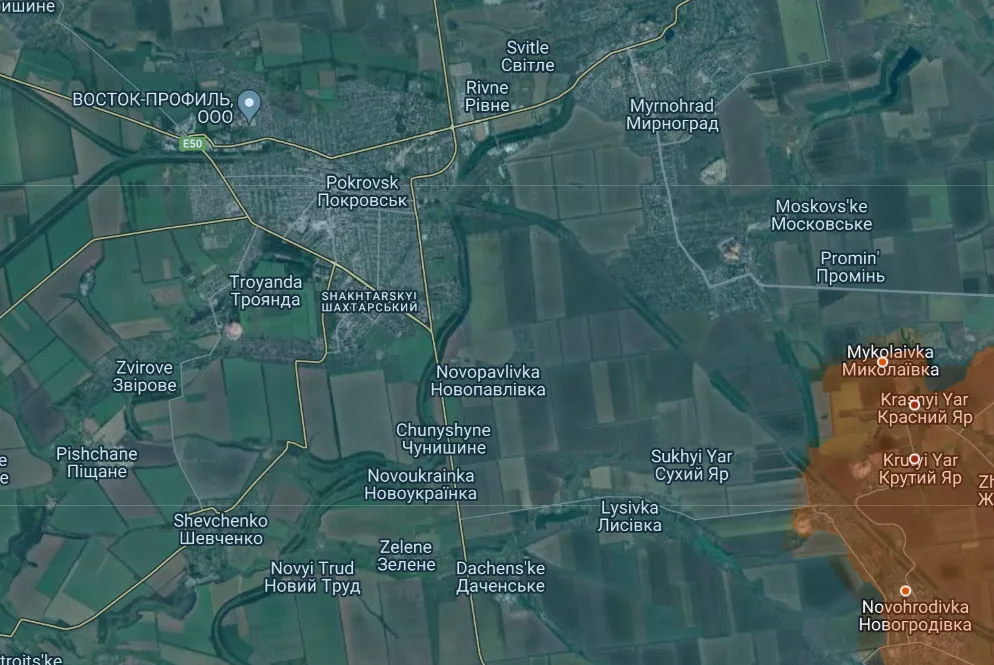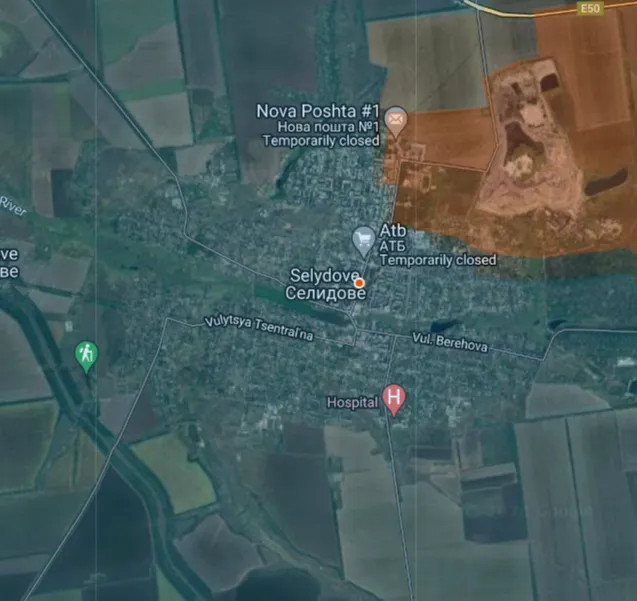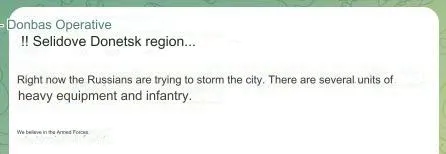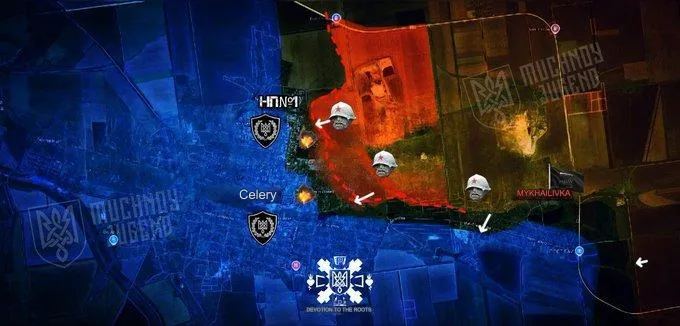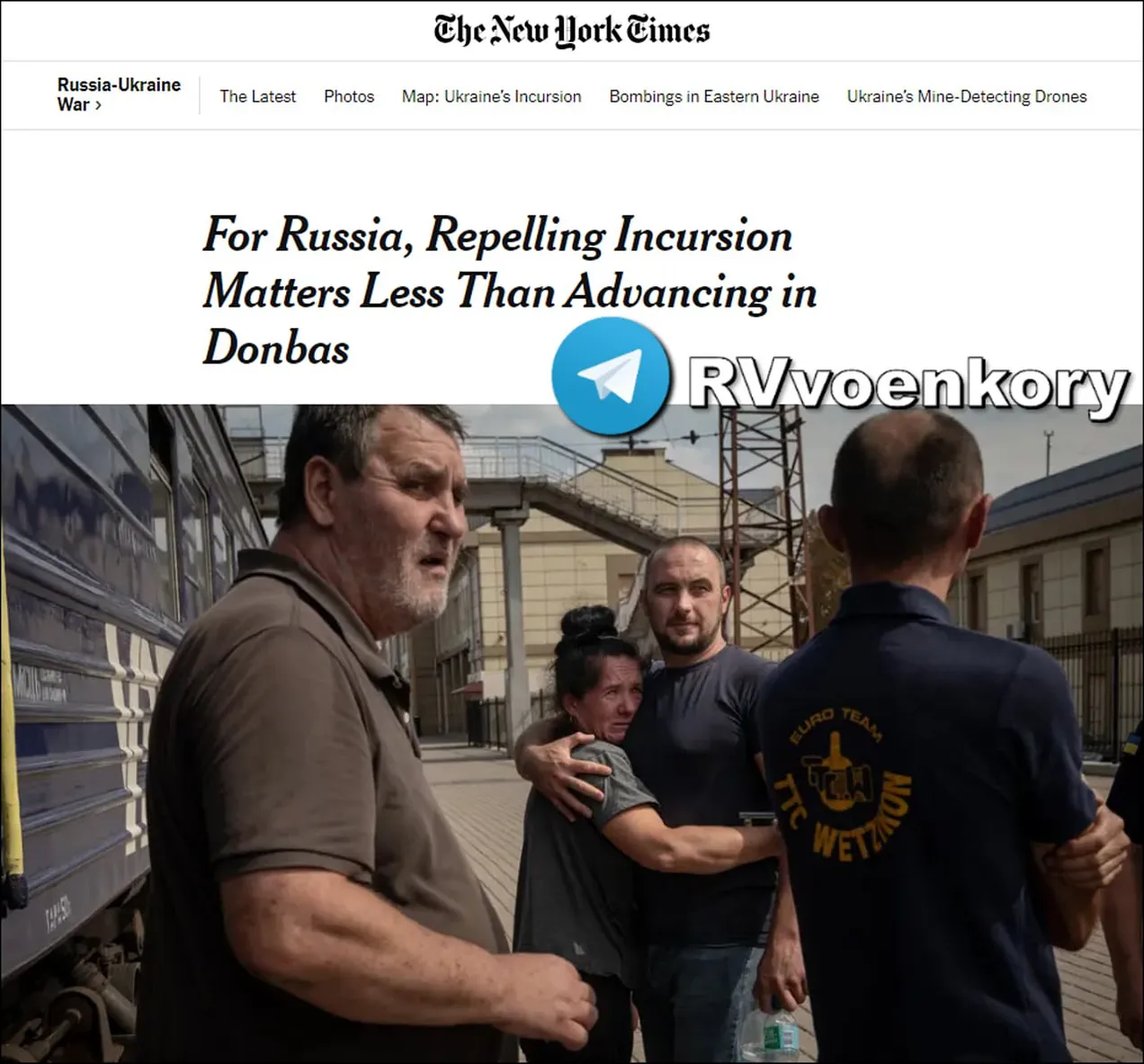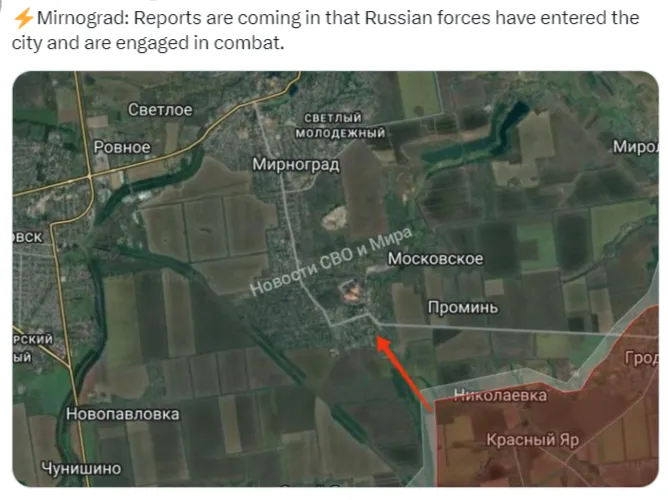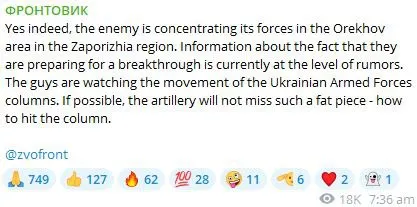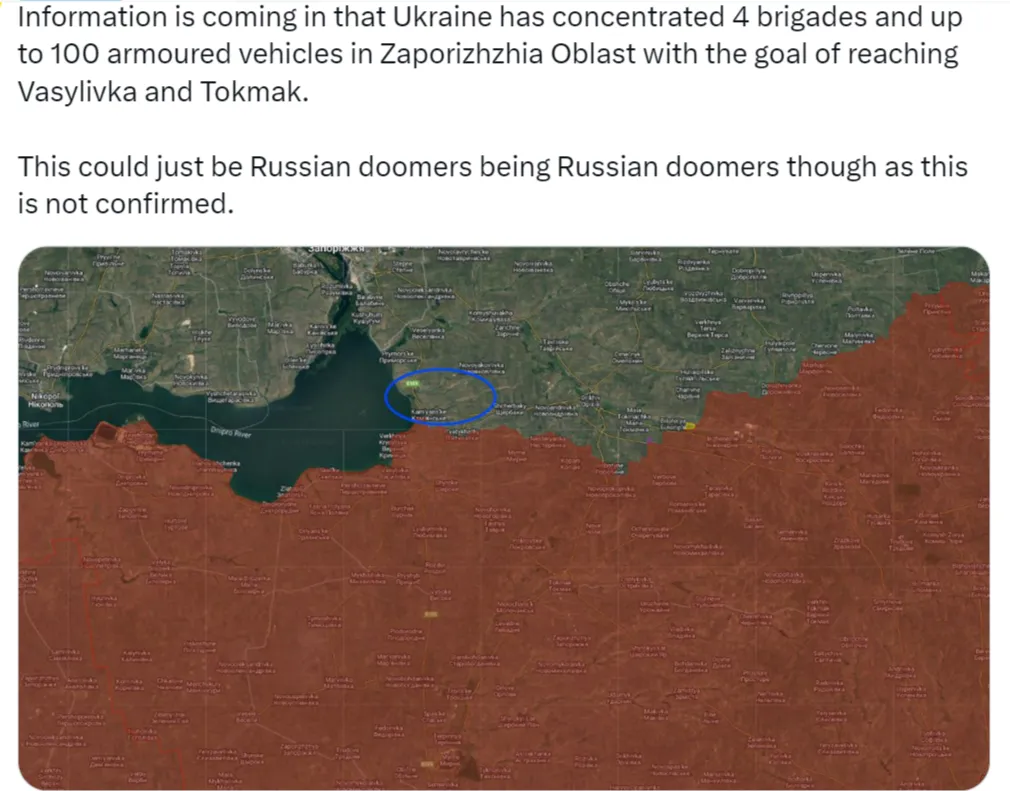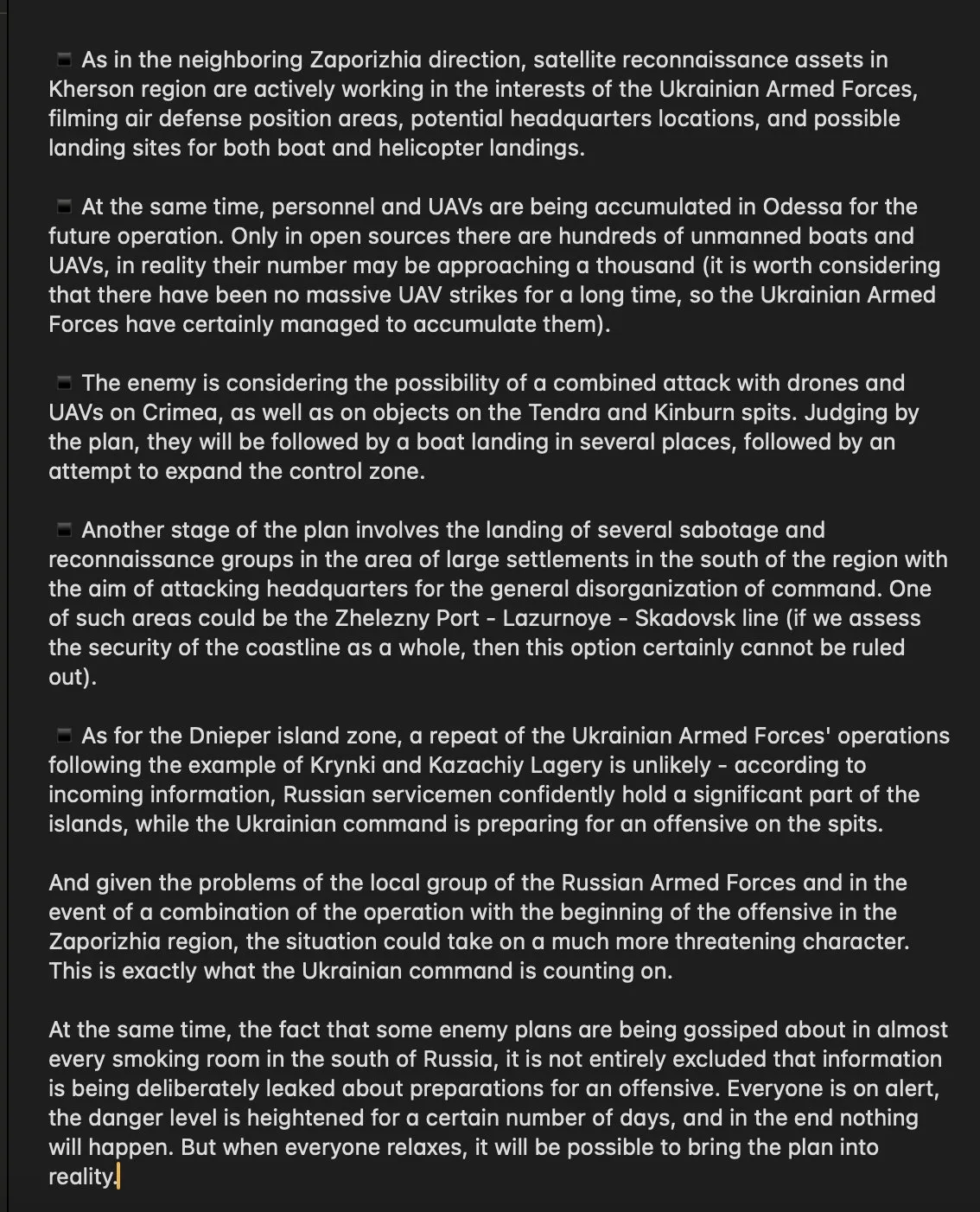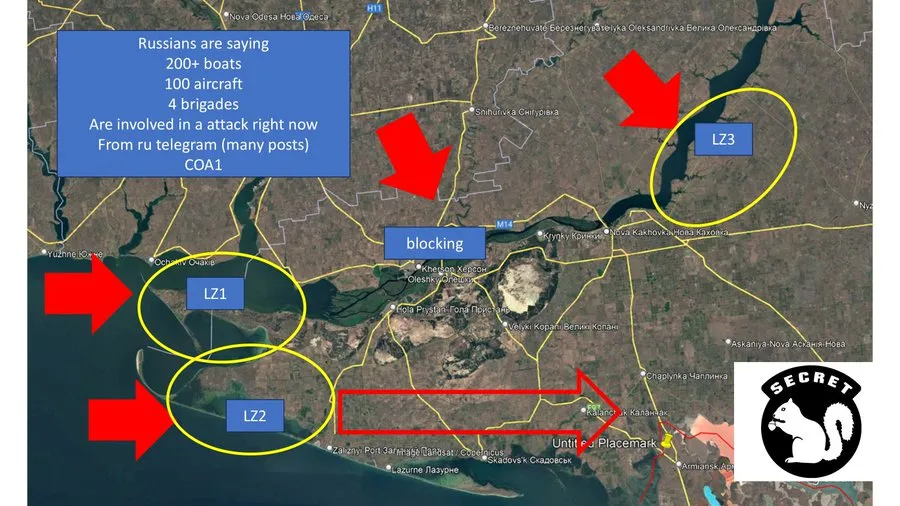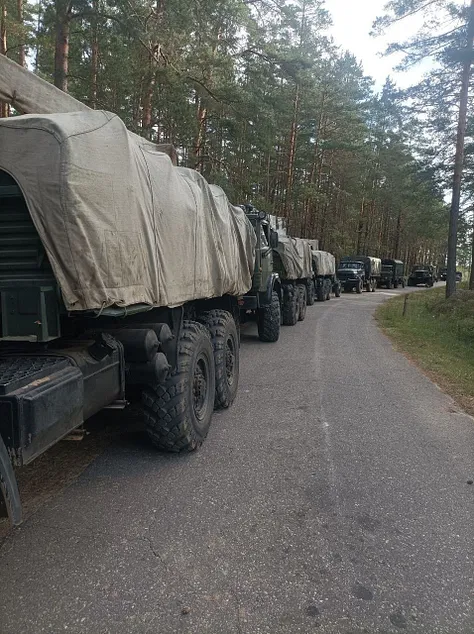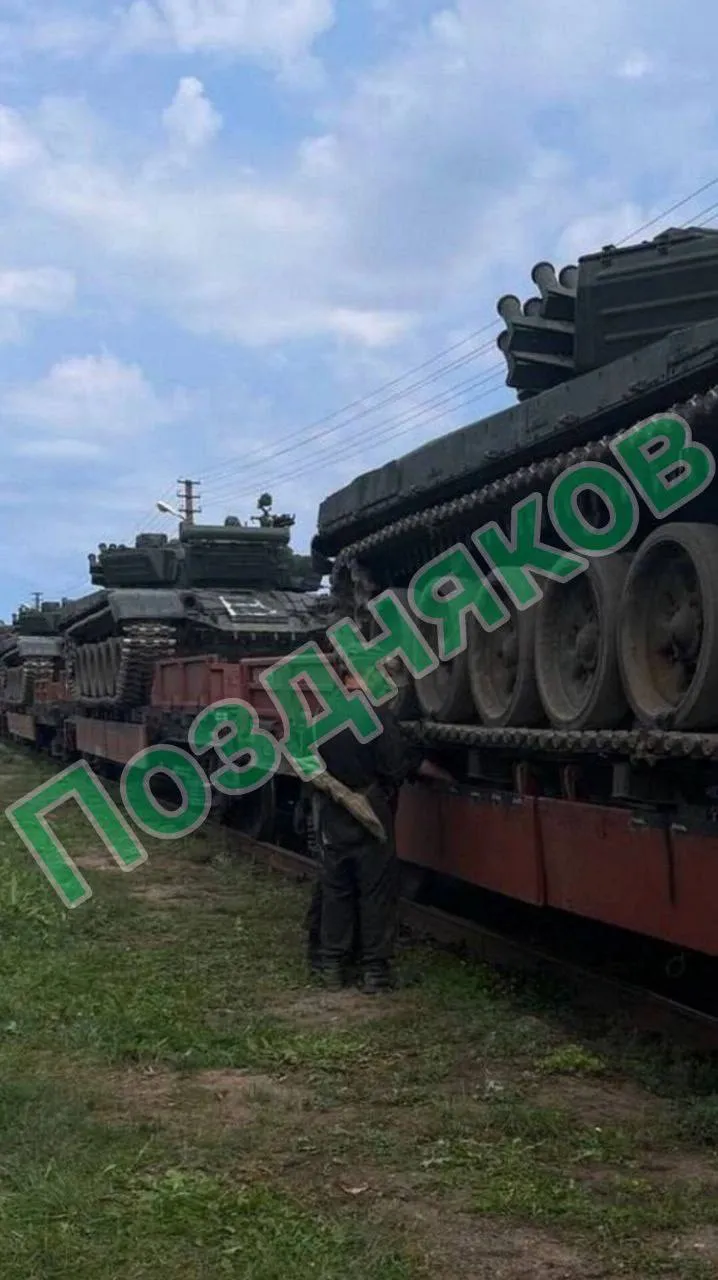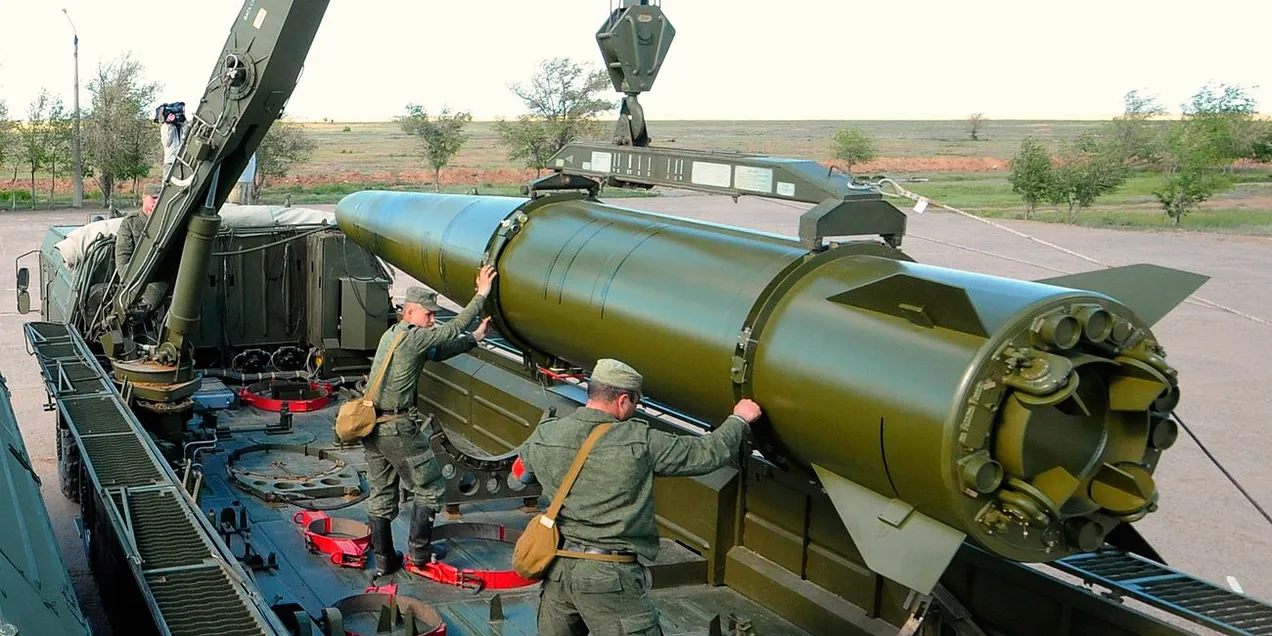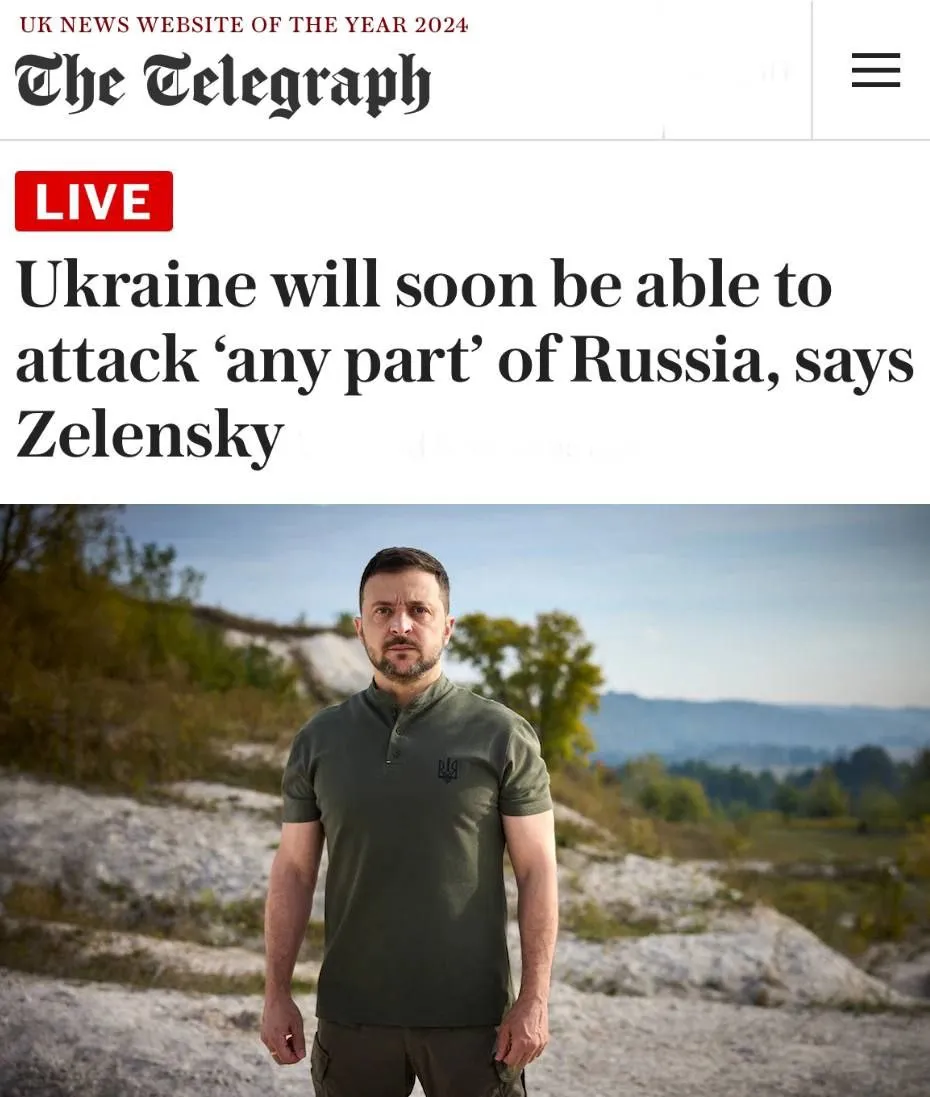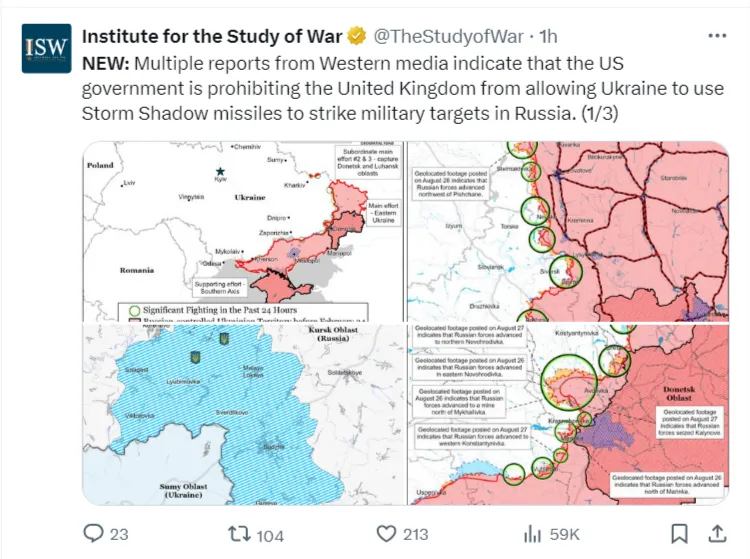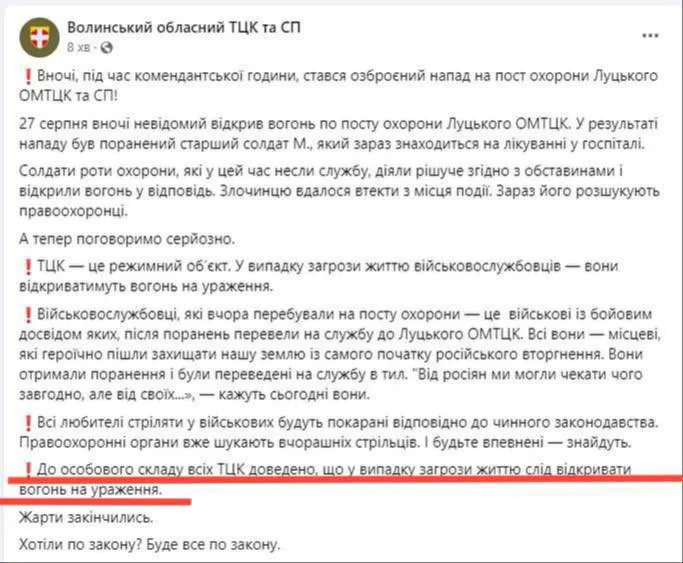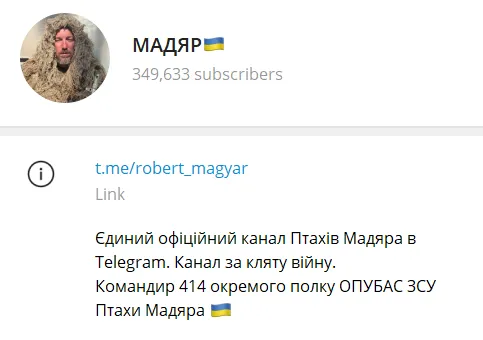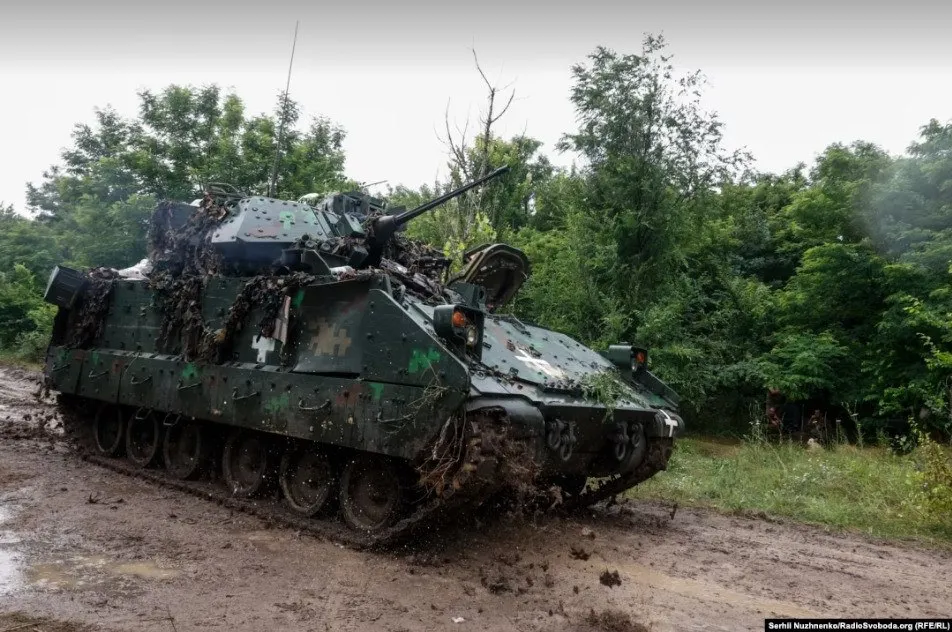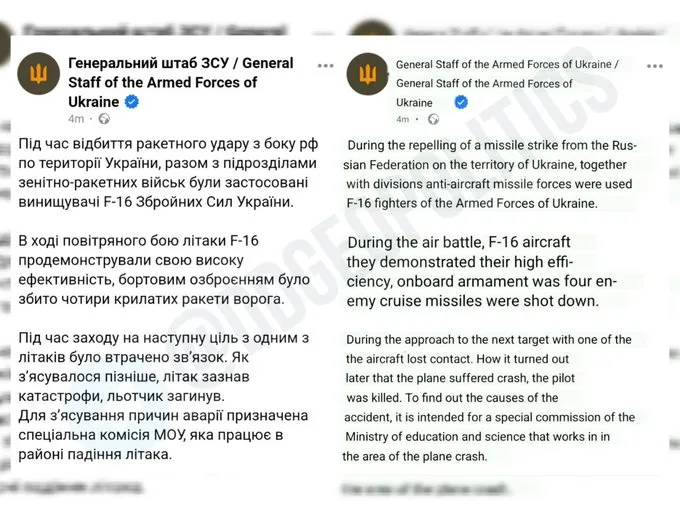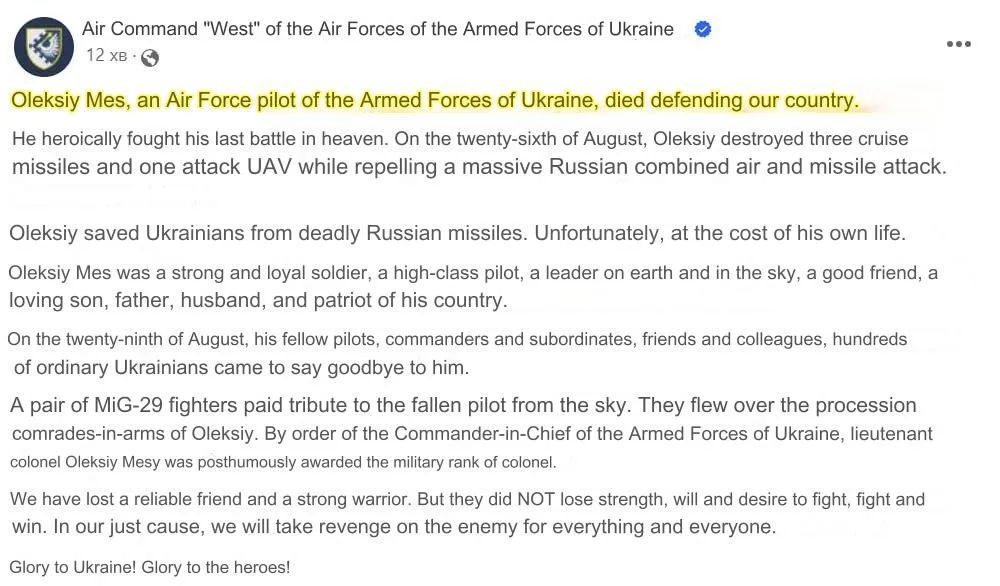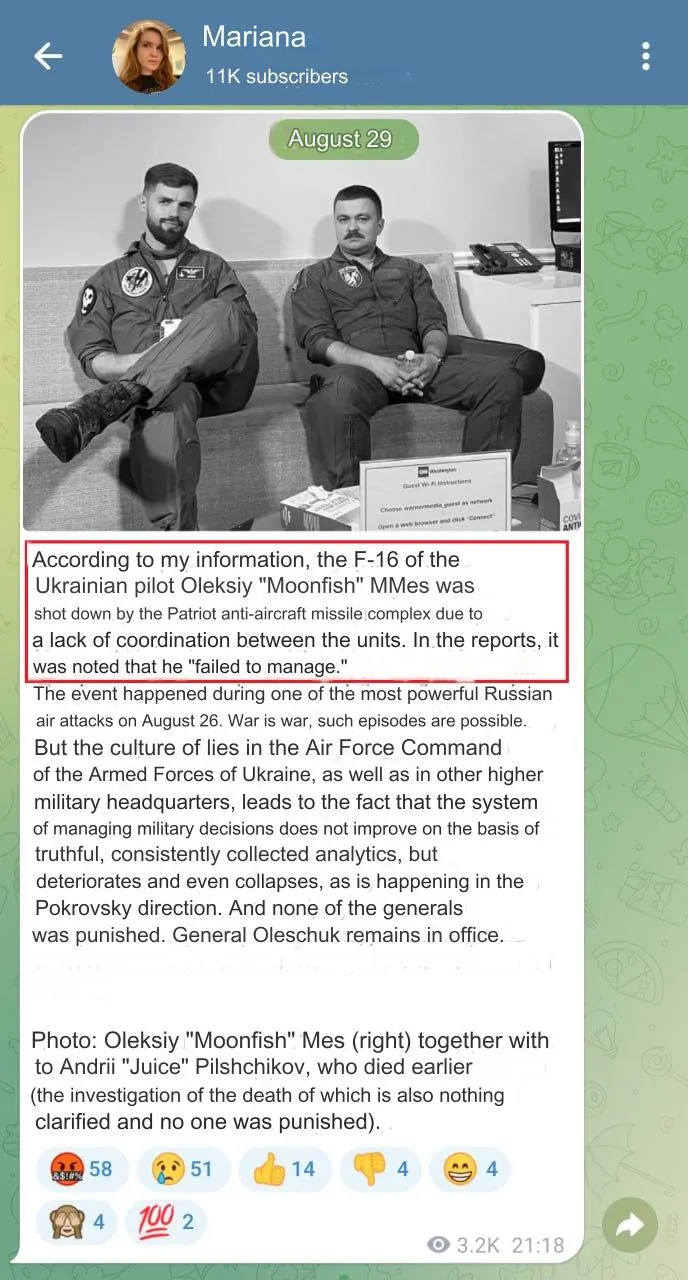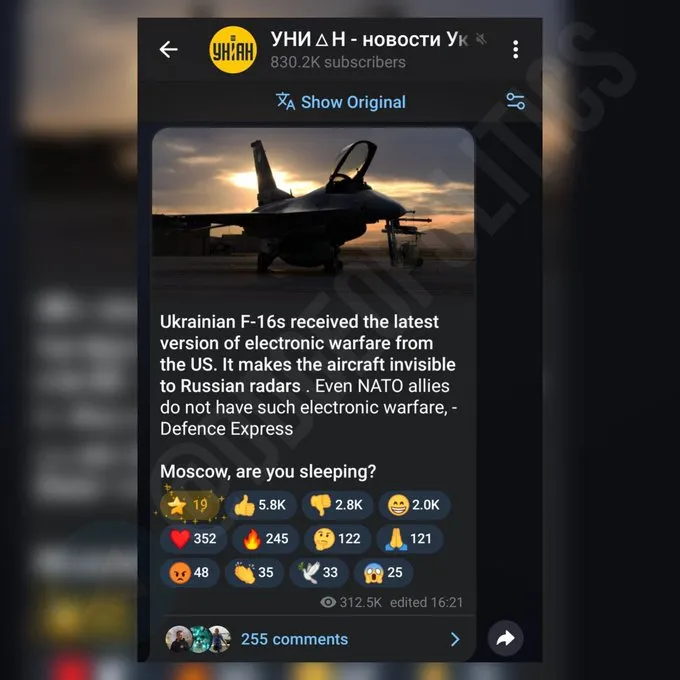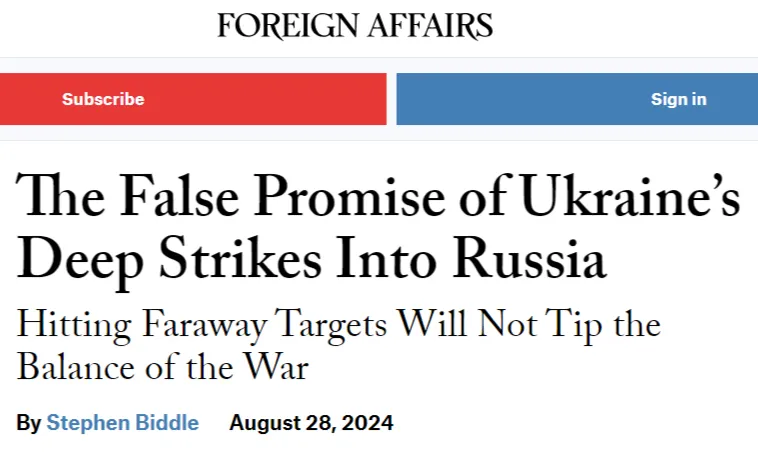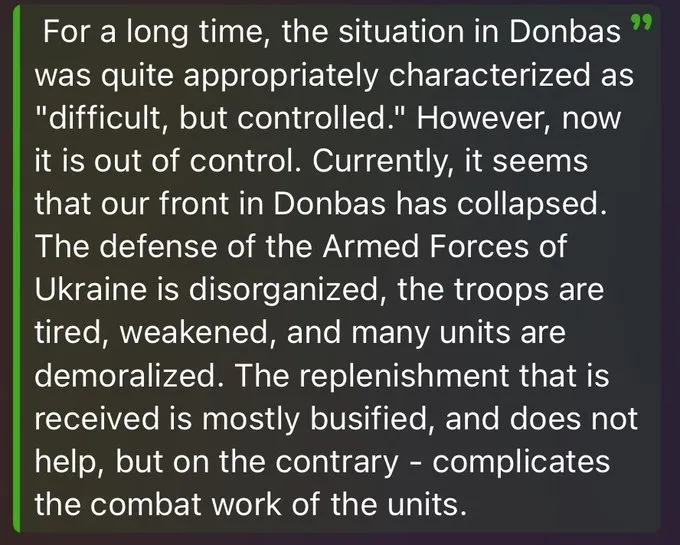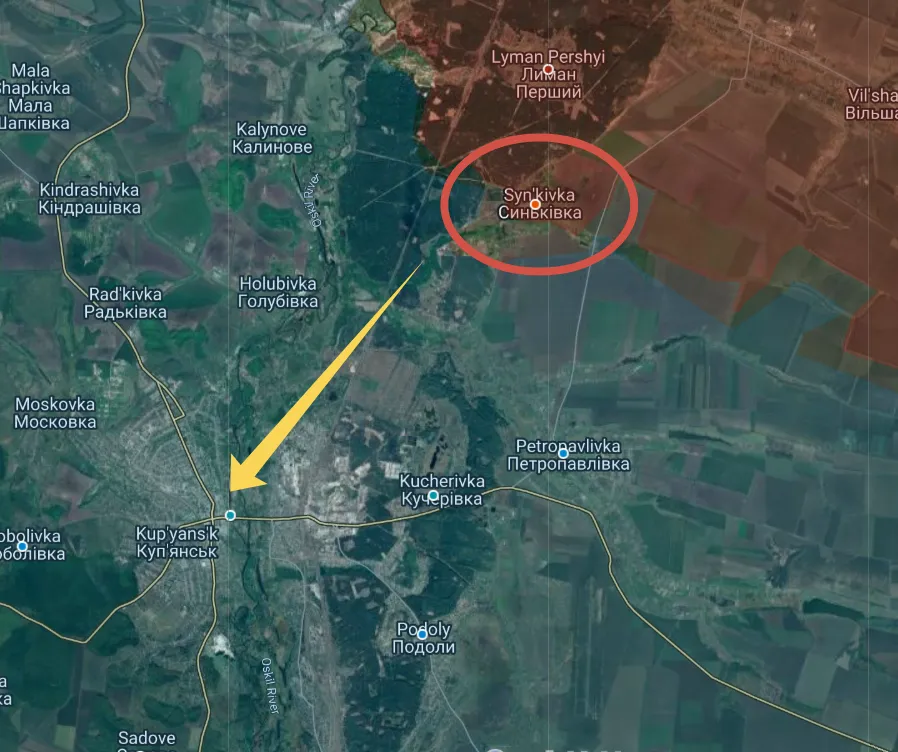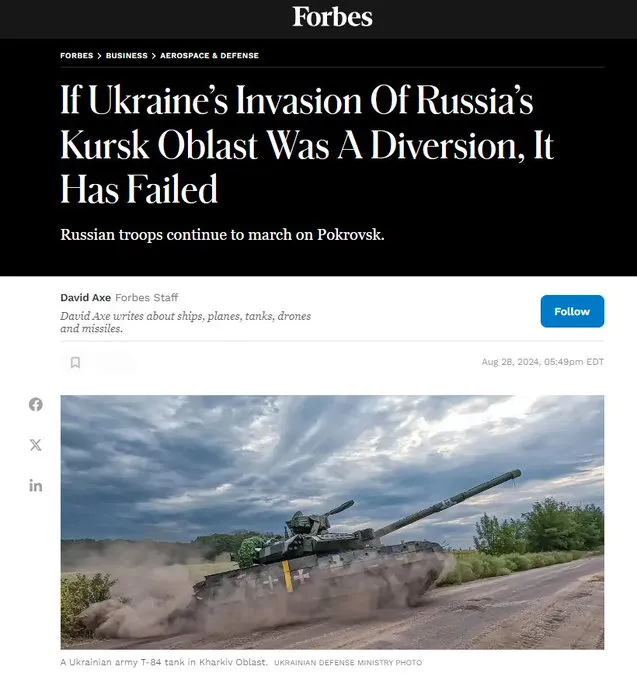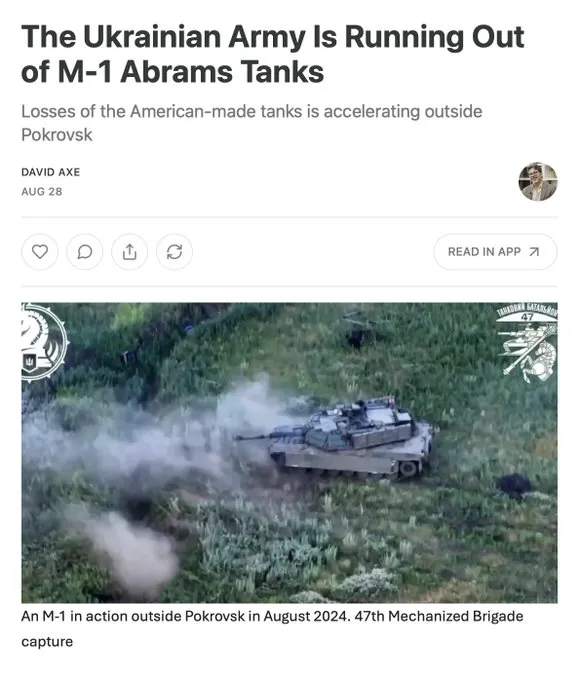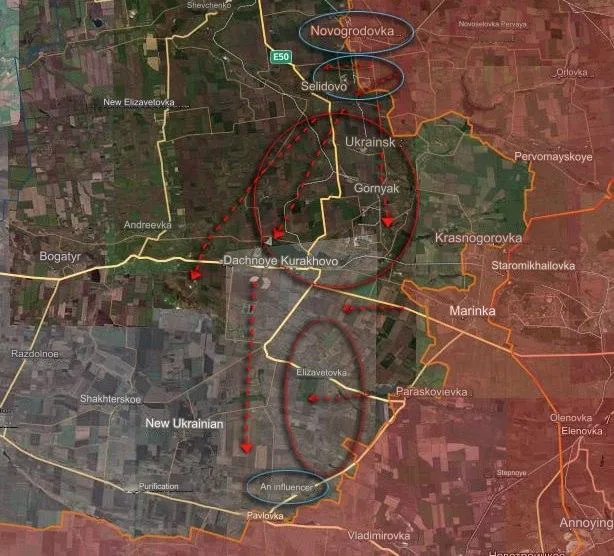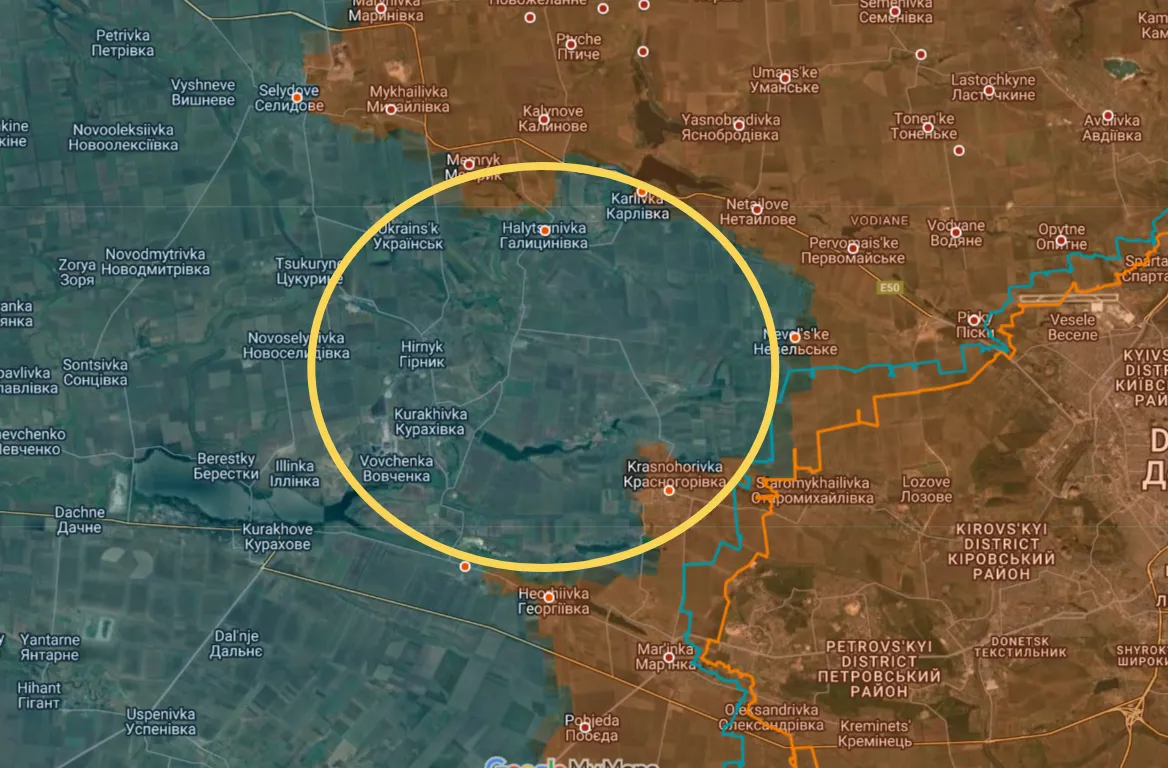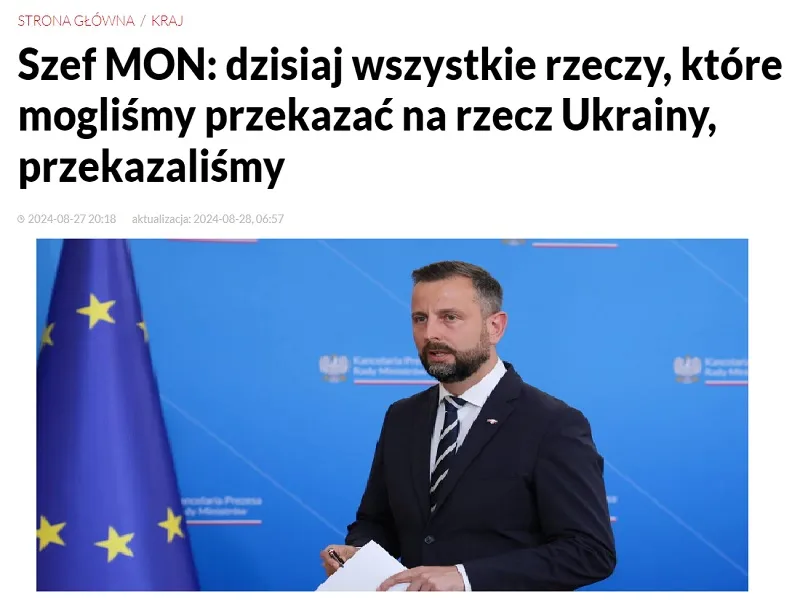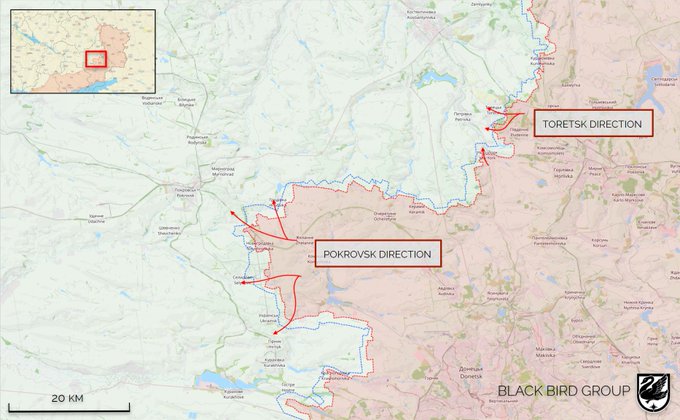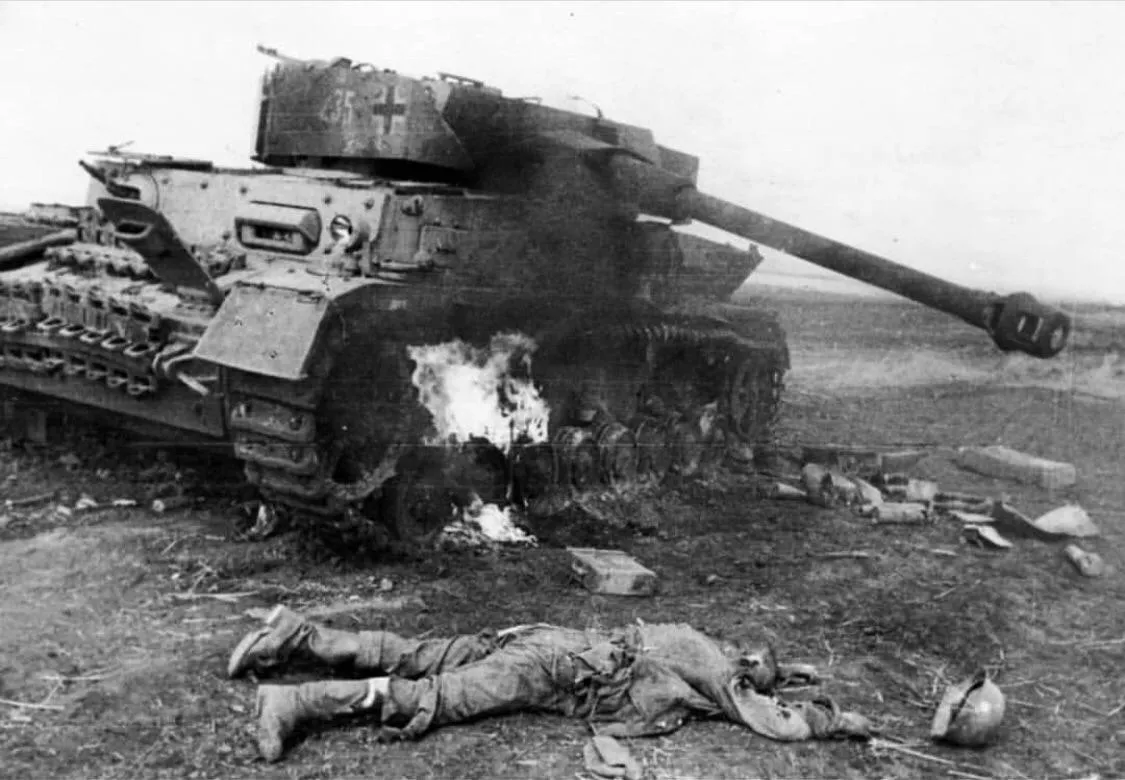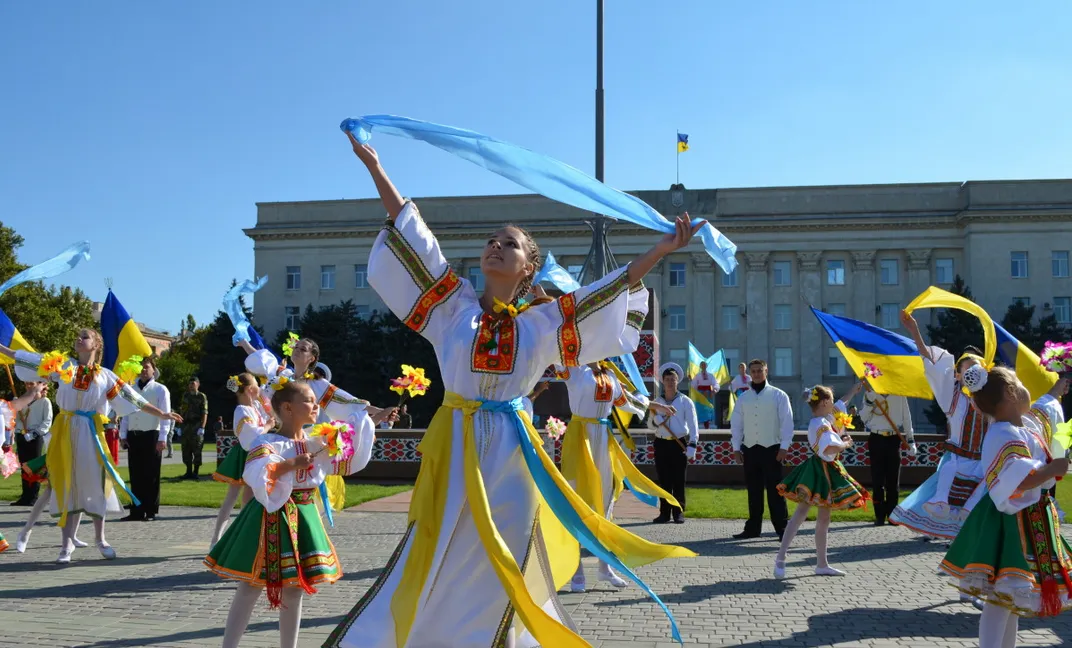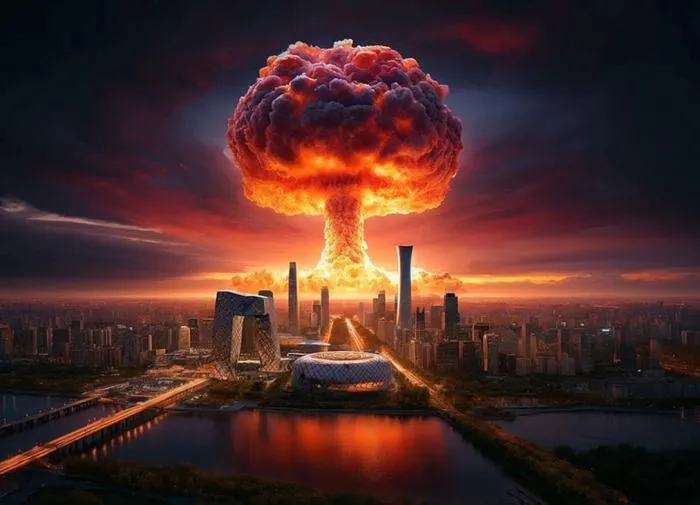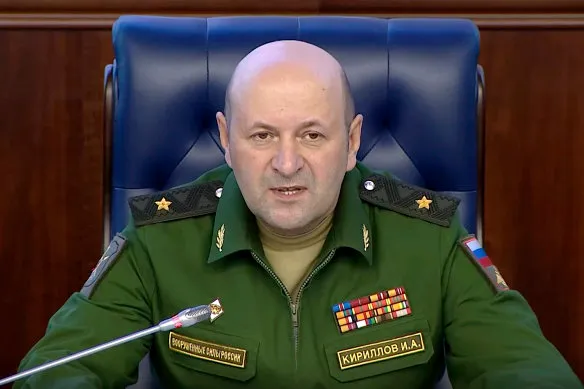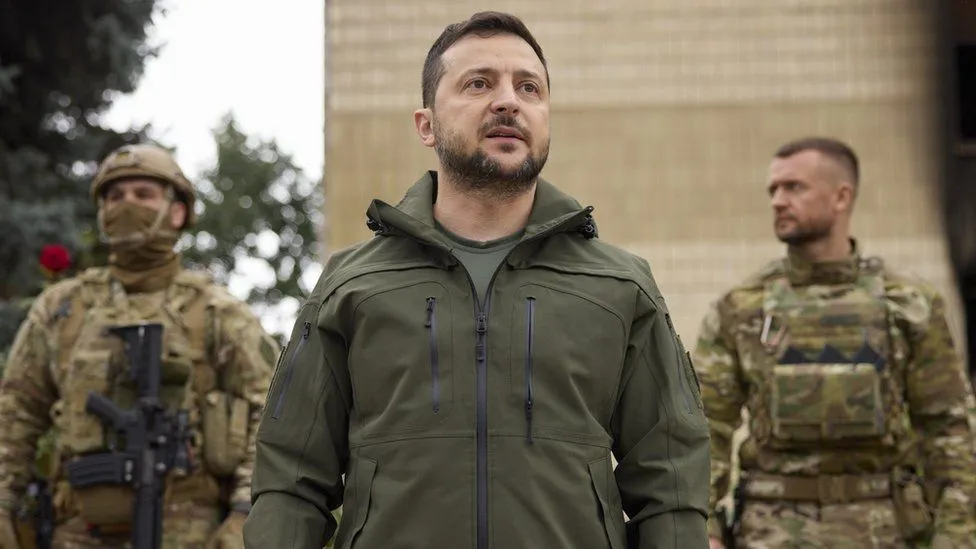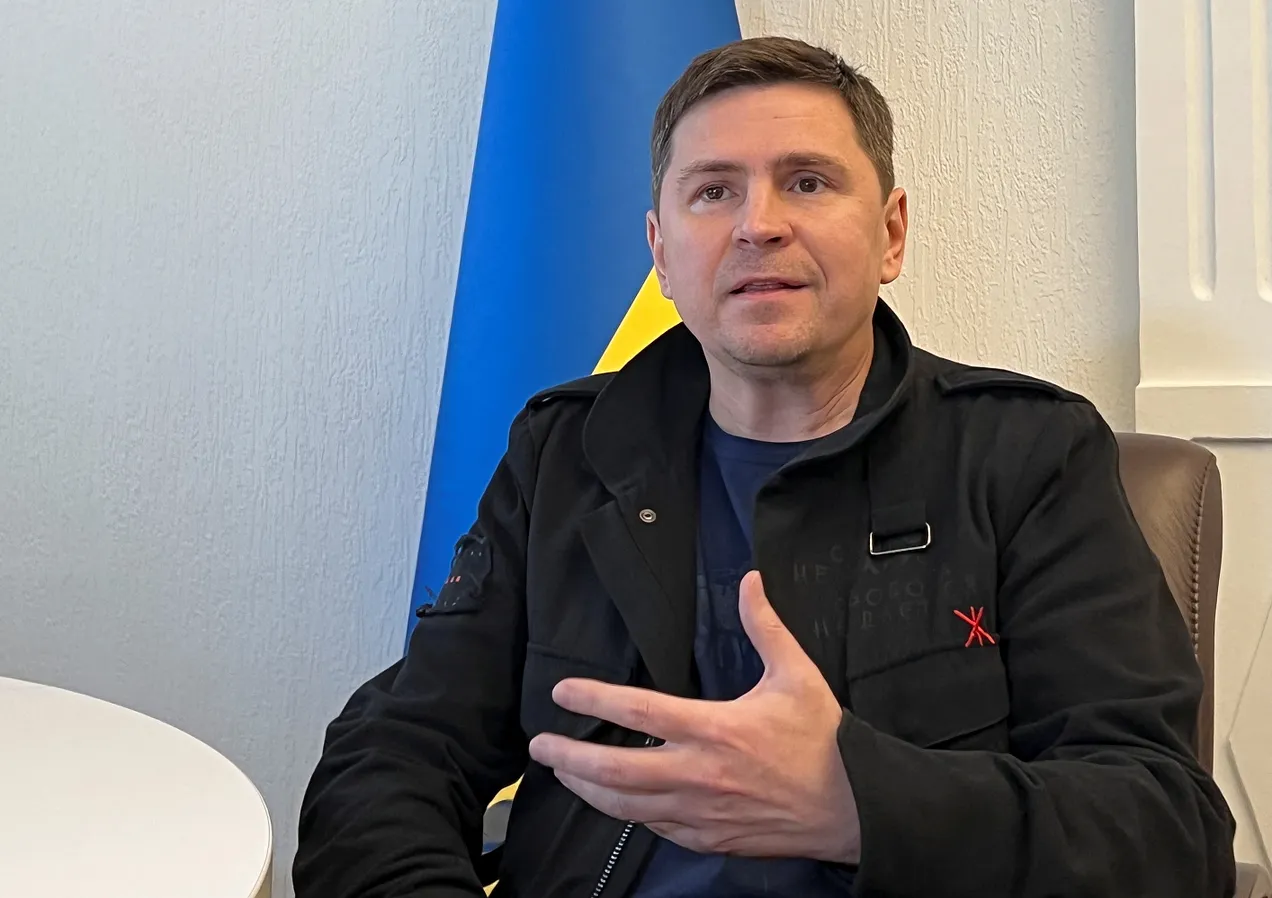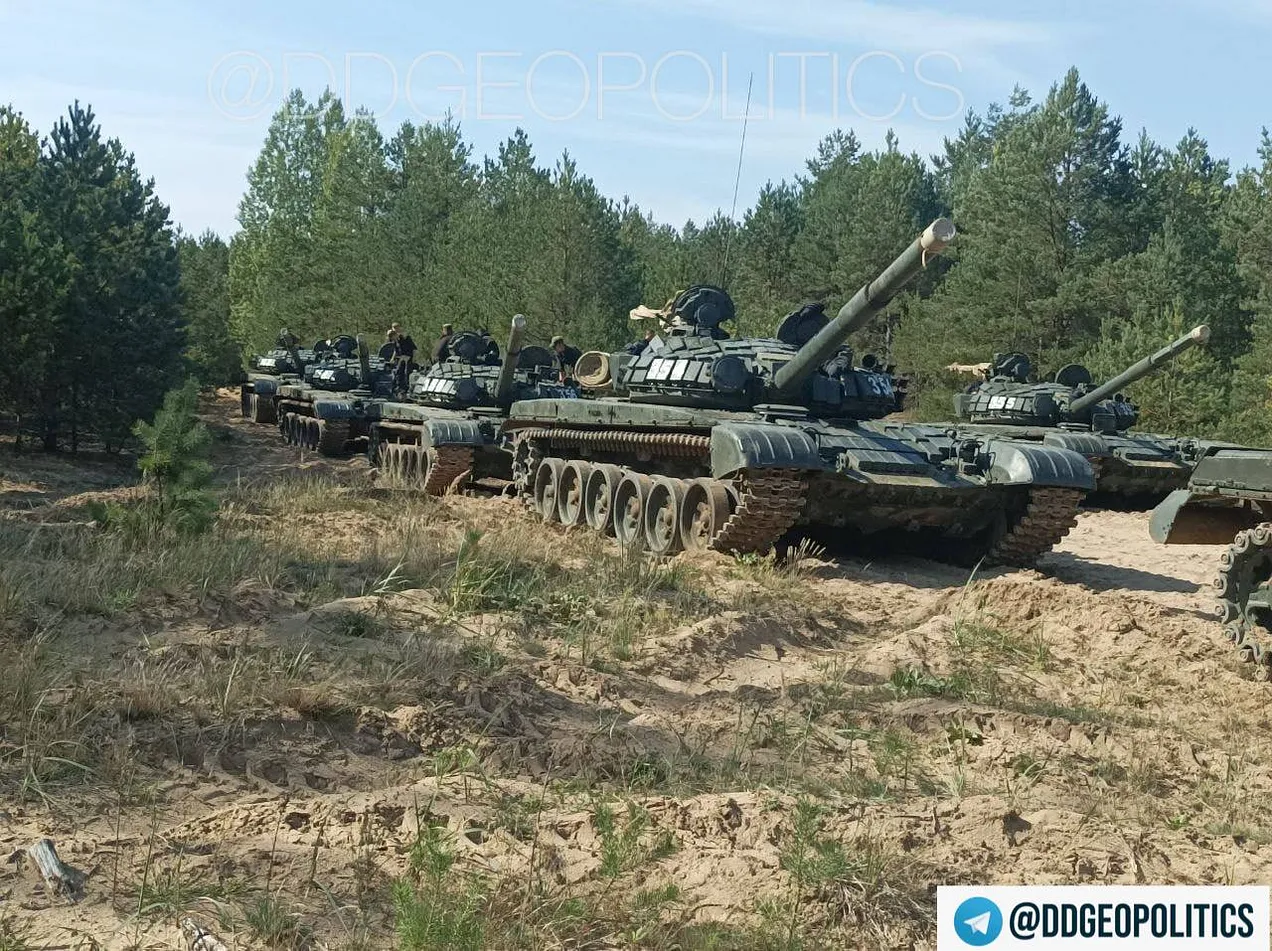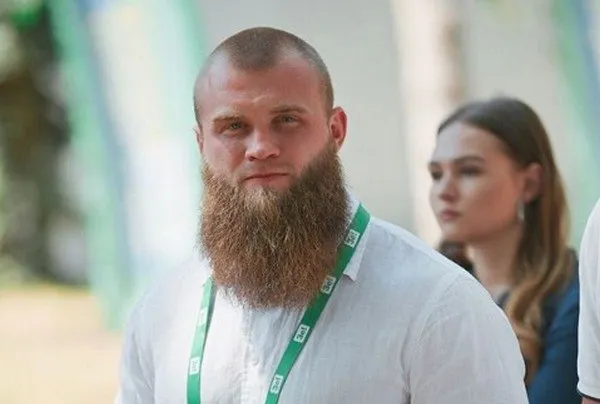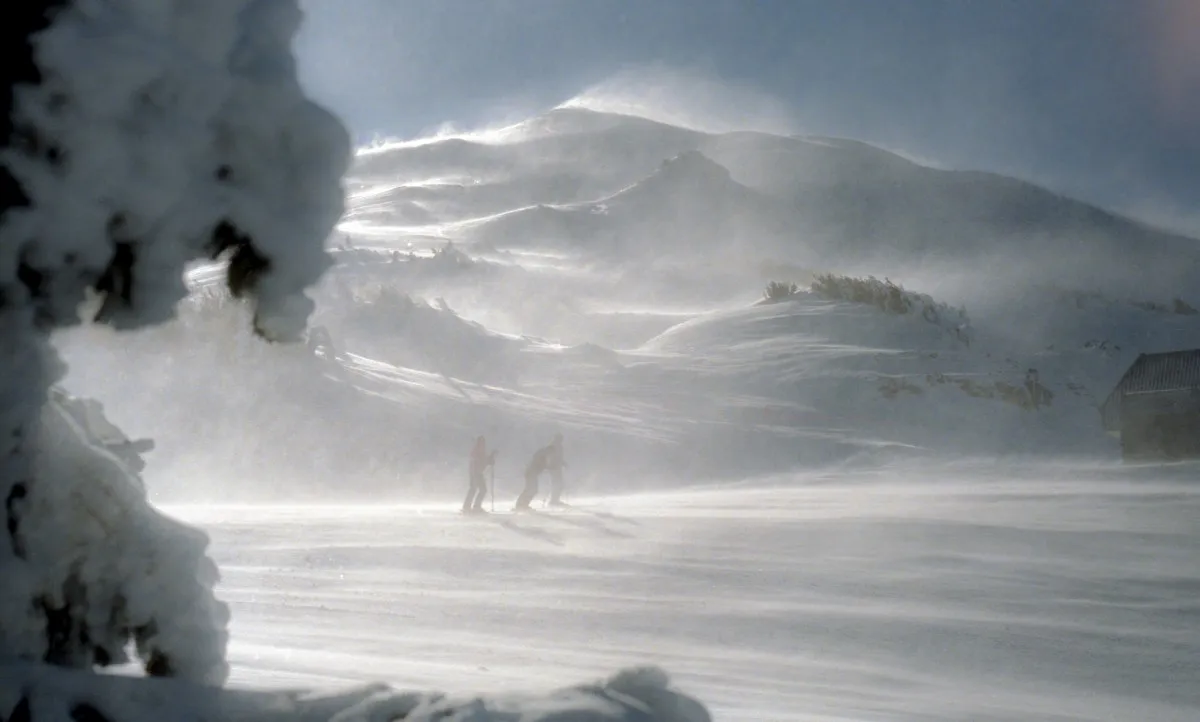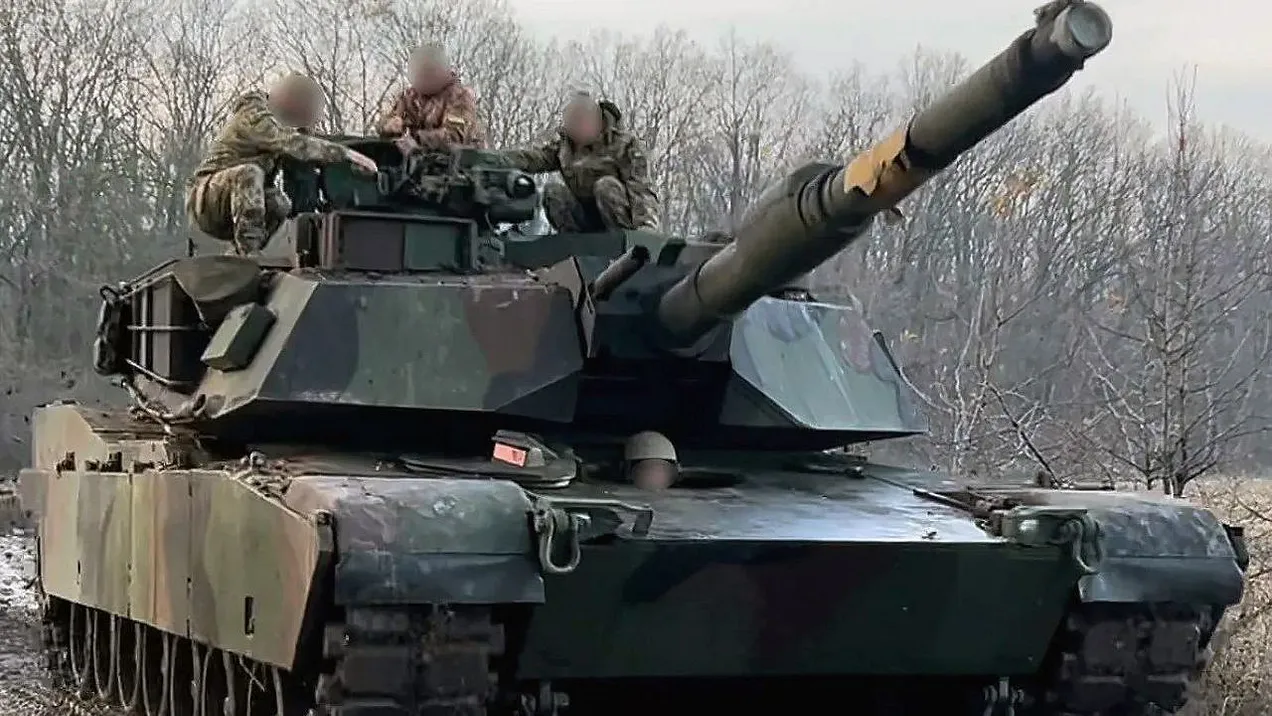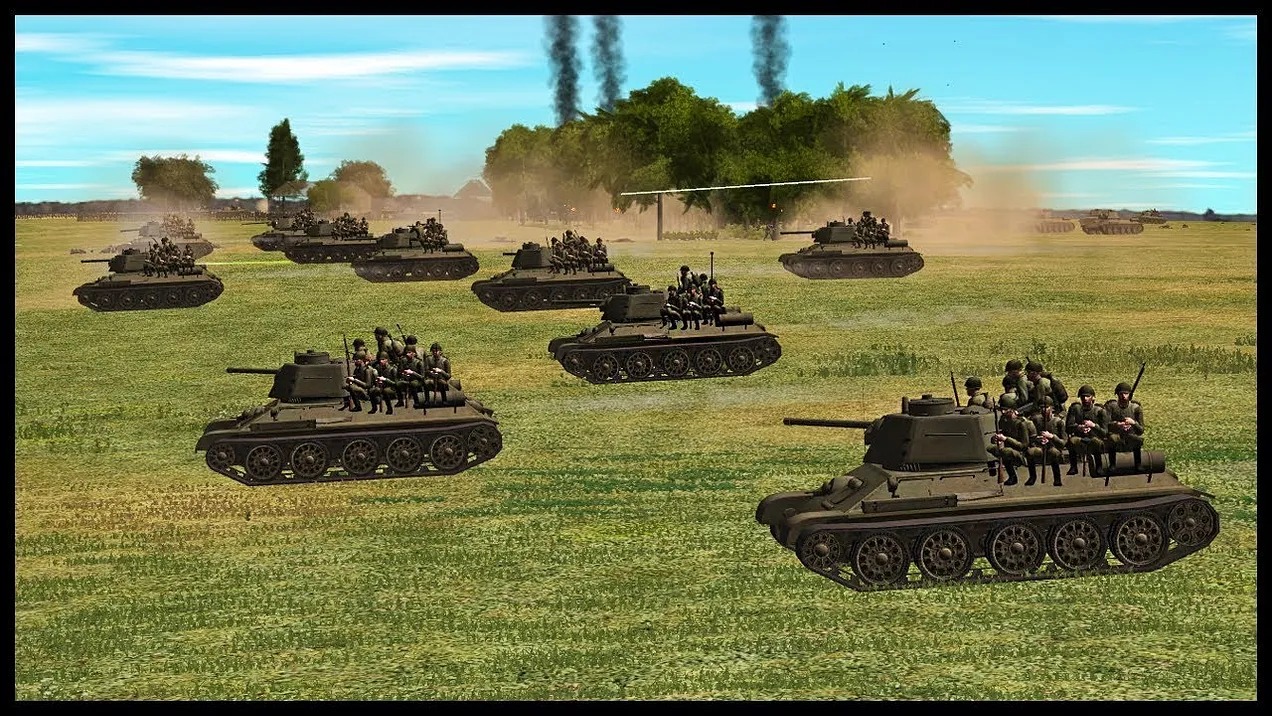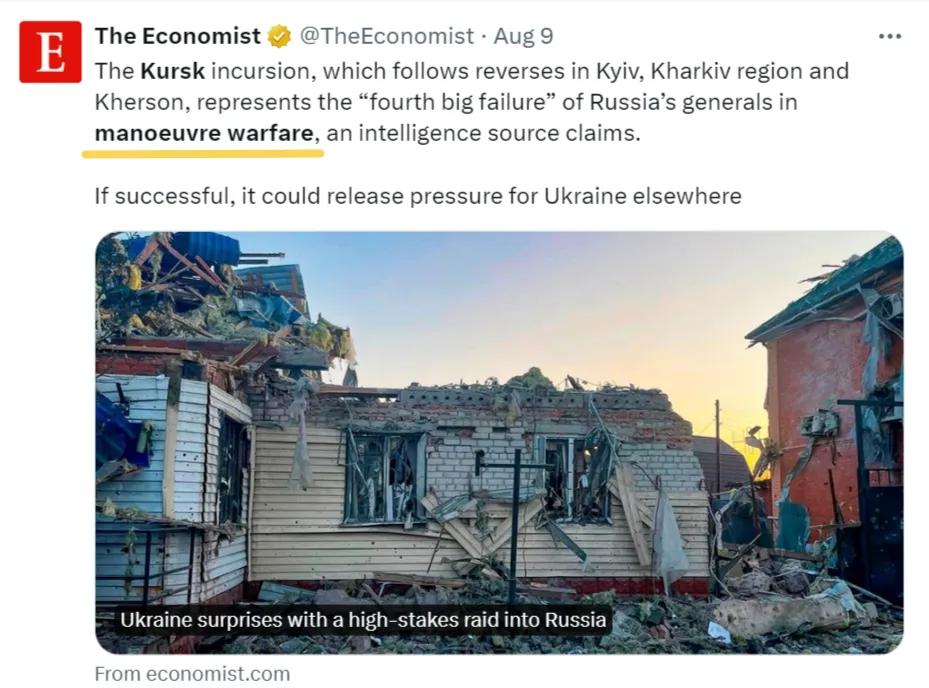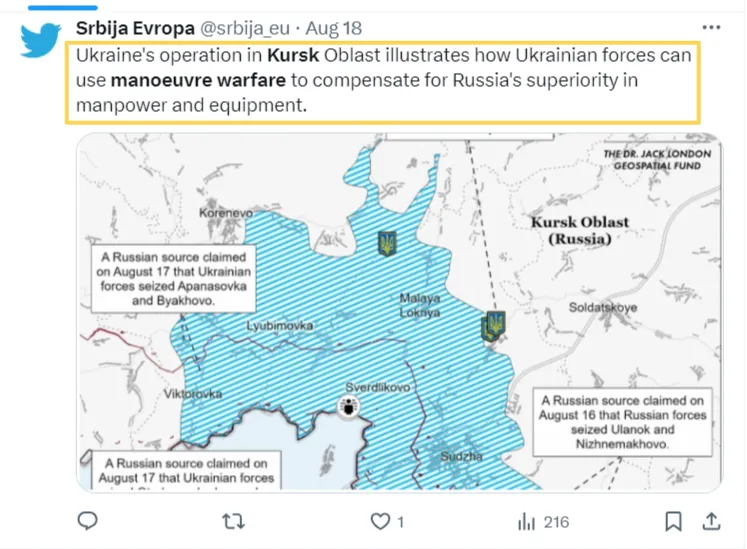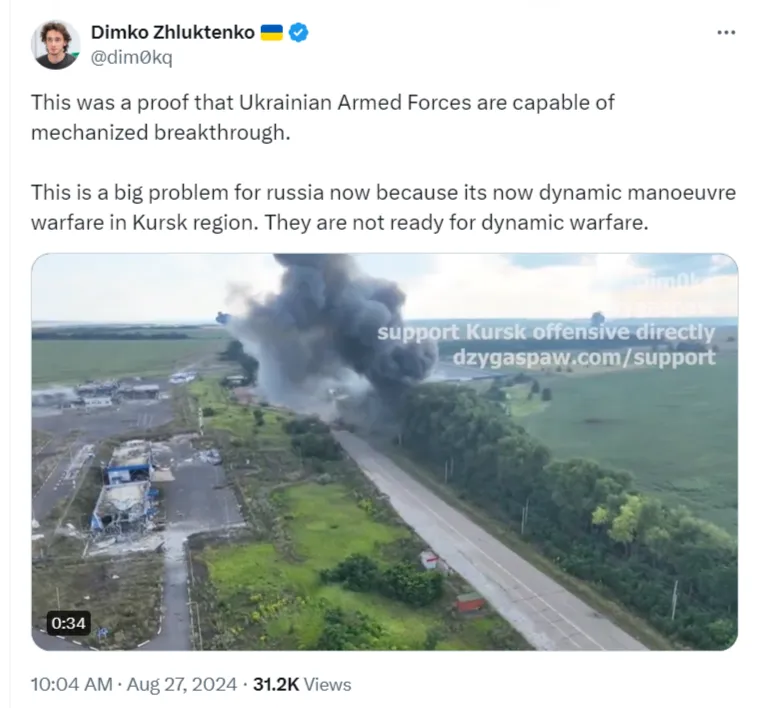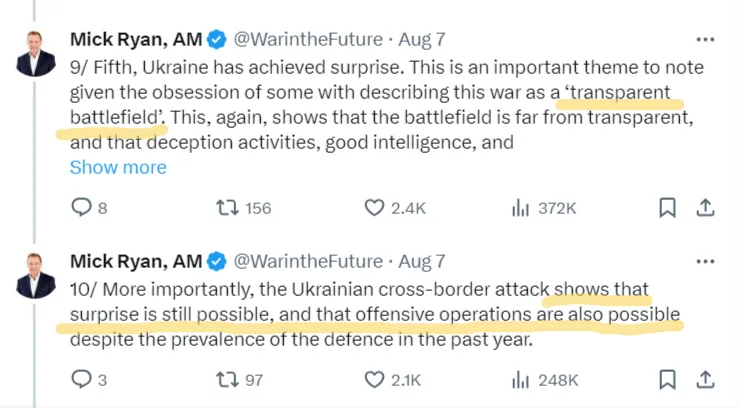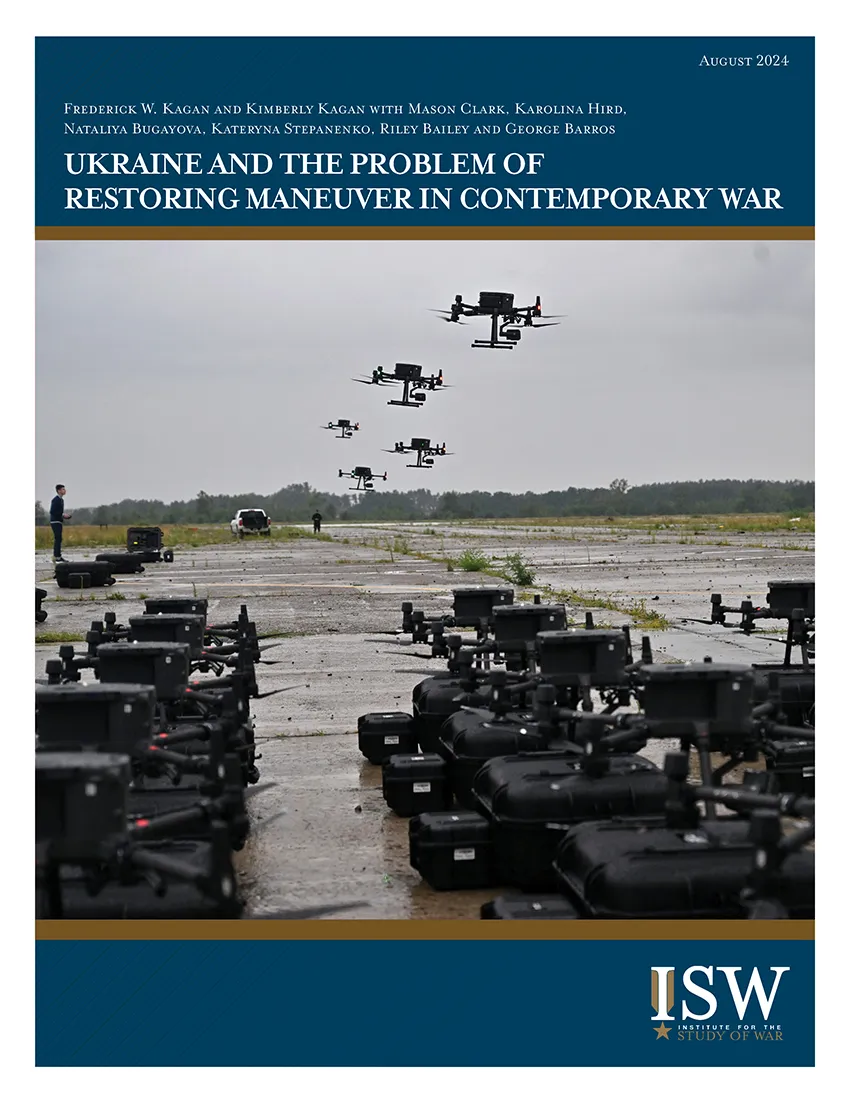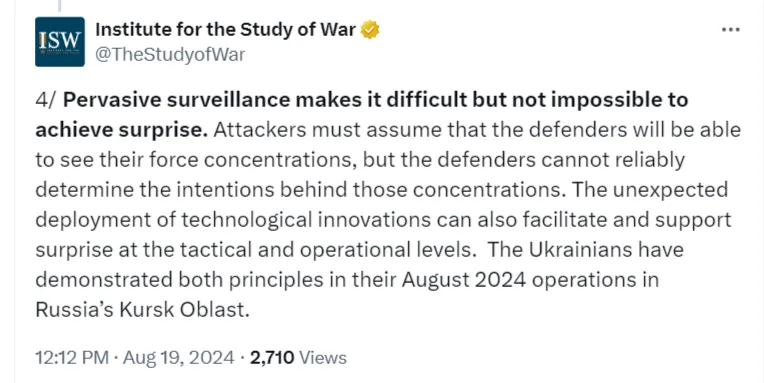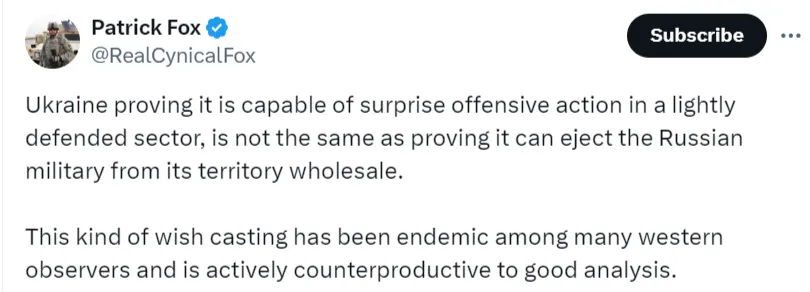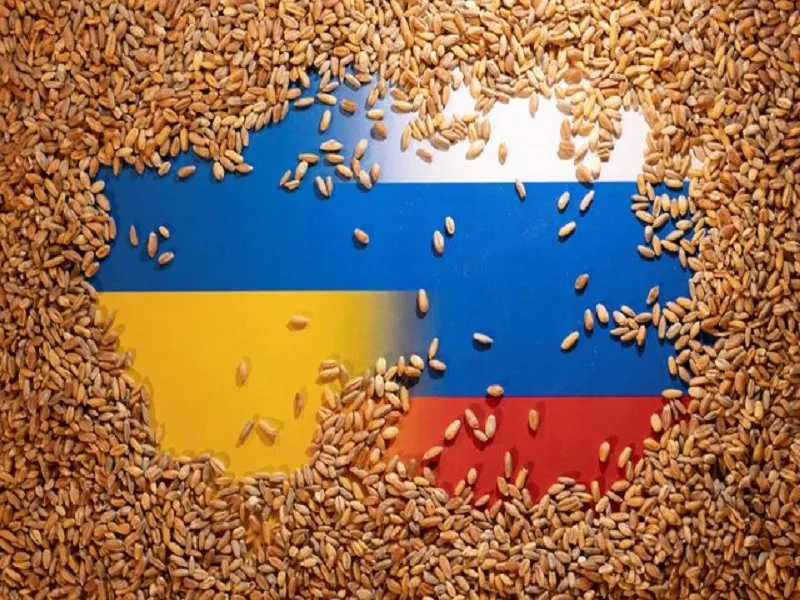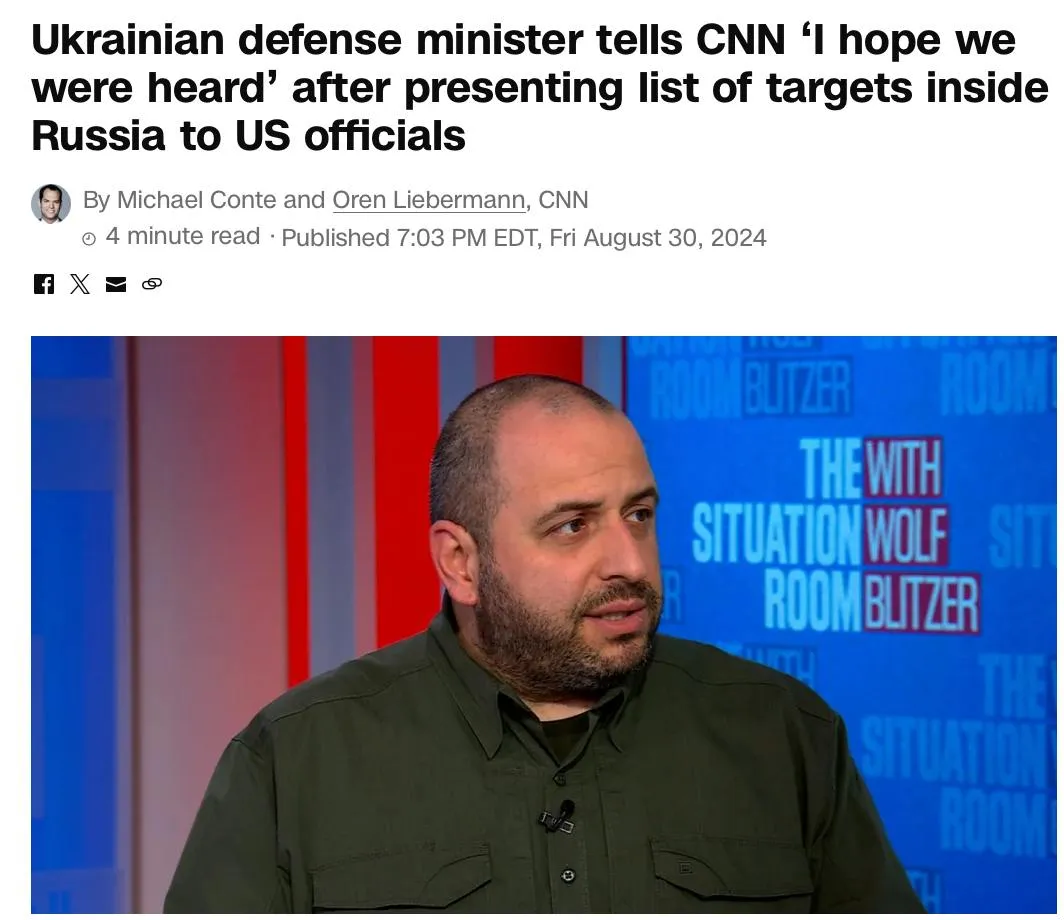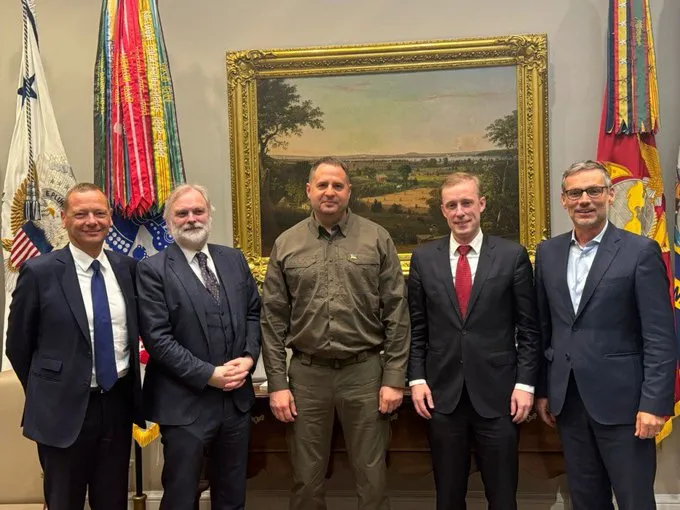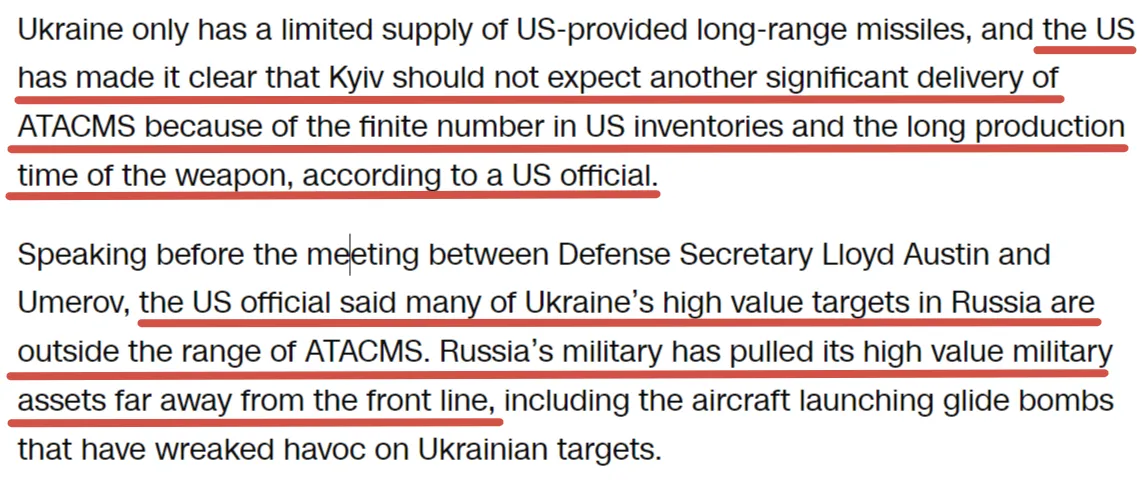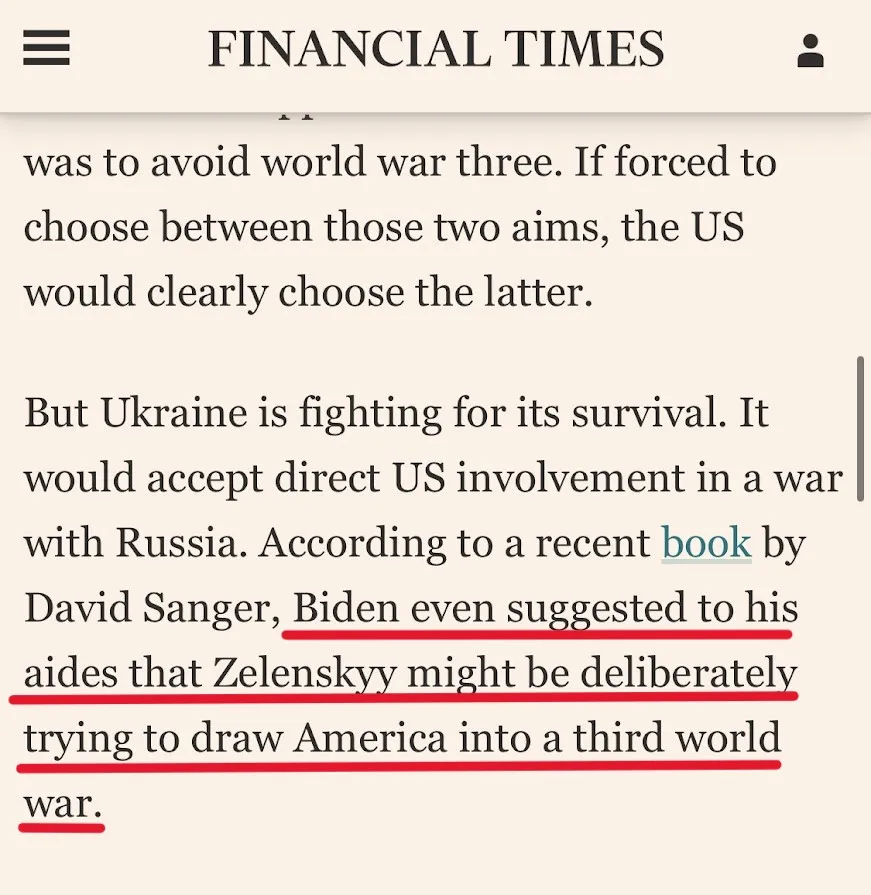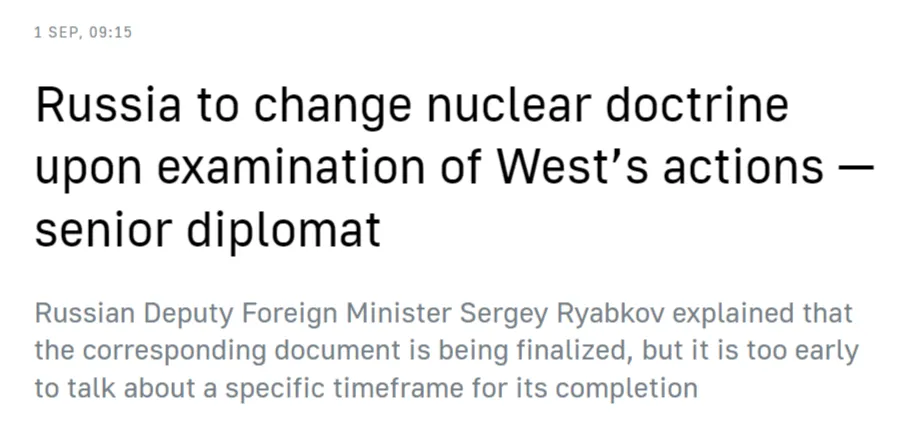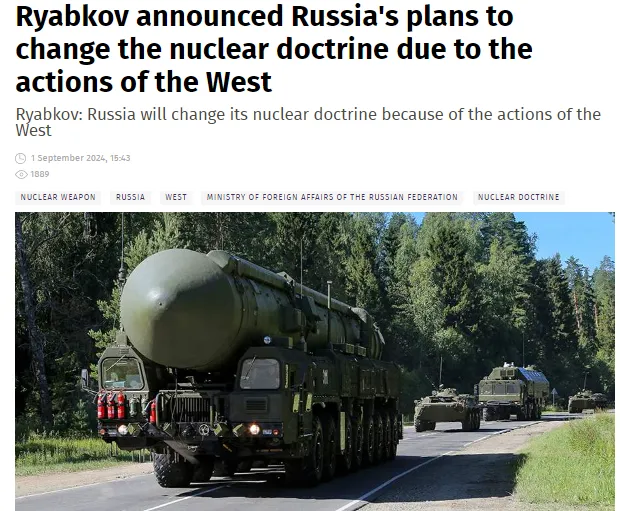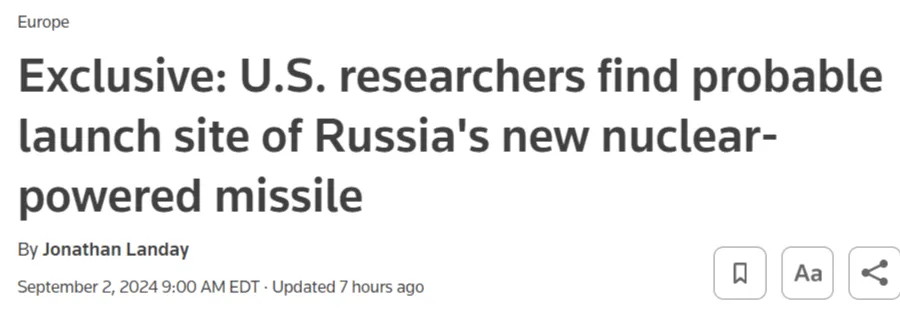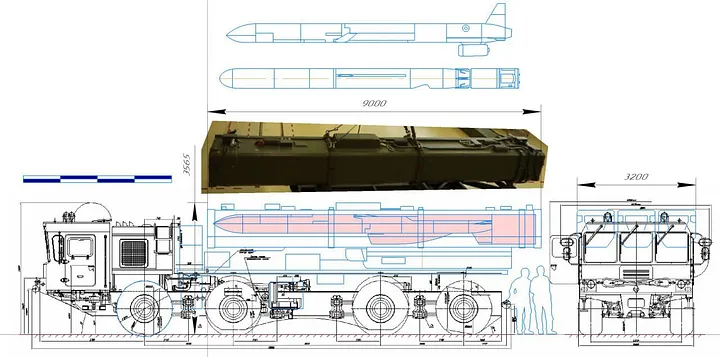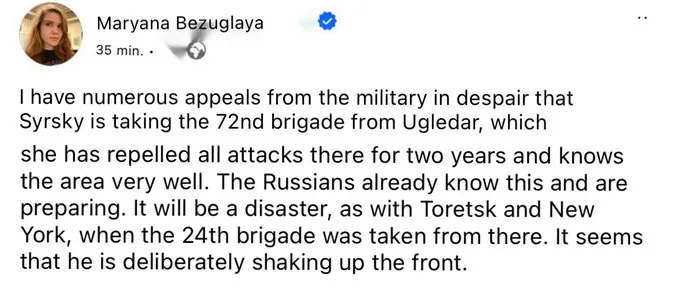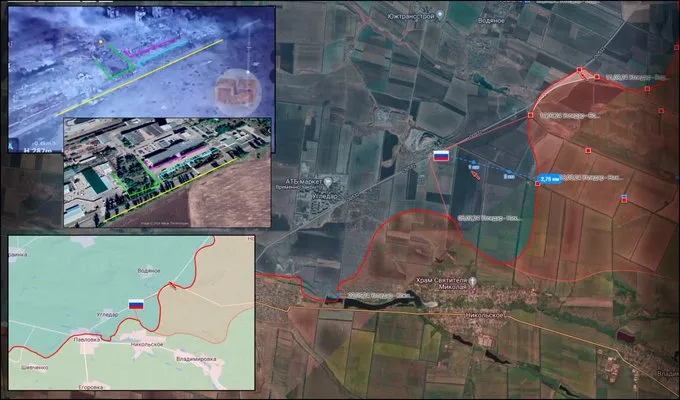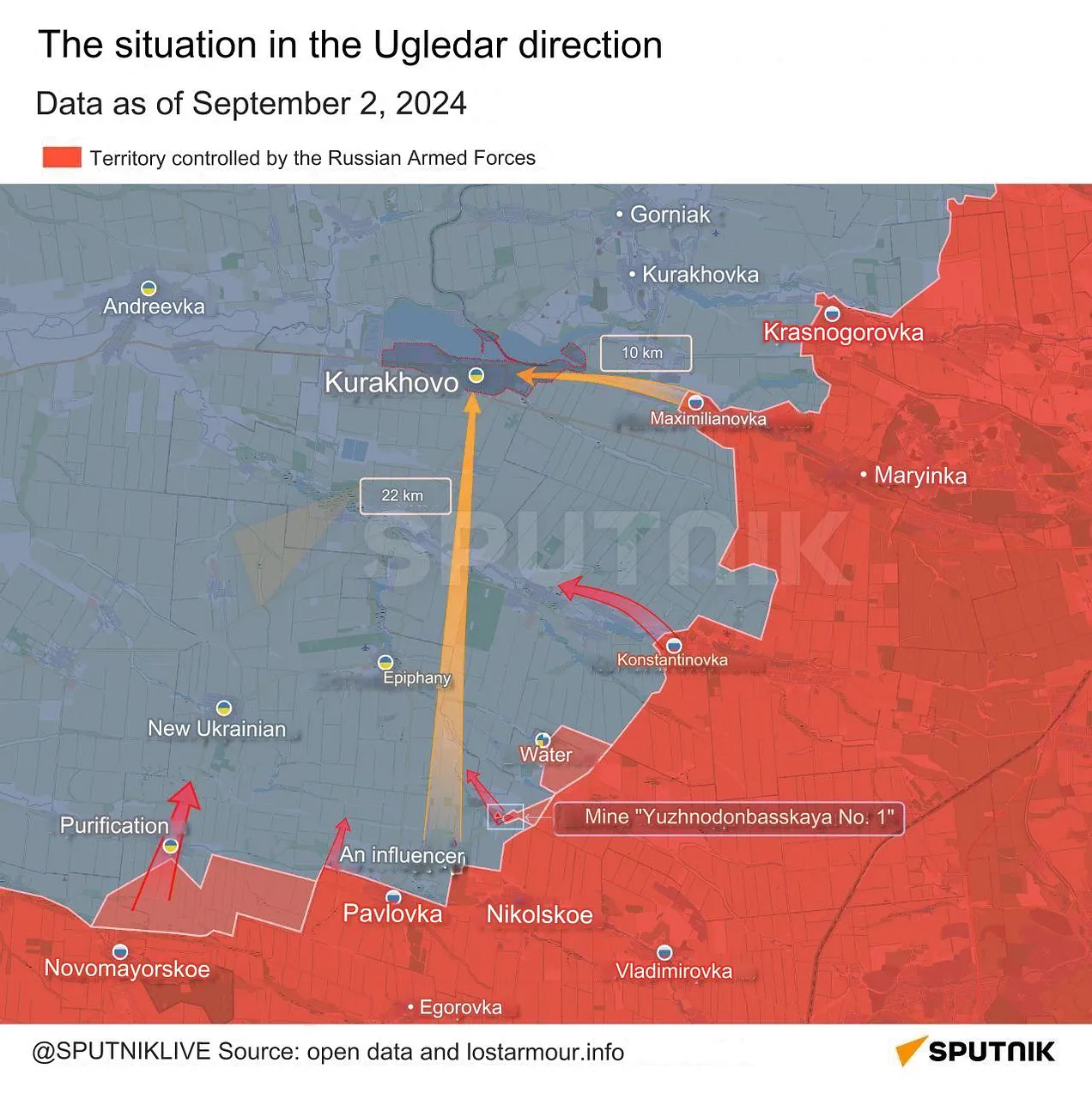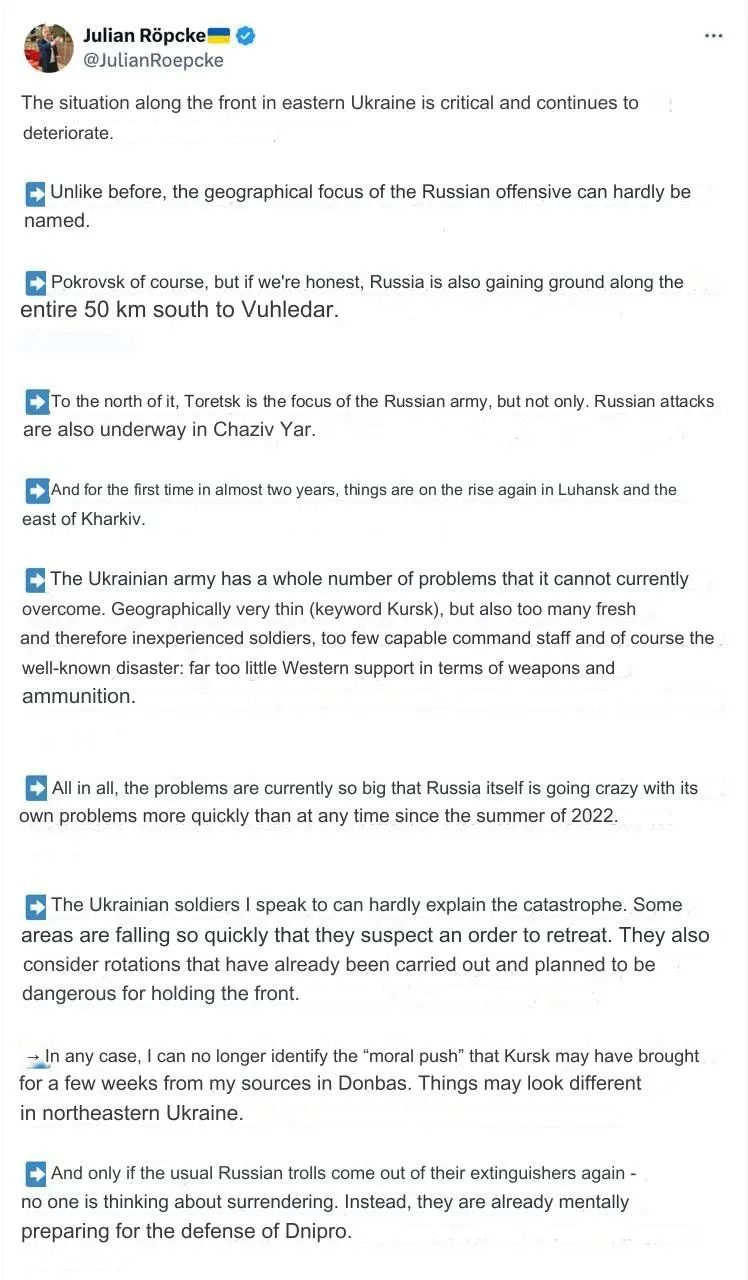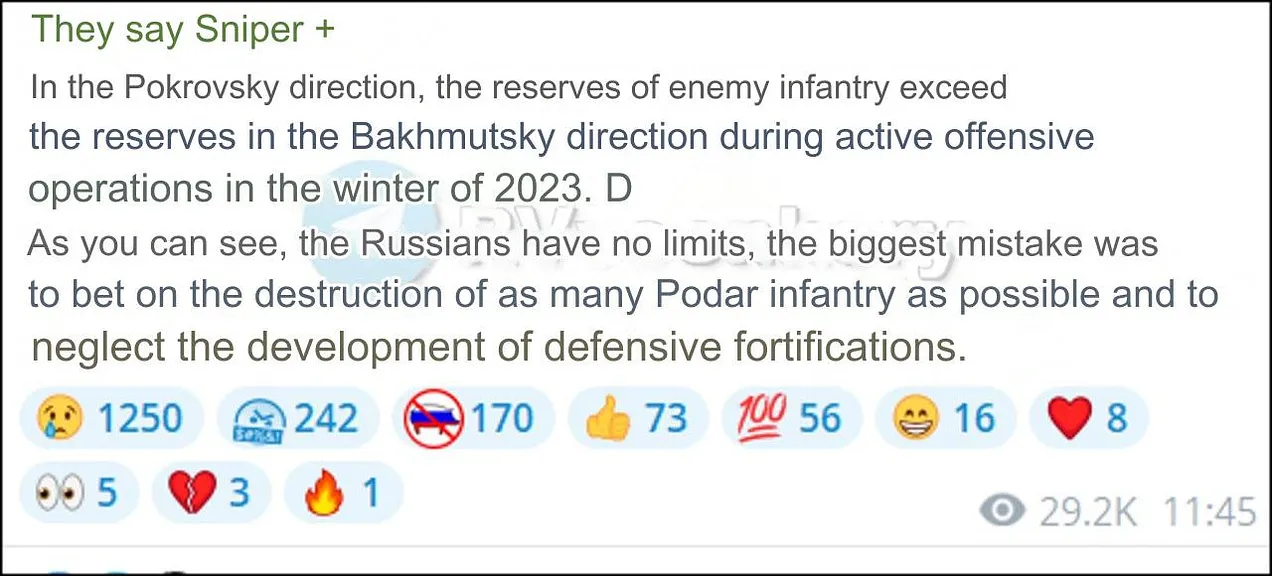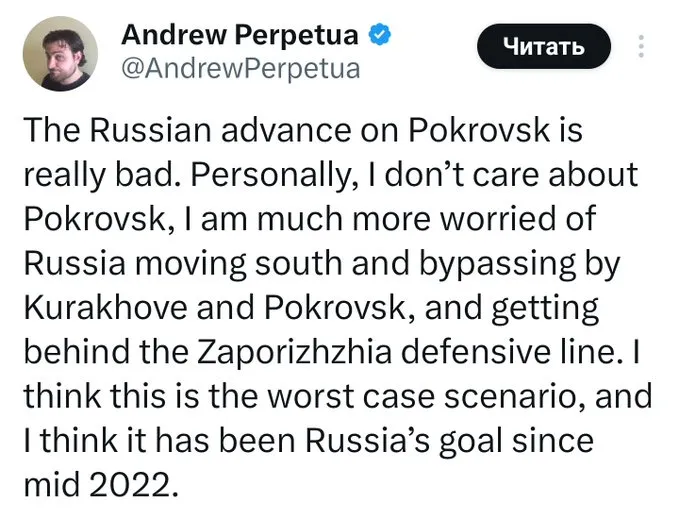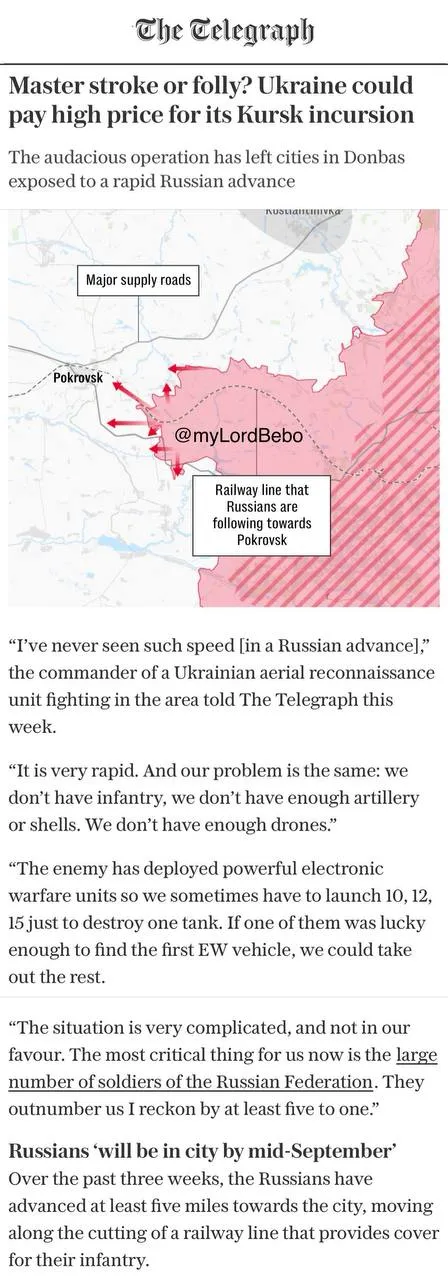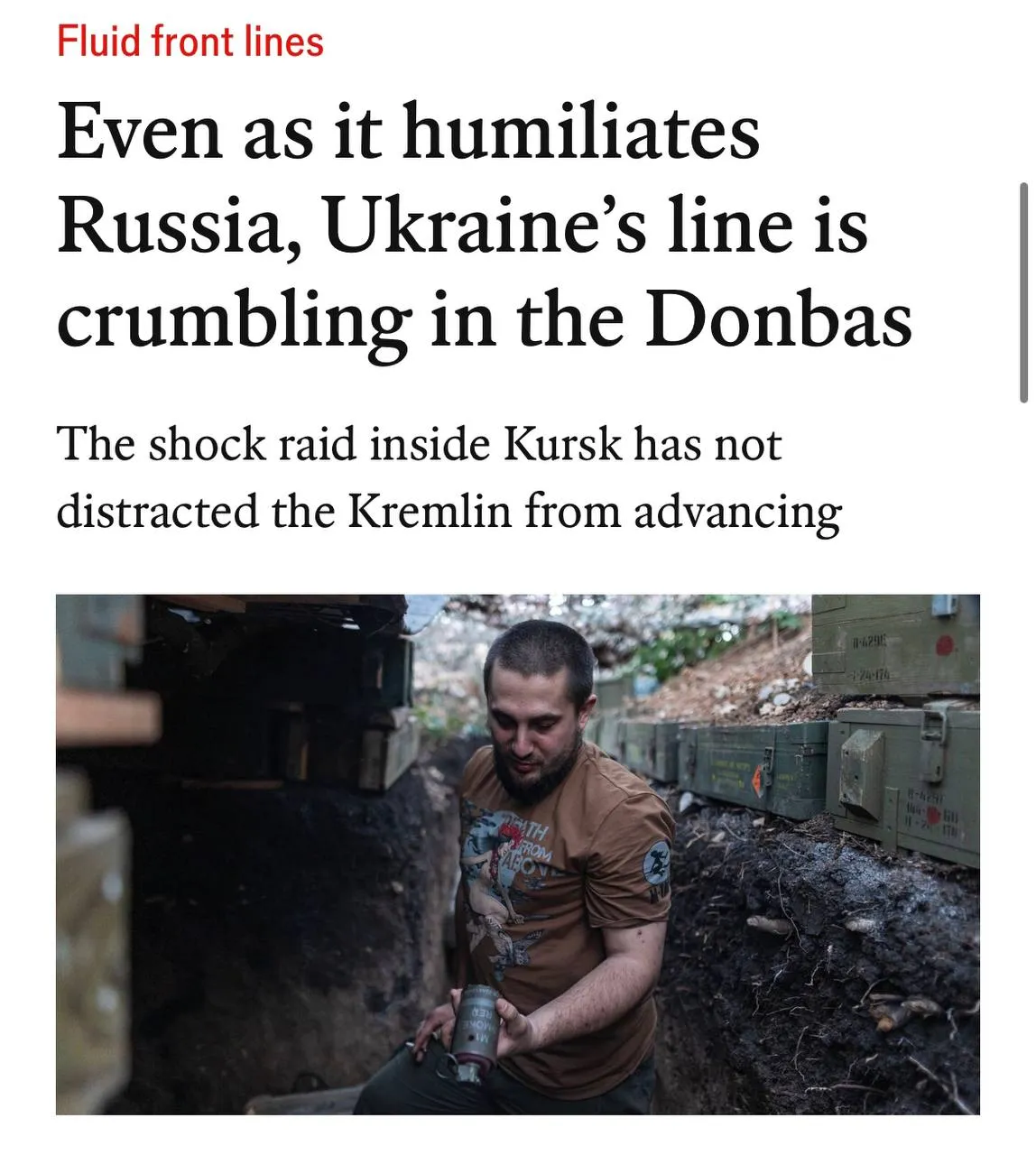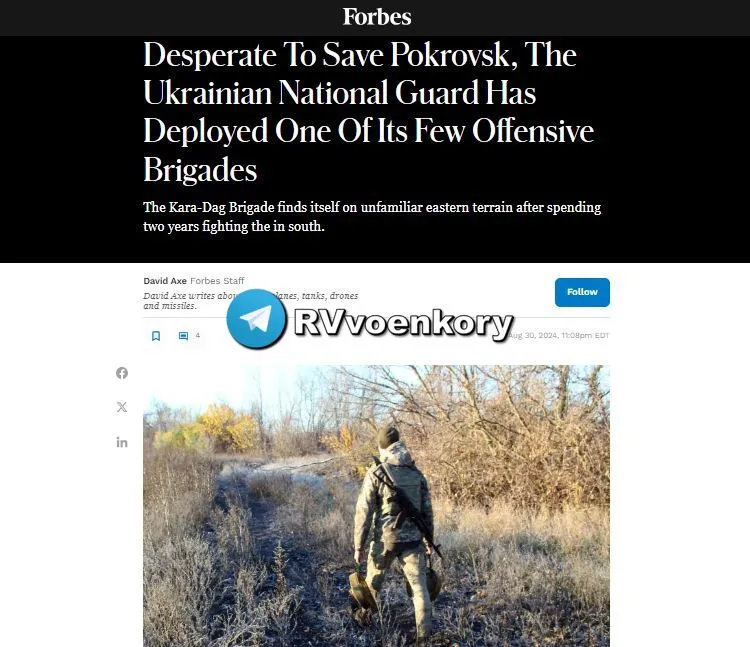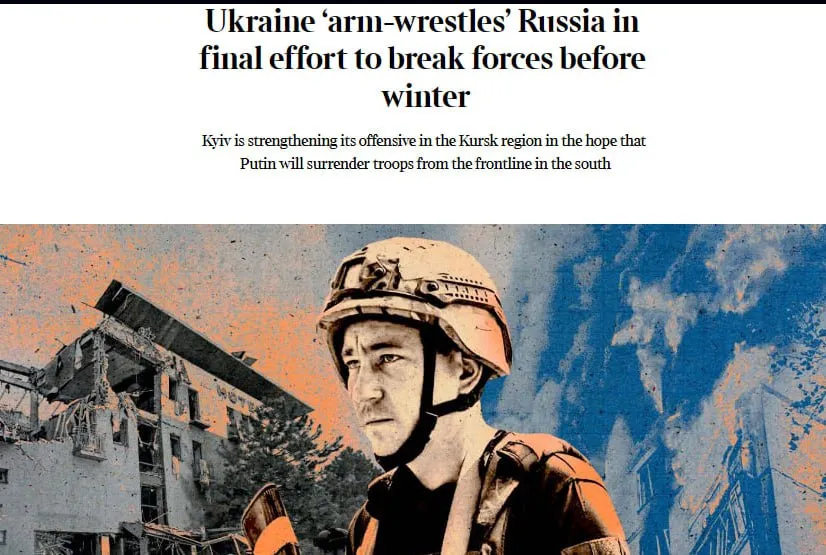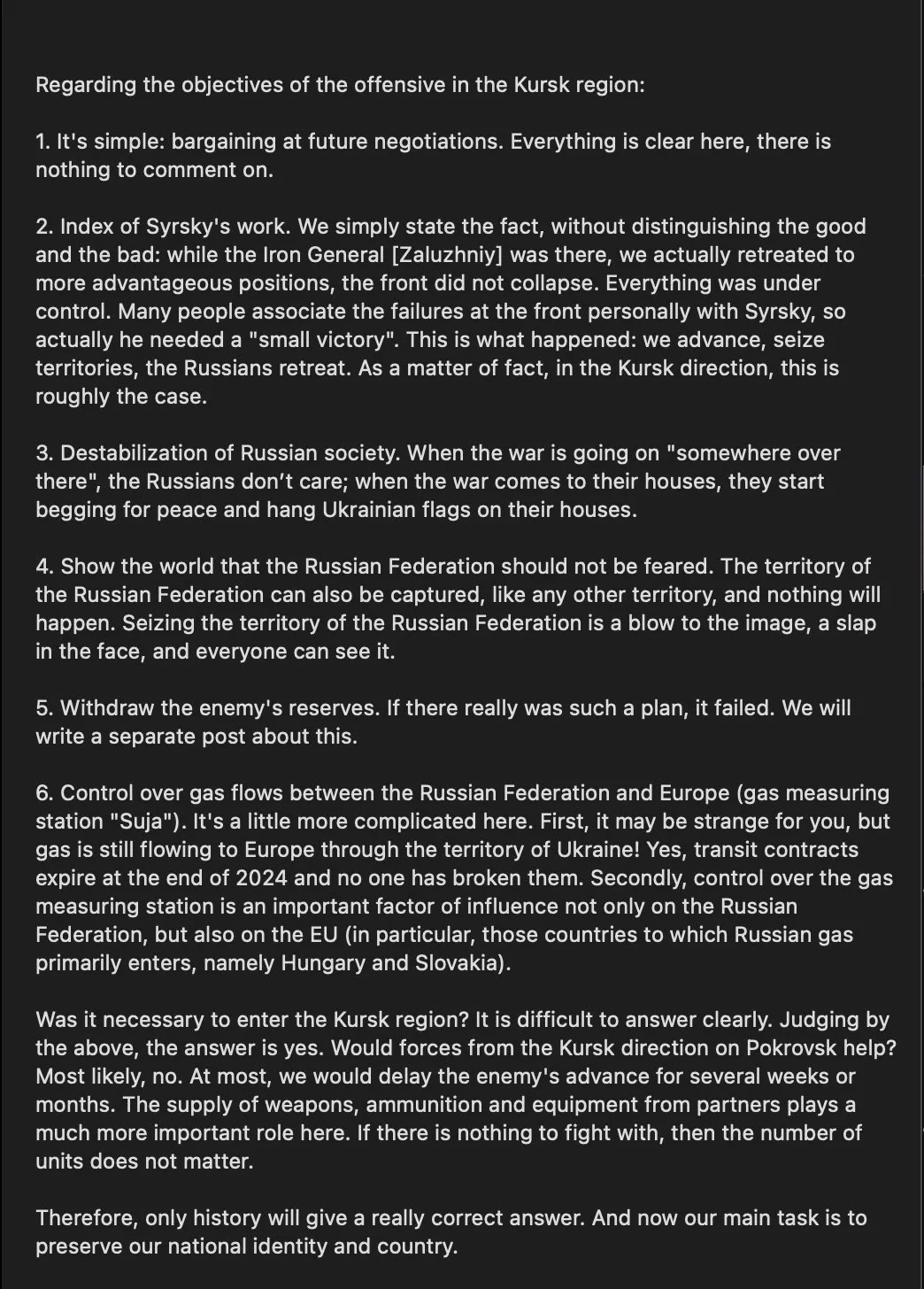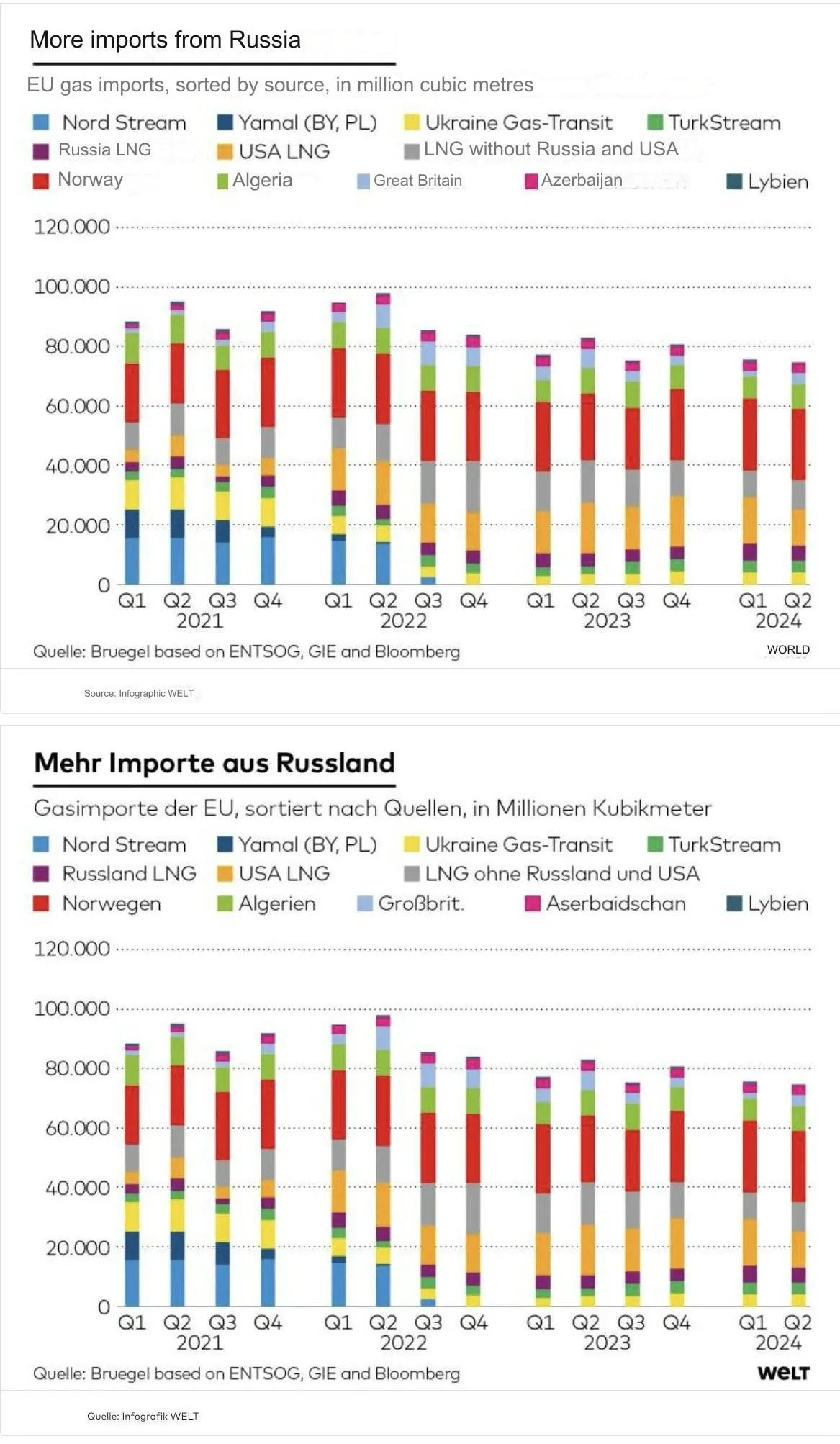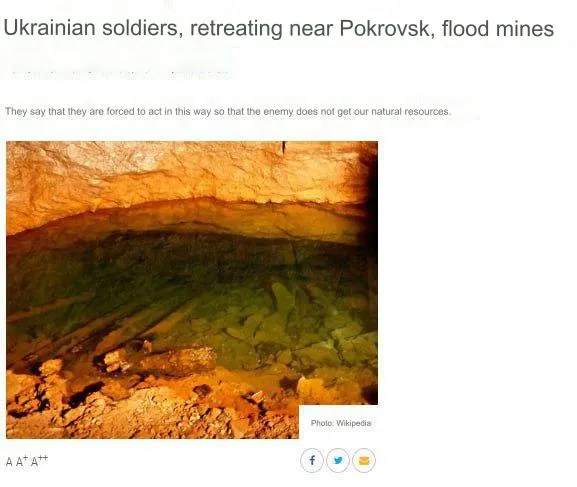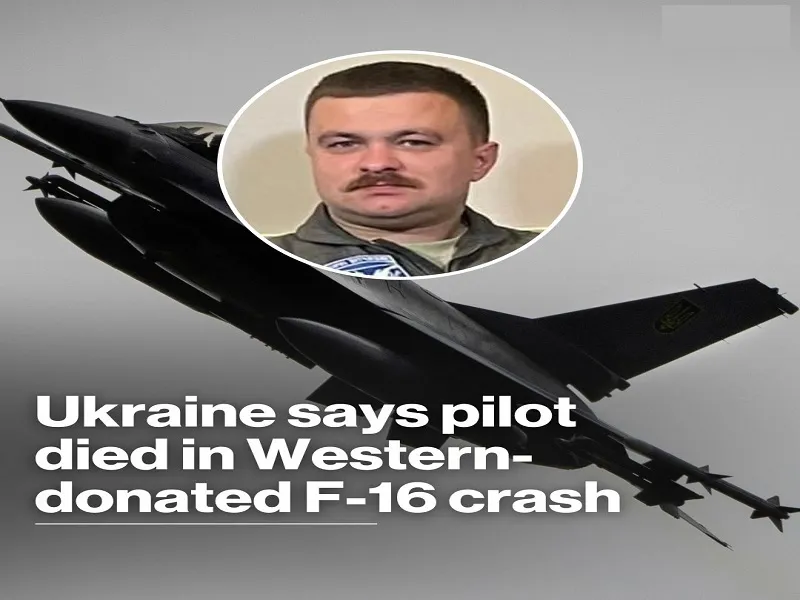Posted by @nsanzo ⋅ 08/26/2024

The latest revelations about the authorship and motives of the attack on Nord Stream have once again highlighted the weakness of Germany's position, which has not only been forced to remain silent in the face of a direct attack, but is also under pressure to continue arming and financing the country that, according to the Western press and secret services, attacked its critical infrastructure. The insistence of Boris Pistorius, Minister of Defence, on the possibility that it was all a false Russian flag, has been of no use, a version that was always a way of clinging to a burning nail and gaining time in the face of evidence that it was not an enemy, but an ally who committed the attack. The certainty with which the press points to Ukraine in the Nord Stream case - a way of exonerating the United States of any doubt that Seymour Hersh's version could have created - has not relieved the pressure that has existed since 2022 on Germany, the former engine of the European Union, treated in these last two and a half years as the weakest link.
Without a grace period following the publication of a lengthy report in which The Wall Street Journal gave a detailed description of how and why the Nord Stream explosions were planned, the pressure campaign against Berlin, which is always being asked for more, seems to have resumed. “Ukraine has a German problem,” ran Bloomberg’s headline last week , not referring to the need to repair relations that may have been damaged by what happened in the Baltic Sea, but instead presenting Berlin as an obstacle to Kiev achieving its goals. “Kiev’s operation in Kursk is not so much directed at the front but at Berlin and other allies,” the article said, adding that “not for the first time, Ukraine is having problems with Berlin’s support,” adding that Ukraine “also has a problem with France, the United States and even the United Kingdom.” It is at them that the latest actions of the Ukrainian Armed Forces are directed. The continuation of the proxy war requires that the quantities of weapons not only do not decline, but that the tendency to escalate continues. Bloomberg 's text is one of many examples of the argument for abandoning the idea of gradually increasing pressure on Russia in favor of a policy that, in practice - although not in rhetoric, which only uses the term escalation for Russian actions - is a step towards total war.
The logic is to take the Ukrainian speech at face value and believe it without any further evidence than the words of an ally. “Zelensky said that the entire Kursk operation would not have been necessary if the allies had lifted restrictions on the use of long-range missiles to attack Russia’s essential weapons assets where they are located, i.e. far from the front lines.” This logic clashes with experience and with the promises that Kiev has made at every turn. Initially, Ukraine demanded long-range missiles to attack Crimea, the most important territory for kyiv, which would fall almost automatically based on making the situation of Russian troops on the peninsula untenable. Ukraine attacked and put out of use for a long period of time the railway connection of the Kerch bridge, the most important part in terms of military supplies. Ukrainian troops managed to get hold of Western missiles with which it would be possible not only to break through the front, but to approach Crimea and endanger Russian control. Months later, with periodic attacks on the peninsula and extensive use of missiles, the situation has not changed. Nor have the promises. Yesterday a representative of Ukrainian military intelligence insisted again that there is a plan for the deoccupation of Crimea and the destruction of the bridge linking the peninsula to mainland Russia, a dream that persists despite evidence that long-range strikes cause losses but are not definitive. That lesson can be applied to the Ukrainian idea that the removal of restrictions on attacks against remote Russian military targets anywhere on Russian territory will mark a turning point in the war, an argument that is nothing more than a reformulation of the miracle weapons idea that has so failed in this war. The reality is that, with intelligence from its allies and long-range weapons, Ukraine can hope to undermine the Russian military effort by increasing costs. Even if kyiv were to force Moscow to limit the use of military bases close to the border, Russia would still have infrastructure at a greater distance, which increases the cost but also limits the effectiveness of hypothetical attacks. Obviously, the greater the distance, the longer the flight time and, therefore, the easier it is for Russian defenses to shoot down such missiles.
However, the argument that permission to use missiles on Russian territory would be the decisive element for Ukrainian victory remains common in the media, with experts and lobbyists insisting that Western restrictions are the reason Ukraine is failing to win the war. “The American ATACMS surface-to-surface missiles and the British, French and German Storm Shadow, SCALP_EG and Taurus cruise missiles, respectively, would allow Ukraine to more effectively destroy bridges, weapons depots and, above all, the airfields from which Russian planes armed with gliding bombs take off,” Bloomberg says , without adding further context or qualifying the effectiveness of Ukraine’s missiles so far. “It’s easy to pick on Germany, the nation that initially only offered Ukraine helmets to defend itself against a full-scale invasion in February 2022,” the article states in the preceding paragraphs. In the task of blaming Ukraine's allies for its inferiority to the Russian army, Berlin is the easiest scapegoat, not only because of Chancellor Scholz's initial reluctance, but also because of its current refusal to send Taurus missiles, with a range capable of attacking even Moscow. It is not a coincidence, but a tool of pressure, that the article mentions German missiles alongside the Western models that Ukraine already has. Although kyiv seems to have temporarily given up its demands on Berlin, at least publicly, those who defend the logic of escalation have not forgotten the refusal of the German head of government. Although Scholz denied at the time that the refusal to send Taurus missiles to Ukraine was due to a lack of confidence in Kiev, suspicions about who had attacked the Nord Stream were already clear. Yet Western media, experts and lobbyists continue to demand that Germany send long-range missiles to the country it suspects of carrying out a terrorist act against its vital infrastructure – a detail that much of the media prefers to forget.
Ultimately, the prevailing theory in the European establishment today is that the attack is justified as an act of justice against Russia and especially against those who opted for the policy of economic rapprochement between the powers of the continent. Czech President Petr Pavel summed up this idea perfectly when referring to what happened in the Nord Stream. “When an armed conflict occurs, not only military targets are attacked, but also strategic ones. Oil pipelines are a strategic target. If the aim of the attack was to stop the supply of gas and oil to Europe and return the money to Russia, then – and I specifically use the term “conditionally” – it would be a legitimate target,” he explained in a recent interview. Everything is justified, even attacking an ally, who must now ensure that the attacker has missiles to further escalate the war.
https://slavyangrad.es/2024/08/26/30450/
Google translator
******
From Cassad's Telegram account:
Colonelcassad
Forwarded from
War Correspondent Kitten
Military expert Boris Rozhin on the main points in the course of the SVO by 21:31 Moscow time on 25.08.2024, especially for the Voenkor Kotenok channel @voenkorKotenok :
1.
Zaporizhia direction.
No significant changes.
Fighting continues north of Rabotino and Verbovoye .
2.
Vremyevsk salient.
Positional battles north and east of Urozhaynoye .
No serious progress.
3.
Ugledar direction.
The Russian Armed Forces advanced to the eastern and southern part of Konstantinovka.
The Russian flag was planted on the southern outskirts.
The control zone in the area of the highway near Vodyanoye has been expanded .
Landings south of Konstantinovka have been occupied .
Minor advancement west of Paraskoveyevka.
4.
Krasnogorovka.
Minor advancement near the southwestern outskirts of the city.
The clearing of the private sector north of the city also continues.
5.
Krasnoarmeyskoye direction.
The Russian Armed Forces control more than 60% of Novogrodovka and about 20% of Grodovka . Novogrodovka , apparently, will come under the control of the Russian Armed Forces in a few days.
Fighting continues in the Vozdvizhenka area.
The Russian Armed Forces are encircling Kalinovo, reaching the flank and rear of the Karlovka group.
The Krasnoarmeysk-Karlovka road is under fire control.
The situation for the Ukrainian Armed Forces here is systematically deteriorating. After the fall of Grodovka and Novogrodovka, we can expect the imminent start of fighting for Mirnograd and Selidovo.
Karlovka will be abandoned by the enemy in the near future due to the threat of encirclement.
6.
Dzerzhinsk.
The Russian Armed Forces continued to advance in Dzerzhinsk itself + occupied the territory between Artemovo/Kirovo and Dzerzhinsk.
Fighting continues for Druzhba and Nelepovka.
Novgorodskoye has advanced to the west of the city.
7.
Chasov Yar.
The Russian Armed Forces continue to expand the bridgehead behind the Seversky Donets-Donbass Canal.
There is also some advancement north of Kalinovka.
In the Kleshcheyevka area, there are no changes after the recent advance.
8.
Seversky salient.
No significant changes.
Fighting continues on the outskirts of Pereyezdnoye and in the Vyemka area.
No changes near Belogorovka and Spornoye.
9.
Krasnolimanskoye direction.
No significant changes.
Positional battles continue in the Serebryanskoye forestry, near Torskoye and near Terna.
10.
Svatovo-Kupyanskoye direction.
The Russian Armed Forces continued to expand their zone of control in the Peschannoye area. Fighting continued on the outskirts of Stelmakhovka and in the center of Makeyevka. The enemy consolidated its recently captured positions near Novovodanoye.
11.
Kharkov direction.
Fighting continued in the area of Glubokoye and Liptsy.
After the recent attack of the Ukrainian Armed Forces on Glubokoye, the situation is again developing in a positional key.
In Vovchansk, the Russian Armed Forces captured a couple more houses in the city center.
12.
Kursk direction.
The enemy continued its offensive, trying to break through at Korenevo, Kauchuk, Verkhnyaya Lokna and in the Martynovka area.
Nowhere did they achieve decisive results, suffering heavy losses.
The Russian Armed Forces, in turn, recaptured Olgovka.
It is too early to talk about stabilization of the situation.
The enemy continues to transfer reserves to the Kursk direction , hoping to reverse the current trends and maintain the pace of the slowing offensive.
In general, the Russian Armed Forces retain the operational initiative in most directions. The most problematic areas are the Krasnoarmeyskoye direction , the Dzerzhinsk area and the Ugledar area.
However, the enemy is betting on the Kursk offensive, hoping to achieve success before the front in the southwestern part of Donbass begins to fall apart.
https://t.me/s/boris_rozhin
Google Translator
******
Ukraine Weekly Update
23rd August 2024
Dr. Rob Campbell
Aug 23, 2024
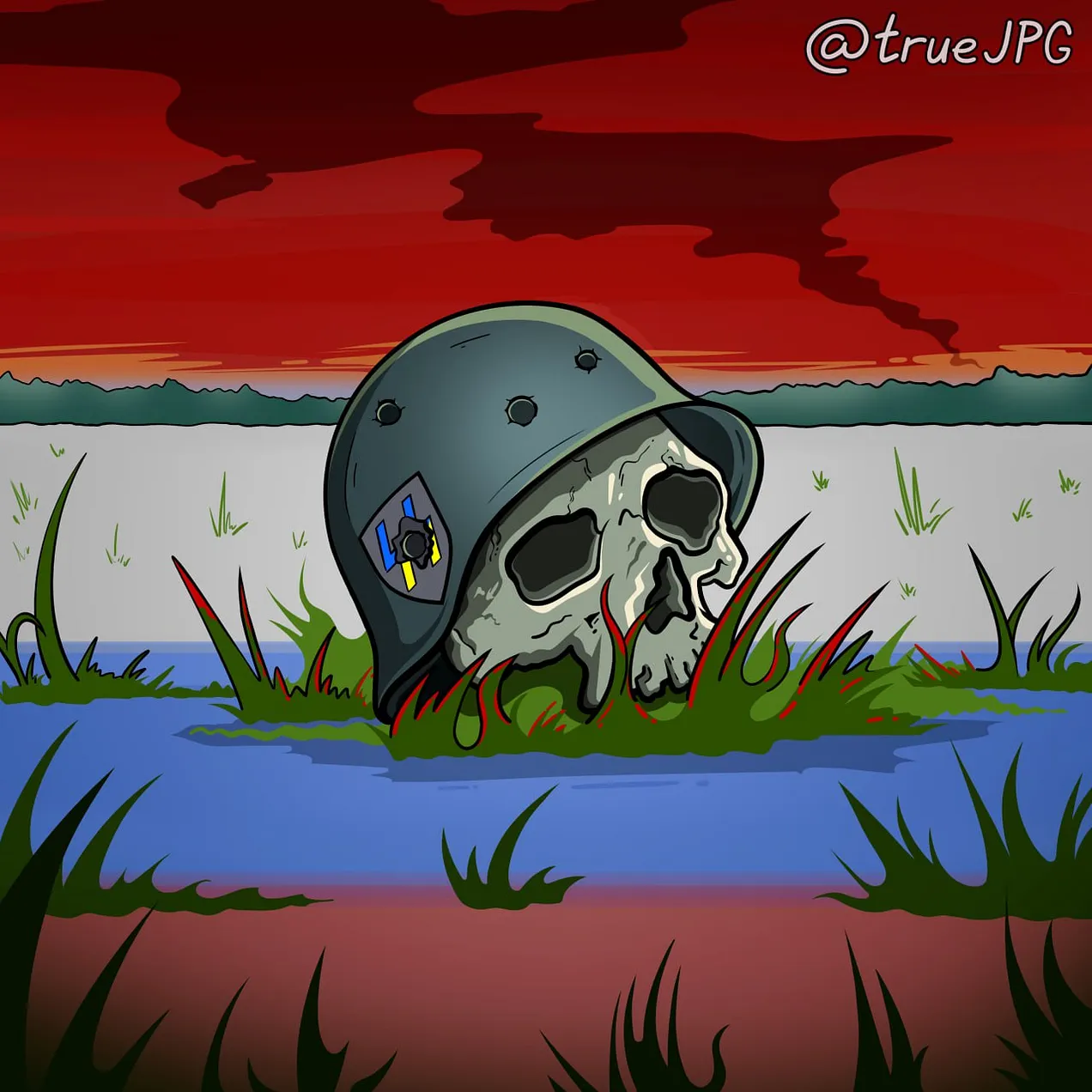
Kursk - beginning of the end?
The ongoing incursion into or ‘invasion’ of Russian soil in Kursk has commanded much attention and prompted much analysis among commentators this week, including b at the MoA (21st August). What was first thought to have been some sort of raid turned out to have been an invasion of sorts since it aimed to retain Russian ground. However, this was not the Napoleon of 1812 or the Hitler of 1941: it was the Zelensky of 2024 and was a reflection of the man and his approach to war. The capture of ground that will continue to cost the Ukrainians dear was sought for a number of reasons but a desire to generate outstanding newspaper headlines such as Russia Invaded! was among them. Zelensky did not have a serious plan to capture vast swathes of Russian territory as Napoleon and Hitler did. But for many Russian people, Zelensky has become the latest in a long line of invaders and they have responded with the unity and determination that Alexander 1st asked of them more than 200 years ago (see below). The weakening of other sectors of front arising from this misadventure is already becoming evident as Pokrovsk, in particular, is on the verge of a very costly collapse.
<snip>
General Alaudinov - Kursk Battle Will End in Three Months
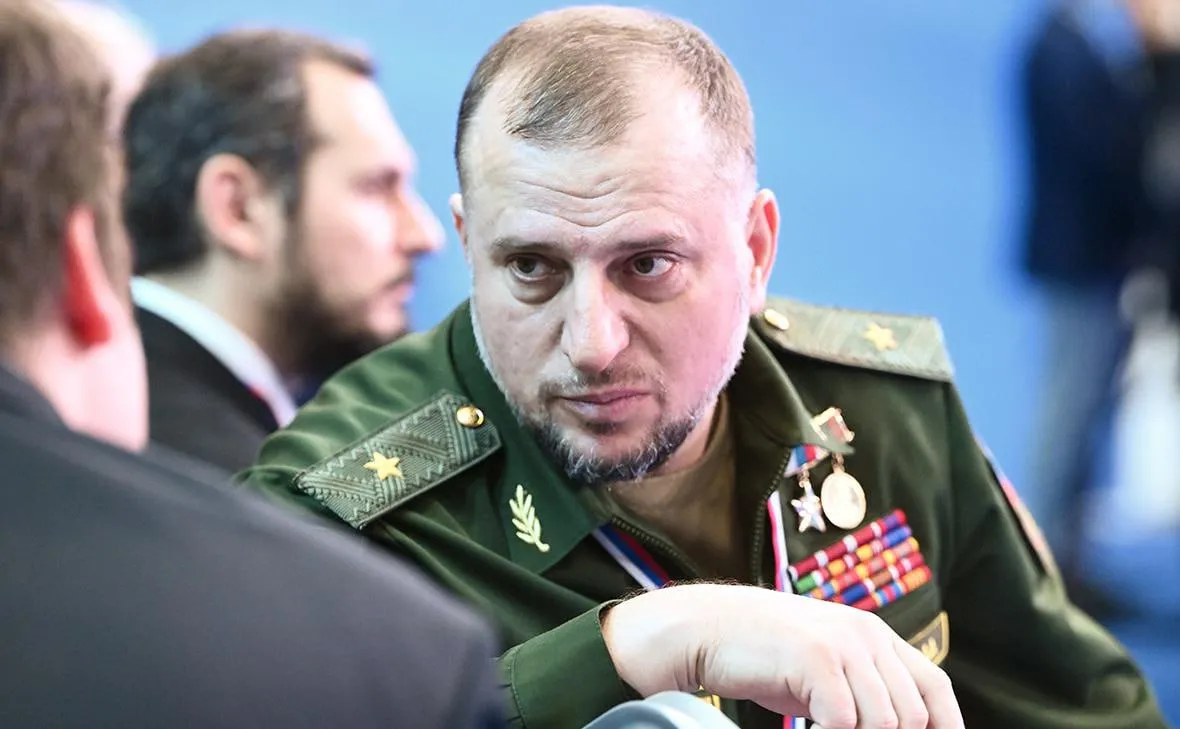
We will smash them all before Christmas - you’ll see.
Major General Apti Alaudinov claims that the war in Kursk and the entire north-east military district will end in two-three months - or so he told a Chinese war correspondent.
Putin Visits Azerbaijan
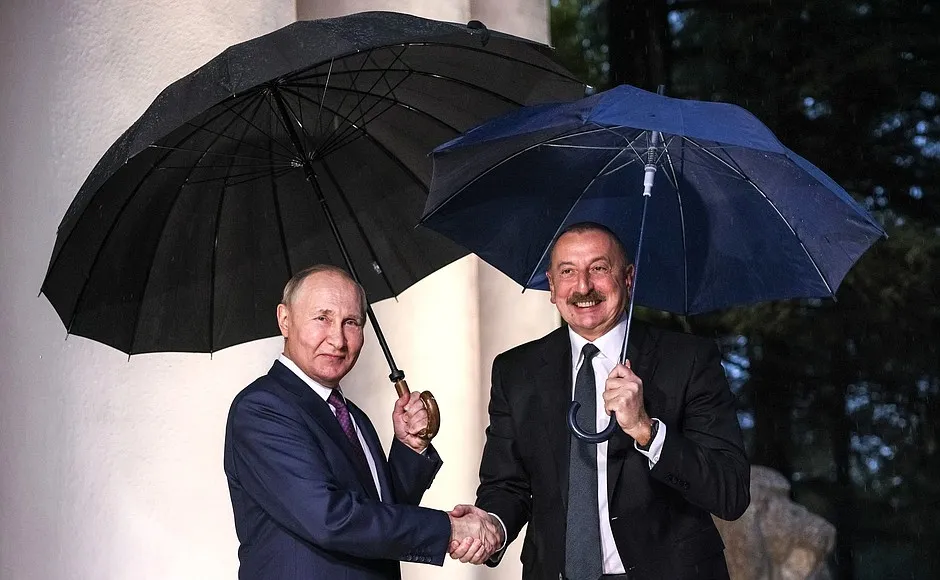
Firm friends - whatever the weather (from a year ago)
This is the first time a Russian President has visited Azerbaijan and is a sign that Putin wants closer relations with President Aliyev and his country - according to RT. Azerbaijan is considering becoming a full member of the SCO and BRICS.
Russia Will Retaliate Against Polish Interference
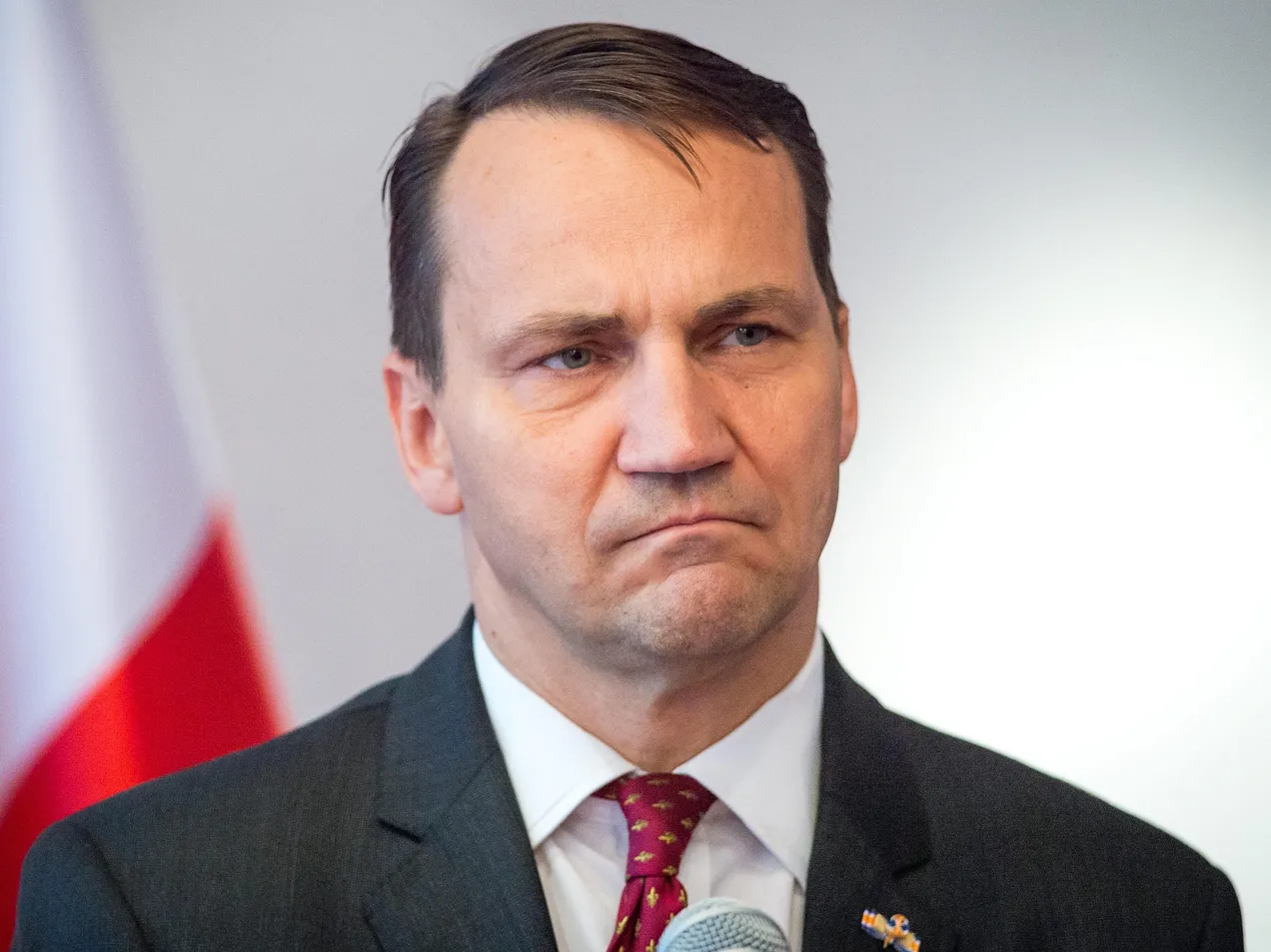
Scowling Sikorski
Polish Foreign Minister, Radoslaw Sikorski, has said that Poland is considering whether to shoot down Russian missiles over Ukraine. Oleg Tyapkin, Russian Foreign Ministry Spokesman has warned that the Russian response would be ‘adequate and specific’, according to Sputnik. It seems to me that Poland and many other Western countries should be considered as combatants in consequence of their current level of involvement. Maybe the Russians are ignoring this because they are trying to avoid escalation. I don’t think Poland is seriously considering such a dangerous move: this is all huffing and puffing imv.
Can I suggest Mr. Sikorski, that if you are a trainer outside the ropes of a boxing arena and reach into the ring to punch your fighter’s opponent then you have become a participant in the contest. Therefore, you can expect the fighter you have just punched to trade a blow or two with you. To me, Sikorski’s position appears cowardly in a sense. It is definitely not brave to punch an opponent in the knowledge that he will not hit back. If Russia does retaliate, I have no idea whether an attack on Poland under such circumstances would lead to further escalation. But Putin has to tell Poland and the West that if Poland intervenes in this way, Russia will attack Polish (and NATO) territory.
Deluded Podolyak
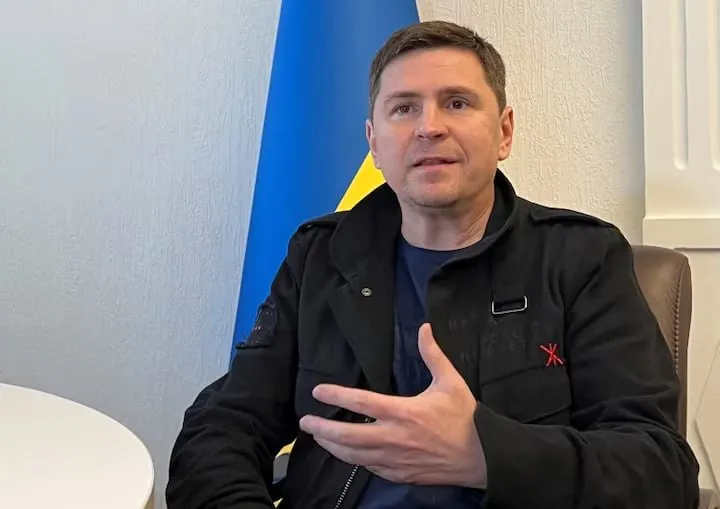
You just have to believe!
Zelensky adviser, Mykhailo Podolyak, ‘strongly believes’ that the capture of settlements in Kursk will force Vladimir Putin to the negotiating table. In truth, the Kursk incursion has hardened the hearts of Putin and the Russian people who will be determined to evict the Ukrainians from their territory by force, not by talking. And who can blame them.
If this was poor old Ukraine attacking a predator which had tormented it, striking at its weak underbelly (i.e. defenceless civilians in Kursk) - then some would offer some sympathy. But reality is so, so different. In the years following the CIA led Maidan coup, Ukraine, militarily bloated by NATO, attacked those oblasts that did not want illegitimate rule from Kiev in which they, their language and their culture would be suppressed. So, the Militias of the DPR and the LPR fought off their oppressors for years before the Russians intervened militarily. The people in the DPR and the LPR are the good guys, not the Ukrainians. I’m summarising.
However, the situation has now changed fundamentally because the conflict is no longer between the breakaway oblasts and Ukraine: it is between Russia and NATO - at a military level - and between Russia (as part of the emerging MPWO) and the decaying Uni-Polar World Order. This latter can best be represented by the current decrepit ‘leader’ of the unfree world. Sleepy Joe represents both the decay and the decadence of the West. This corrupt, sleazy man who appears to take an unnatural interest in children’s hair, and ice cream: arrogant beyond his abilities and sadly deteriorating in his faculties - is - the decaying US Empire - personified.
EU Countries Refuse To Send Refugees Into a War Zone
Zelensky has been trying to persuade European countries to send back men of military age but they have refused to send refugees back into a war zone. For some countries this is a self-interested move since they have come to rely on Ukrainian labour.
Did Kursk ‘Invasion’ Derail Partial Ceasefire?
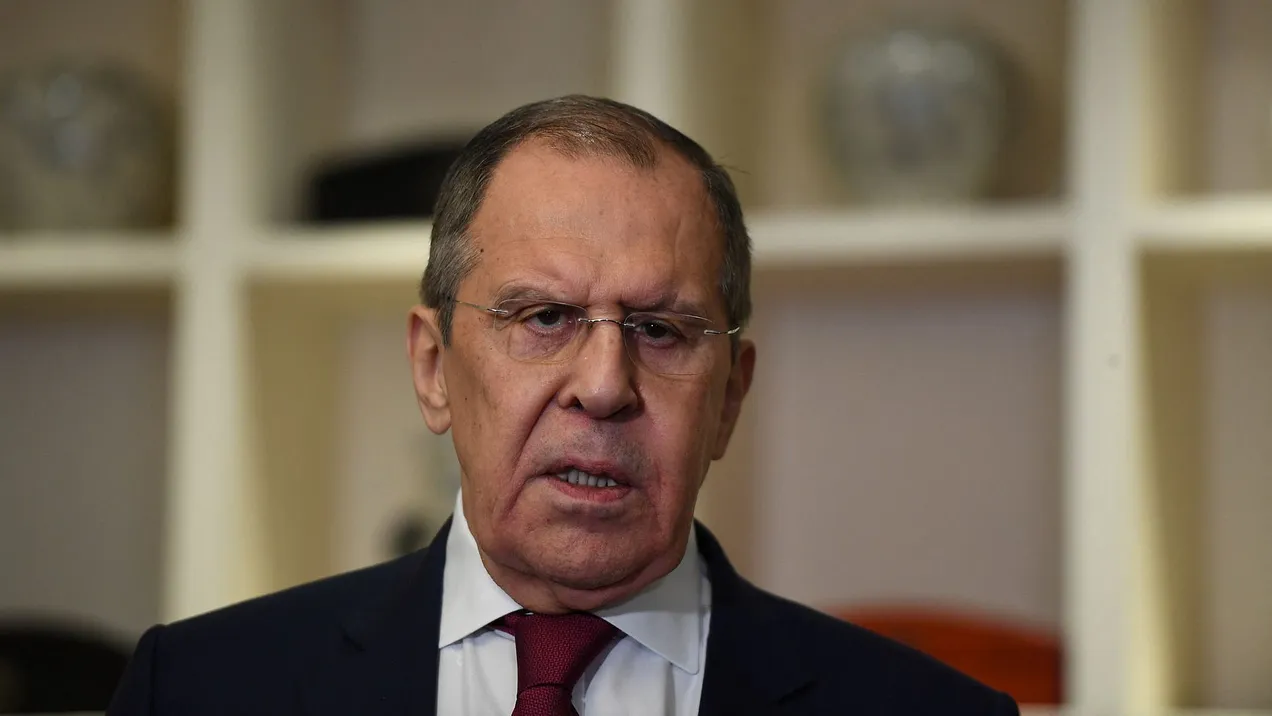
‘Negotiations with Ukraine are excluded’ - Lavrov
The Washington Post is claiming that prior to the Kursk incursion, Qatar was facilitating talks between Russia and Ukraine on a partial ceasefire that would have seen both sides refraining from attacks on energy infrastructure. If agreement had been reached on this, Ukraine may have made it through another winter. However, the Kursk incursion ended Russian interest in talks or so it is alleged. b from the MoA writes about this on 17th August. Maria Zakharova has denied that any such negotiations have taken place regarding strikes on infrastructure. I have to say that I find it hard to believe that the Russians would negotiate with Ukraine but it is possible that Zakharova was not in the loop or maybe she has been asked to deny the claims.
b from the MoA explored this issue in an article (19th August). It is possible, he says, that the UK became involved in the Kursk incursion without US approval (in order to lengthen the war) and that revelations about the Qatar talks were made by the US as a slap on the wrist to the UK and Ukraine. But I’m not convinced that the Qatar talks took place. The allegations/revelations of Ukrainian involvement in Nord Stream that came from the Germans may have been ordered by the US for the same reason. But b points out that it is not credible that the US did not know about the incursion - and I agree. If the UK were able to act independently of the US, this would say much about American leadership in this crisis or the crisis of American leadership. But I am convinced that the UK acted - as always - on US instructions. Of course, I could be wrong. Simplicius provides some detailed analysis here.
Sergei Lavrov has made it clear that: ‘After the invasion of the Armed Forces of Ukraine into the Kursk region, negotiations with Ukraine are excluded’.
Ukraine To Create Buffer Zone In Kursk
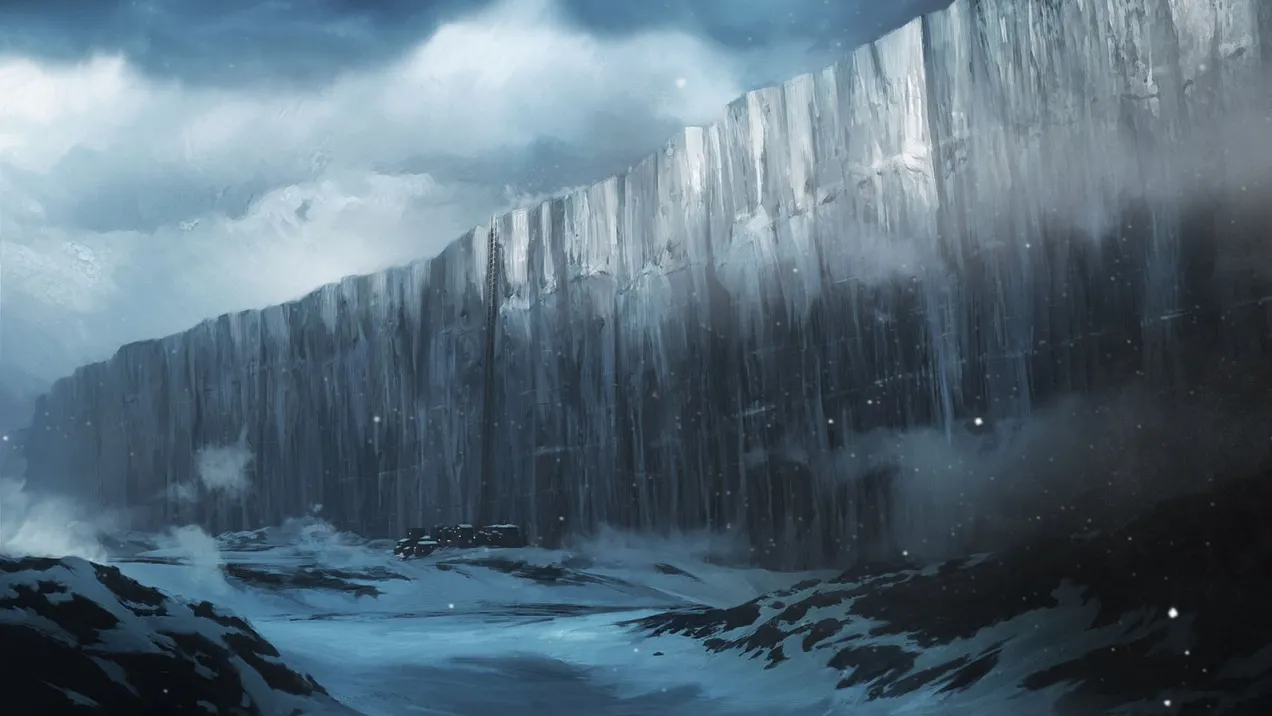
Proposed wall for the ‘buffer zone’ - but will it ever be built?
If you have failed miserably in all the objectives you claim to have been aiming at - and wish to avoid criticism and ridicule, all you need do is change your objectives. This is what the once great Z, wishing to be great again, has done. Forget about the Kursk NPP, forget about pulling Russian troops from the Donbass and so on: the real purpose of the costly Kursk offensive was to create a buffer zone - which is something Zelensky believes is a legitimate and achievable objective towards which he can reasonably ask the West for money and materiel. I wonder, does anyone believe him?
Z Criticises Britain
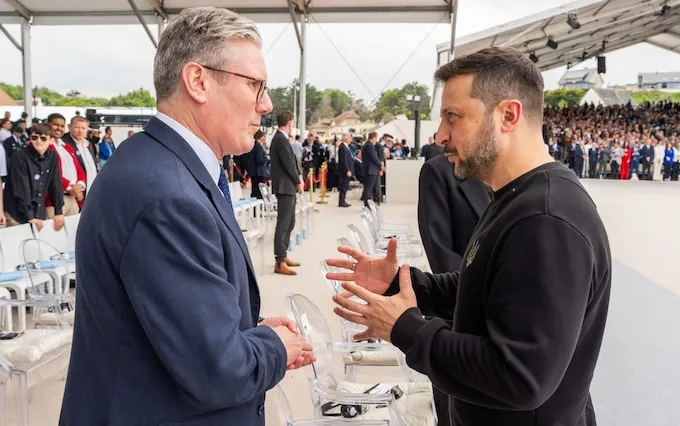
I really need to smash Russian supermarkets, pal - you know, squash them like that.
Zelensky has become very critical of Britain for refusing permission to use its Stormshadows to attack Russian territory - according to a Ukrainian source. It seems that sleepy Joe Biden hasn’t yet given his permission. RT reports on the matter here.
UK Trained Kursk Terrorists
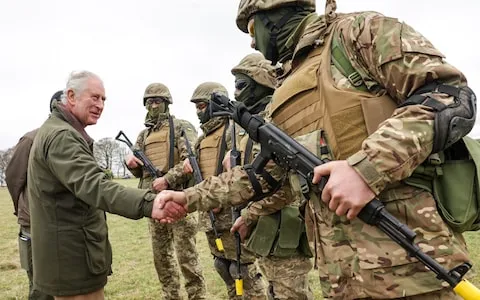
Ukrainian troops in the UK - greeted by the king. Fascist sympathies are not unheard of in the Windsor family.
British newspaper the Times has reported that Ukrainian soldiers were trained in Britain to assault high rise buildings in preparation for the Kursk attack - according to RT.
Kursk NPP Could Be Attacked
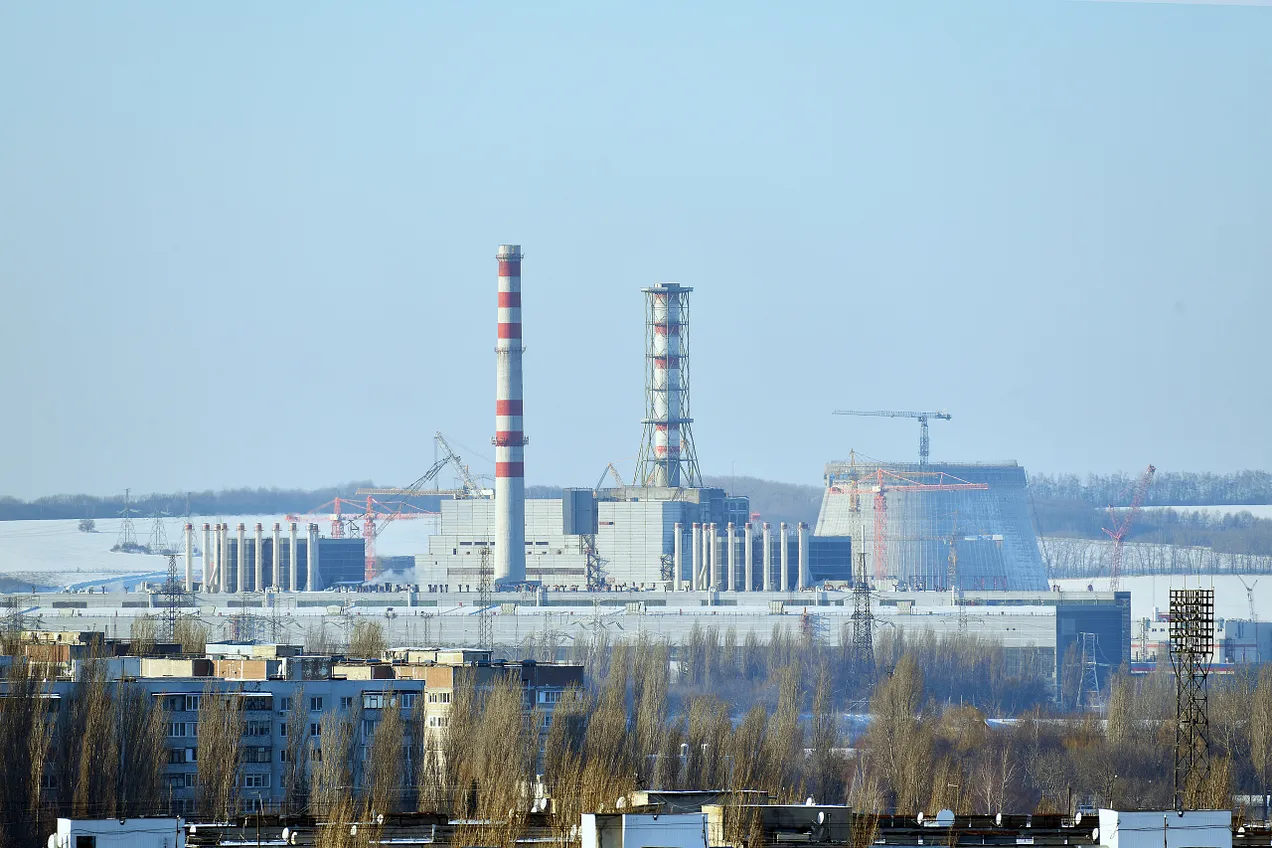
Russian intelligence services claim to have evidence that an attack on the Kursk Nuclear Plant is being planned. This is quite scary because such an attack could result in another Chernobyl. You can read more at RT. By way of reassurance, they say that the plant is well protected by air defence.
Alex Christoforou made an interesting observation in this connection when he criticised the IAEA for failing to see that ‘Ukraine is trying to cause a nuclear meltdown’. And that is a very real possibility - though I believe Russian air defences are up to it - cross fingers.
<snip>
Plots Thicken
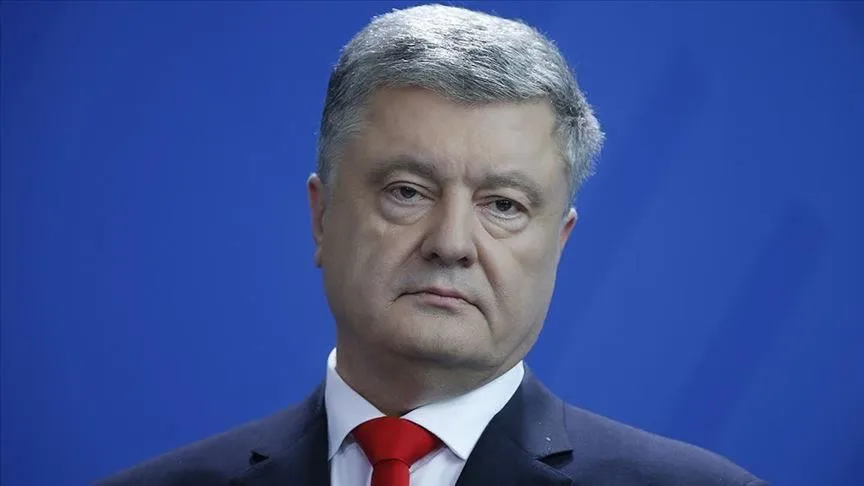
Poroshenko - part of a power struggle?
Ukrainian Telegram Channel rezident is reporting that Rada Minister and former PM Petro Poroshenko is preparing a campaign against Zelensky and Yermak accusing them of betraying the country by opening the Kursk offensive thereby allowing the Russians to conquer the Donbass. Another Ukrainian source claims that Zelensky will deny that Kursk was his idea and blame it all on Syrsky. It is also claimed that Zelensky ordered the offensive to make sure that negotiations would not take place. In that sense, he has been successful.
Bezuglaya Still Chasing Syrsky
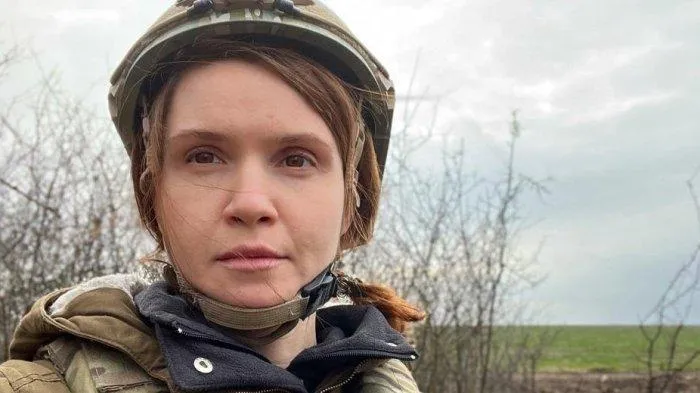
I reported some weeks ago that Rada deputy Mariana Bezuglaya (pictured) was being very critical of General Syrsky and it appears that the Kursk operation has given her the opportunity to dig the knife in a little deeper.
Our units are withdrawing from the parts of the DPR that are under the control of Kiev, leaving the entire front lines at the mercy of fate. Ammunition is not being delivered there and the Russians are passing through empty fortification. It seems as if we are giving Donetsk region away.
Toretsk and Pokrovsk will soon yield and it’s all Syrsky’s fault, she said. She is not alone in believing that the Donbass will fall once the Russians capture Pokrovsk. Some Ukrainians are not optimistic that Pokrovsk can hold out and reports of manpower/equipment shortages and refuseniks are multiplying.
The People Fight Back
Ivano-Frankovsk
The people of Ivano-Frankovsk (West of Kiev) are fighting back against mobilisation by blocking the road in front of a bus carrying ‘recruits’ to the Ukrainian Hades. You can see some brief footage here if you have Telegram.
Ternopil
In Ternopil, the TCC attempted to kidnap a man but local people intervened, saving the man from almost certain death/mutilation. You can see some footage here courtesy of legitimniy. The Ukrainians are saying that such incidents have become commonplace.
Kiev
On the 22nd August, Kiev residents blocked the streets and demanded that their men be returned from the front. You can see some footage here. Many troops have not been rotated in over a year. On the 23rd August, a Ukrainian soldier’s care was burned down. You can see footage here.
Ukraine Bans Canonical Ukrainian Orthodox Church
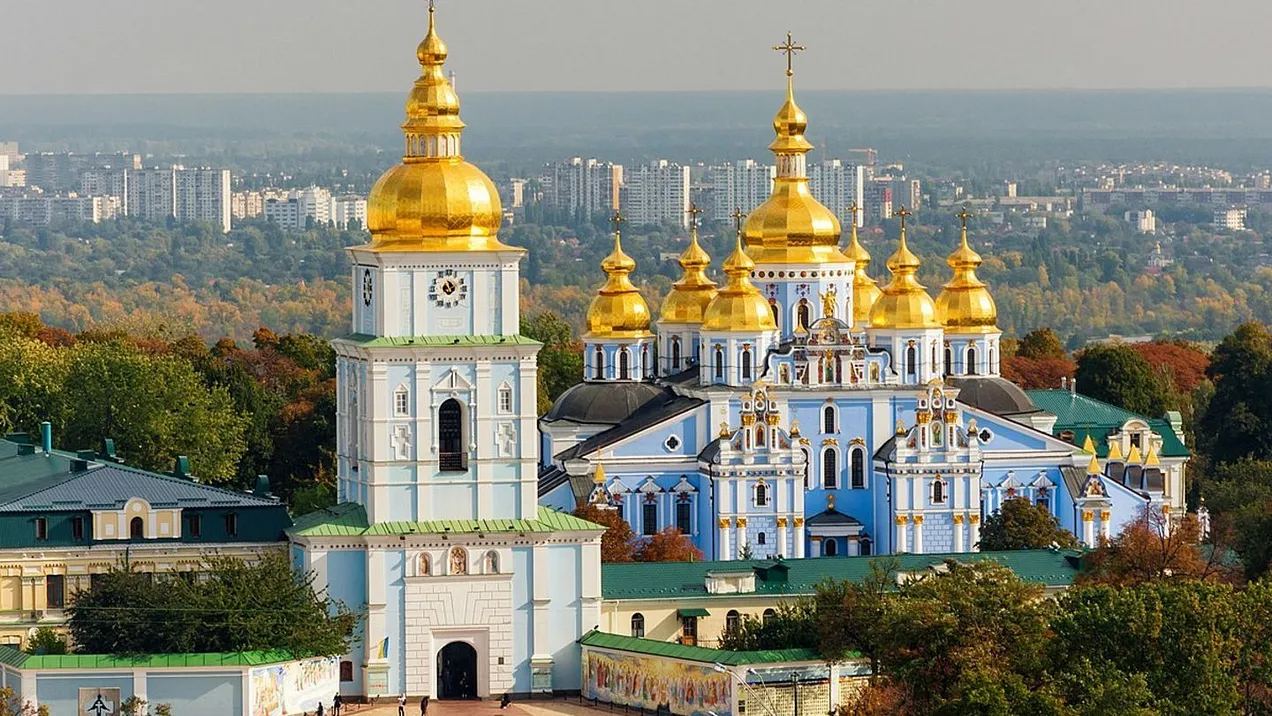
St. Michael’s Cathedral - Kiev
This church is closely associated with the Russian Orthodox Church so the Ukrainian parliament voted to ban it by 322 votes to 265. Maria Zakharova said that this amounts to the beginning of the end for Christian Orthodoxy in Ukraine. According to one report, this law breaks articles 11, 24 and 35 of the constitution. You can read more detail here. The move has attracted criticism from many Christians - especially in Italy.
Tuberculosis in Ukrainian Army
A Ukrainian source has reported that TB is becoming a huge problem in the army, due in part to the practice of sending sick people to the front. The situation is expected to get worse in the autumn.
Ukraine Taking Hostages in Kursk
I have seen a number of reports of Ukrainian forces taking civilian hostages in Kursk region. You can see some footage here. The Ukrainians who filmed themselves taking hostages were later captured and subjected to re-education by Chechen troops as you can see here. Some hostages have been taken to Sumy, according to this report.
Ukraine Food Prices to Rise in Fall
A Ukrainian source has warned that food prices will rise considerably this autumn with bread rising by 40%. Some commodities will rise by 50%.
(Much more at link,)
https://robcampbell.substack.com/p/ukra ... update-1b0
******
Kursk: Fighting Russia to the Last Ukrainian
Posted by Internationalist 360° on August 24, 2024
Brian Berletic
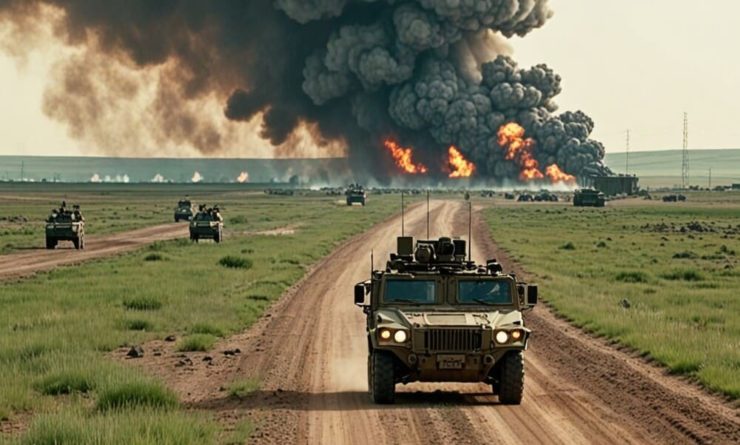
Kursk: Fighting Russia to the Last Ukrainian In the lead up to the Ukrainian military’s incursion into Russia’s Kursk region, even Western headlines were dominated by reports of Ukraine’s gradual demise. Ukraine is admittedly suffering arms and ammunition shortages, as well as facing an unsolvable manpower crisis. Russia has been destroying Ukrainian military power faster than Ukraine and its Western sponsors can reconstitute it.
Western headlines have also been admitting the scale on which Russia is expanding its own military power as its Special Military Operation (SMO) continues into its third year.
While the launch of Ukraine’s incursion into Kursk has diverted attention away from Ukraine’s collapsing fighting capacity, the incursion itself has not only failed to address the factors leading to this collapse, it is already accelerating it.
Politico in an August 15, 2024 article titled, “As Kyiv makes gains in Kursk, Russia strikes back in Donetsk,” cites the spokesman of Ukraine’s 110th Mechanized Brigade who would admit, “since Ukraine launched the Kursk offensive I would say things have become worse in our part of the front. We have been getting even less ammo than before, and the Russians are pushing.”
The same article would also cite “Deep State,” a mapping project Politico claims is “close” to Ukraine Ministry of Defense, claiming, “over the past 24 hours, Russia occupied the villages of Zhelanne and Orlivka and made advances in New York, Krasnohorivka, Mykolaivka and Zhuravka in Donetsk.”
Thus, while Ukraine claims gains in Kursk, it comes at the expense of territory everywhere else along the line of contact.
Because of the nature of the fighting in Kursk where Ukrainian forces have come out from behind extensive defensive lines and are operating out in the open, they are suffering much greater losses than Ukrainian units being pushed back along the line of contact, according to even the Western media.
Superficial Success, Strategic Suicide
Despite this reality, the Western media has invested heavily in depicting Ukraine’s Kursk incursion as a turning point in the fighting.
CNN in its August 15, 2024 article, “Russia appears to have diverted several thousand troops from occupied Ukraine to counter Kursk offensive, US officials say,” attempts at first glance to portray the Ukrainian operation as having successfully diverted Russian forces from the front lines.
Buried deeper in the article, however, CNN reveals that whatever troops Russia is moving are relatively insignificant compared to the number of Russian forces still fighting along the line of contact primarily in Kherson, Zaporozhye, the Donbass, and Kharkov.
In the short-term, experienced forces utilized as a mobile reserve are likely being moved to Kursk until Russian reserves within Russia itself can be sufficiently mobilized and moved to the area of fighting. The vast majority of Russia’s forces not only remain along the actual line of contact, they continue making progress at an accelerated rate.
The same CNN article would quote US officials, saying:
Some officials also raised concerns that Ukraine, which one western official said has sent some of its more experienced forces into Kursk, may have created weaknesses along its own frontlines that Russia may be able to exploit to gain more ground inside Ukraine.
“It’s impressive from a military point of view,” the official said of the Kursk operation. But Ukraine is “committing pretty experienced troops to this, and they can’t afford to lose those troops.”
“And having diverted them from the front line creates opportunities for Russia to seize advantage and break through,” this person added.
Buried under optimistic headlines across the Western media regarding this latest incursion is an ominous truth – that an operation aimed at humiliating Russia, boosting morale, and raising the political, territorial, and military costs for Russia, has only brought Ukraine deeper into its growing arms, ammunition, and manpower crisis.
Toward what end does an incursion accelerating the collapse of Ukraine’s fighting capacity serve?
Washington’s, Not Kiev’s Ends
CNN would also attempt to convince readers that the Kursk incursion took the US itself entirely by surprise. This is untrue.
The United States, following its political capture of Ukraine in 2014, admittedly took over Ukraine’s intelligence networks. These are the same networks that would have been required to organize this most recent incursion.
A New York Times article, “The Spy War: How the C.I.A. Secretly Helps Ukraine Fight Putin,” not only admits to the CIA’s role in training, shaping, and directing Ukrainian intelligence operations, but also admits to a network of CIA bases along the Ukrainian-Russian border and the fact that the CIA stood up covert military units specifically for crossing over into Russian territory and conducting operations there.
The CIA and other US military and intelligence agencies have been involved in Ukrainian military operations leading up to and all throughout the duration of Russia’s SMO. The Washington Post admits that the US worked with Ukraine to “build a campaign plan” ahead of the failed 2023 Ukrainian offensive.
It is inconceivable Ukraine moved multiple brigades of manpower and equipment, including US-European trained soldiers and Western military equipment to Sumy where the Kursk incursion was launched without Washington’s involvement, let alone without Washington’s knowledge.
Why then did the US organize such an incursion, one admittedly overstretching Ukrainian forces already crumbling under the growing weight of Russian military power? Why, amid Russia’s strategy of attrition, have US planners decided to launch an incursion that will accelerate the loss of Ukrainian manpower, arms, and ammunition it does not have to spare?
In a much wider geopolitical context – Washington’s geopolitical context – the incursion helps raise the cost of victory for Russia in Ukraine as the US seeks to place pressure on and overextend Russia elsewhere within and along its borders.
Years before the SMO even began, as far back as at least 2019, US policymakers openly sought to draw Russia into a costly conflict in Ukraine, just one among many other proposals meant to overextend Russia.
The RAND Corporation in its 2019 paper “Extending Russia” would explain the benefits of “providing lethal aid to Ukraine,” stating:
Expanding U.S. assistance to Ukraine, including lethal military assistance, would likely increase the costs to Russia, in both blood and treasure, of holding the Donbass region. More Russian aid to the separatists and an additional Russian troop presence would likely be required, leading to larger expenditures, equipment losses, and Russian casualties. The latter could become quite controversial at home, as it did when the Soviets invaded Afghanistan.
Ukraine’s incursion into Kursk has – at a minimum – raised the political cost of Russia’s ongoing SMO. This most recent incursion into Kursk almost certainly had hoped to reach the Kursk Nuclear Power Plant, just 35 kilometers beyond the furthest extent the incursion has reached as of this writing. Had Ukrainian forces reached the power plant, the price would have been even higher.
In many ways, however, the Kursk incursion has created a much greater strategic dilemma for Ukraine that it has for Russia. While it has unfolded on the wrong side of the border, the outcome is the same as the Kharkov front Russia opened earlier this year.
Regarding the Kharkov front, the New York Times in its May 2024 article, “Facing Russian Advance, a Top Ukrainian General Paints a Bleak Picture,” would admit, “the Russian attacks in the northeast are intended to stretch Ukraine’s already thin reserves of soldiers and divert them from fighting elsewhere,” and that, “the Ukrainian army was trying to redirect troops from other front-line areas to shore up its defenses in the northeast, but that it had been difficult to find the personnel.”
By committing thousands of Ukrainian troops and large amounts of Ukraine’s best military equipment to an incursion into Kursk, it is creating the same overextension of its own forces Russia had created in Kharkov last May, but with the added complication of needing to extend logistics and other means of supporting Ukrainian operations beyond Ukrainian territory itself.
The same RAND Corporation paper proposing to draw Russia into a costly conflict with Ukraine would also discuss the consequences this conflict would have for Ukraine itself, explaining:
…such a move might also come at a significant cost to Ukraine and to U.S. prestige and credibility. This could produce disproportionately large Ukrainian casualties, territorial losses, and refugee flows. It might even lead Ukraine into a disadvantageous peace.
The plan from the very beginning was to lure Russia into a costly conflict in the hopes of precipitating a Soviet-style collapse, but at the expense of Ukraine’s own survival. Thus, what we see unfolding in Ukraine today is simply the consequences predicted by the RAND Corporation in 2019.

Pope Francis, Aug. 2024. Photo: X/ @Malek65At
August 25, 2024 Hour: 9:23 am
‘Let those who want to pray do so in the church they consider their own,’ he said.
On Sunday, Pope Francis demanded that no Christian church be abolished “directly or indirectly” in Ukraine following the approval of a law that prohibits ties with the Moscow Orthodox Patriarchate.
“Churches must not be touched,” declared the Argentine pontiff after the recitation of the Sunday Angelus from the window of the Apostolic Palace.
Francis acknowledged before the faithful gathered in St. Peter’s Square that he continues to “follow with sorrow the fighting in Ukraine and the Russian Federation” and expressed his concern “for the freedom of those who pray” following “the recently approved regulations in Kyiv.”
“Anyone who truly prays, prays for everyone. No harm is done by praying, and if someone commits harm against their people, they will be guilty of that, but they cannot have done wrong by praying. Therefore, let those who want to pray do so in the church they consider their own… Please, let no Christian church be suppressed directly or indirectly. Churches must not be touched,” Francis said.
Zelensky signs law threatening ban of Ukraine’s largest Christian church
The bill outlaws any religious organizations considered to have ties to Moscowhttps://t.co/sqwWZ04btB pic.twitter.com/9i2VBxhl7W
— RT (@RT_com) August 25, 2024
On August 20, the Ukrainian Parliament approved a law that prohibits the operation of religious organizations with strong ties to Russia, paving the way for a possible ban on the activities of the Orthodox Church.
The law will come into effect 30 days after the Parliament publishes the text. From that moment, parishes of the Ukrainian Orthodox Church of the Moscow Patriarchate will have a period of nine months to sever ties with the Russian Orthodox Church.
The goal of the Ukrainian authorities is to advance what has been termed “Spiritual Independence” and cut ties with Patriarch Kirill, who yesterday appealed to Pope Francis for support for the Ukrainian Orthodox Church.
President Volodymyr Zelensky, however, views the church linked to Moscow as an appendage of the Kremlin aimed at weakening the Ukrainian cause and promoting pro-Russian ideology.
https://www.telesurenglish.net/pope-fra ... n-ukraine/
(File under 'Plausible Deniability'. Proly been in the Jesuit Game Plan for the last 400 years at least...)
******
The Czech President Shared Some Interesting Insight Into The Ukrainian Conflict
Andrew Korybko
Aug 26, 2024
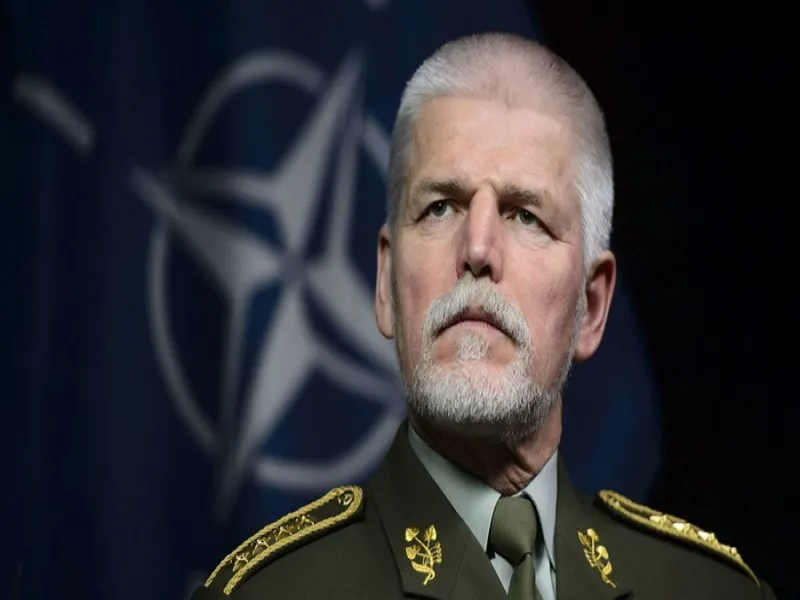
Pavel’s former high-ranking position in NATO imbues him with deep insight into Western military-strategic thinking, which is why his interview is worth reviewing.
Czech President Petr Pavel, who previously served as the Chair of the NATO Military Committee and is among the bloc’s staunchest anti-Russian hawks, was recently interviewed about the Ukrainian Conflict. Some of what he said has already made headlines, such as his defense of the Nord Stream bombing and proposal to let Ukraine join NATO without first regaining control of its pre-2014 borders, but other parts of his interview that weren’t widely reported are pretty important too. Here are the top five takeaways:
----------
* Pipelines, And by Extension Other Infrastructure, Are Legitimate Targets
Pavel’s defense of the Nord Stream bombing was predicated on his explicitly stated view that “Product pipelines have always been and will be a target because they have the potential to influence the conflict in one direction or another.” Extrapolating from this, it can therefore be said that suspected acts of Russian sabotage in Europe against military-industrial and other targets are also legitimate for that same reason related to influencing the course of the conflict, though the West will never acknowledge this.
* Unspecified Russian Partners Are Allegedly Arming Ukraine In Secret
It was earlier reported that Pakistan and Sudan, whose relations with Russia could become strategic if an energy and naval base deal are respectively clinched, are among the countries that are allegedly arming Ukraine in secret. Although Pavel didn’t namedrop them, he still claimed that some Russian partners are indeed involved in this trade but don’t want to ruin their ties, which is why he rejected his interlocutor’s request to release more information about the ammo that Czechia is procuring from abroad for Ukraine.
* The Ukrainian Conflict Might Continue Raging For A Few More Years
Pavel is of the opinion that the Ukrainian Conflict won’t end for at least a few more years when both sides supposedly realize that neither is capable of achieving their maximum objectives. The US, the EU, and China could then make significant contributions to the peace process. This reveals that the West expects a prolonged conflict, the peace process will be internationalized to an extent, and China has a role to play in that regard, with the innuendo being that the West expects it to pressure Russia.
* The West Already Knows That A Compromise Of Some Sort Is Inevitable
The prior rhetoric about Ukraine’s maximum victory that characterized the first year and a half before its failed counteroffensive was conspicuously absent from Pavel’s interview and replaced with him explaining why a so-called “just peace” is an “illusion” in his words. He instead expects that “we will very likely be talking about Russia occupying a part of Ukrainian territory for a long time”, with the West’s aim only being for “Ukraine to liberate as much of its territory as possible” before peace talks resume.
* The West German Precedent For Joining NATO Could Be Applied To Ukraine
The most significant part of Pavel’s interview was when he explained how the West German precedent of joining NATO without first restoring control over the borders that it claims as its own could be applied towards Ukraine in the event that the conflict freezes. The only real difference that this would make after the slew of “security guarantees” that Ukraine reached with NATO states though is that it could – but wouldn’t automatically – lead to them dispatching troops if hostilities with Russia were to re-erupt.
----------
Pavel’s former high-ranking position in NATO imbues him with deep insight into Western military-strategic thinking, which is why his interview was worth reviewing. It wasn’t a surprise that he defended the Nord Stream bombing or expects the conflict to last a few more years, but few could have foreseen that he’d admit that a compromise is inevitable and then propose the West German precedent for Ukraine joining NATO. Russia must therefore be careful that future talks don’t make this a fait accompli.
https://korybko.substack.com/p/the-czec ... nteresting













